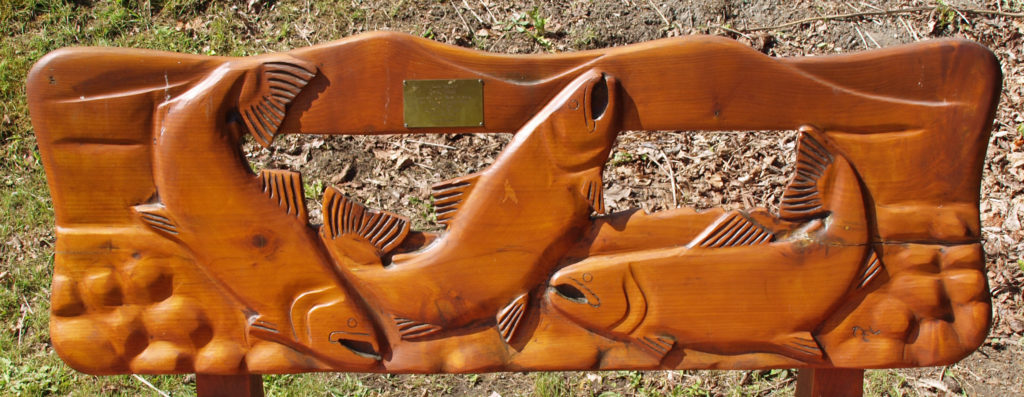 Gig Harbor, Washington is located on Puget Sound near Tacoma. My first visit came only about five years ago. At the time it was one of the few towns on Puget Sound that I had not explored. I had heard testimonials to the town’s charm. And charming it is, at least the historic downtown along the waterfront. Like Poulsbo and other small Puget Sound communities, it is the historic center and waterfront that draws visitors to the town. Away from the waterfront, Gig Harbor is like most other small towns and suburbs in the Puget Sound area – almost certainly a nice place to live, but not much reason to visit. But the historic downtown is most definitely worth visiting. I don’t know why I had never visited before, but my wife and I have returned to Gig Harbor several times since that first visit, and I’m sure we will be back again soon. It has become one of our favorite places in Washington.
Gig Harbor, Washington is located on Puget Sound near Tacoma. My first visit came only about five years ago. At the time it was one of the few towns on Puget Sound that I had not explored. I had heard testimonials to the town’s charm. And charming it is, at least the historic downtown along the waterfront. Like Poulsbo and other small Puget Sound communities, it is the historic center and waterfront that draws visitors to the town. Away from the waterfront, Gig Harbor is like most other small towns and suburbs in the Puget Sound area – almost certainly a nice place to live, but not much reason to visit. But the historic downtown is most definitely worth visiting. I don’t know why I had never visited before, but my wife and I have returned to Gig Harbor several times since that first visit, and I’m sure we will be back again soon. It has become one of our favorite places in Washington.
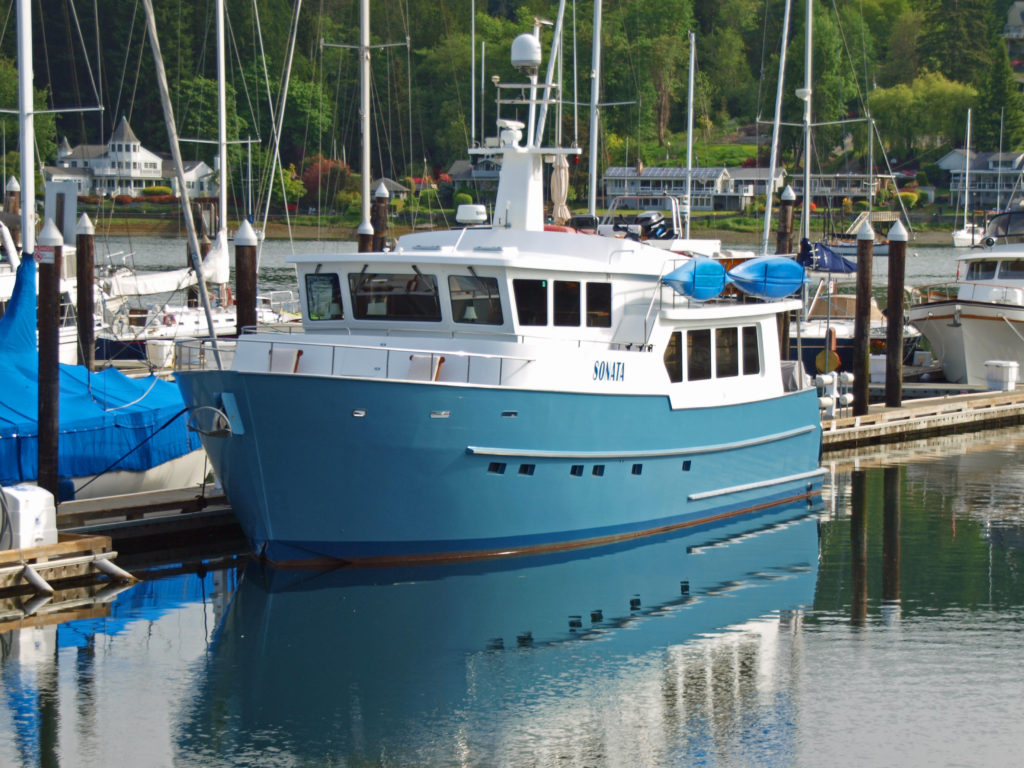
Once a small fishing village, Gig Harbor is now a bedroom community of nearby Tacoma. In the 1950s and 60s, new development in the area began to threaten the historic character of the area as the town developed after the Tacoma Narrows Bridge was built. However, city leaders steered most of the new development away from the harbor area. Today, Gig Harbor’s waterfront is an attractive and charming commercial district that blends modern aesthetics with the area’s historic and cultural heritage.
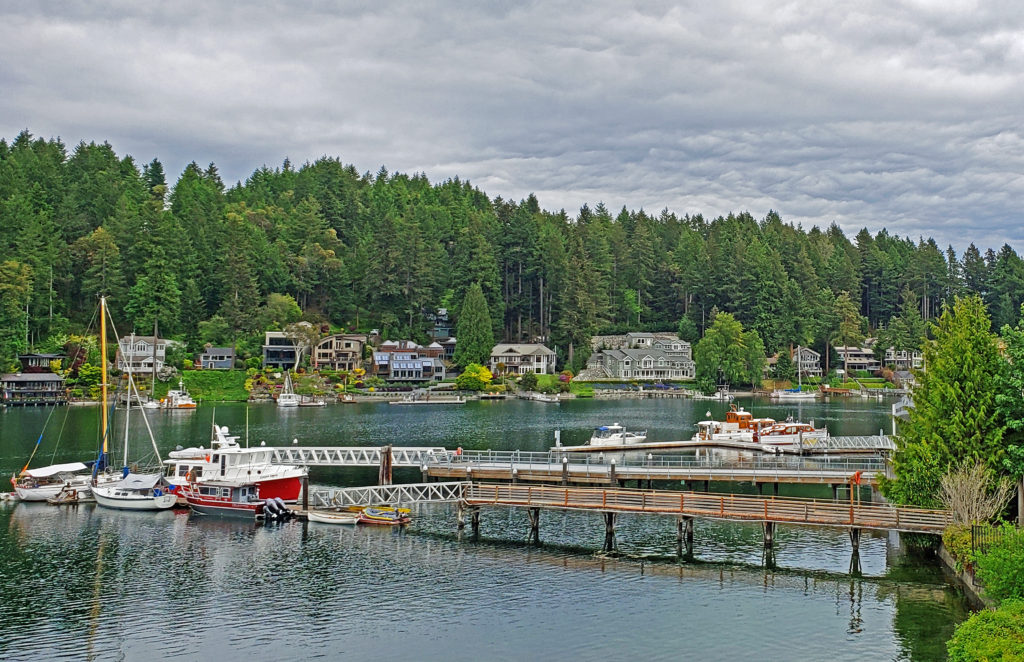
The history of Gig Harbor dates back to 1840, when Captain Charles Wilkes steered his “captain’s gig” into the sheltered bay during a heavy storm. The following year he published a map of the Oregon Territory, naming the bay Gig Harbor.
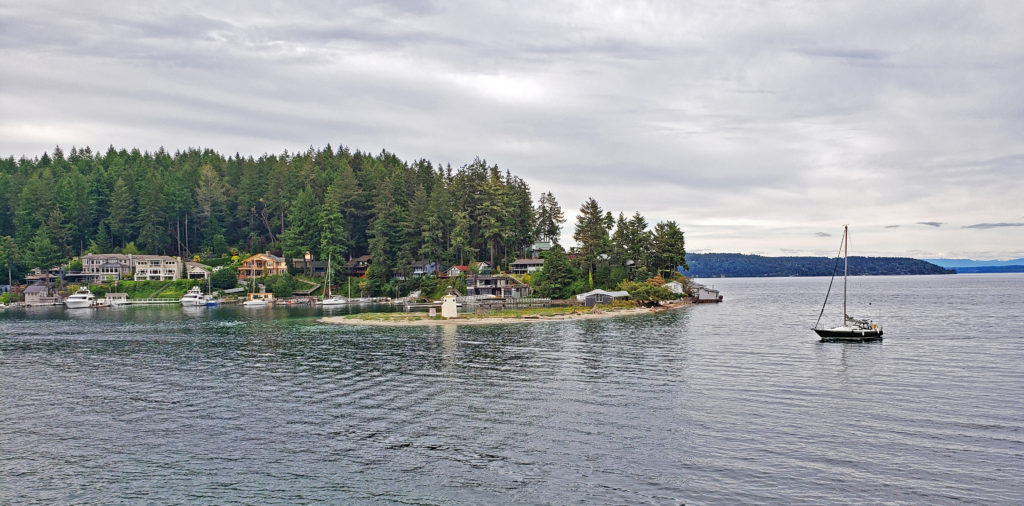
The Gig Harbor area was settled after the Civil War by Scandinavian and Croatian immigrants. In addition to commercial fishing, boat building and logging were also important components of Gig Harbor’s early economy. Among the prominent boat builders were the Skansie Brothers, who built the regions first gasoline powered fishing boat in 1905. The Skansie Netshed and House, home of Andrew and Bertha Skansie, is on the National Register of Historic Places.

When you arrive in Gig Harbor, park your car downtown (parking is free, but you need to get there early on summer weekends), and take a walk along the waterfront. The Skansie Netshed and House is located in Skansie Brothers Park. Maritime Pier, Jersich Dock, Ancich Park, and Eddon Boat Park are other spots where you can access the waterfront.
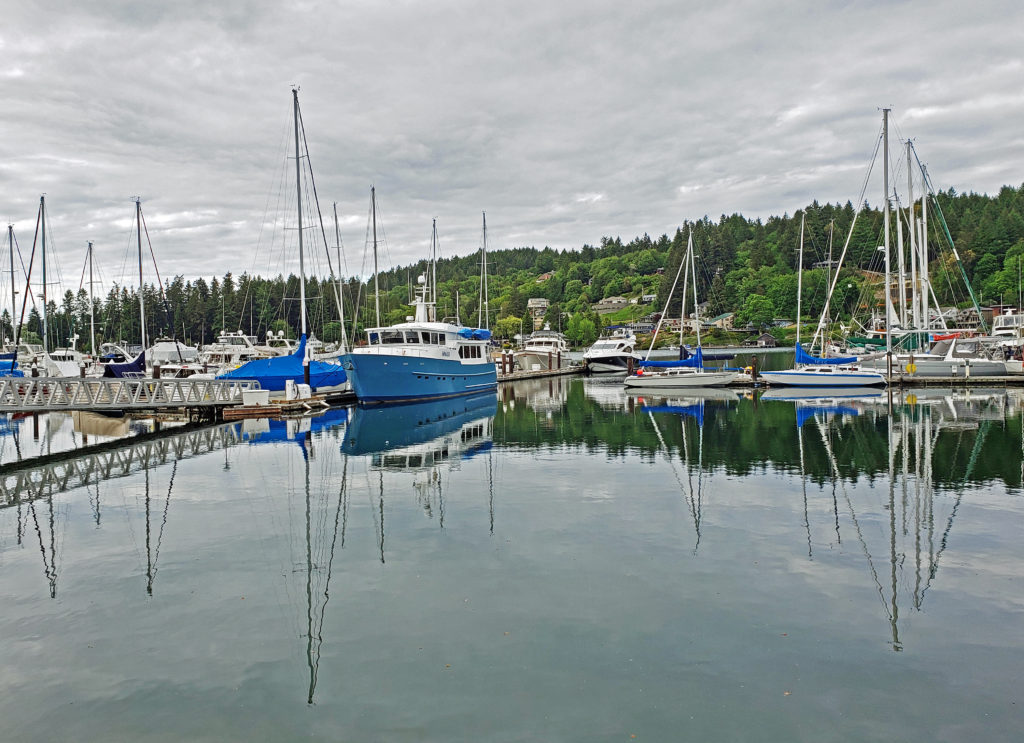
At the head of the bay, check out the Harbor History Museum. You can learn much more about the history and heritage of the Gig Harbor area there and see the Shenandoah, a 65-foot wooden purse-seiner built in 1925, that is being restored at the museum.
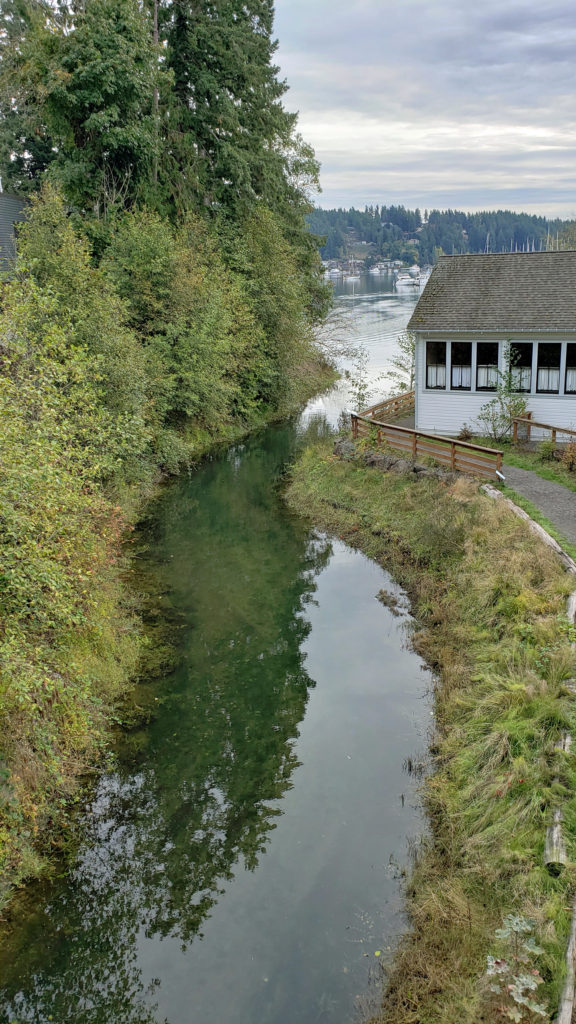
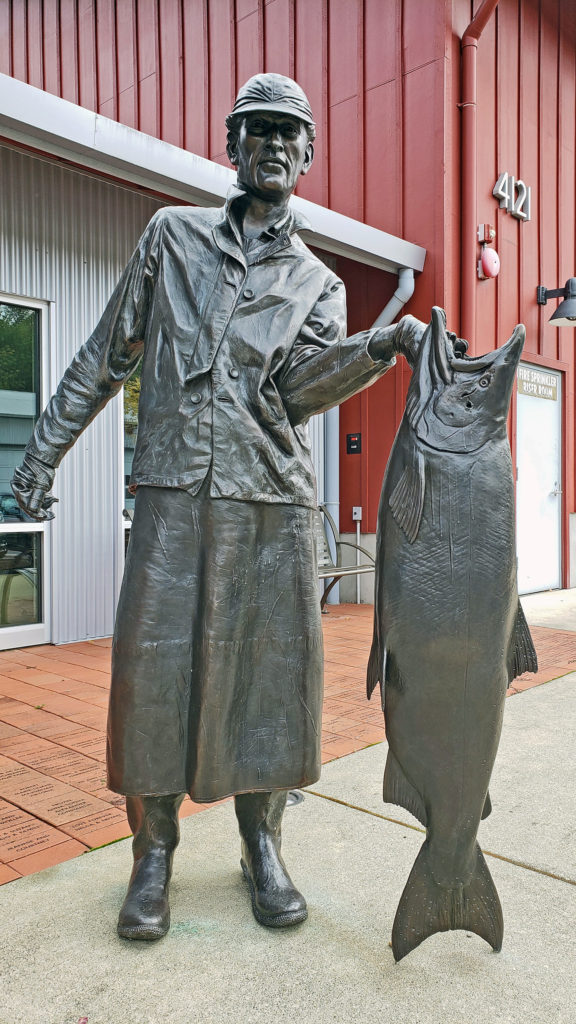 The museum is located where Donkey Creek flows into the harbor, and when the salmon are spawning you can watch them swimming upstream from viewing platforms in Donkey Creek Park, across Harborview Drive from the museum.
The museum is located where Donkey Creek flows into the harbor, and when the salmon are spawning you can watch them swimming upstream from viewing platforms in Donkey Creek Park, across Harborview Drive from the museum.
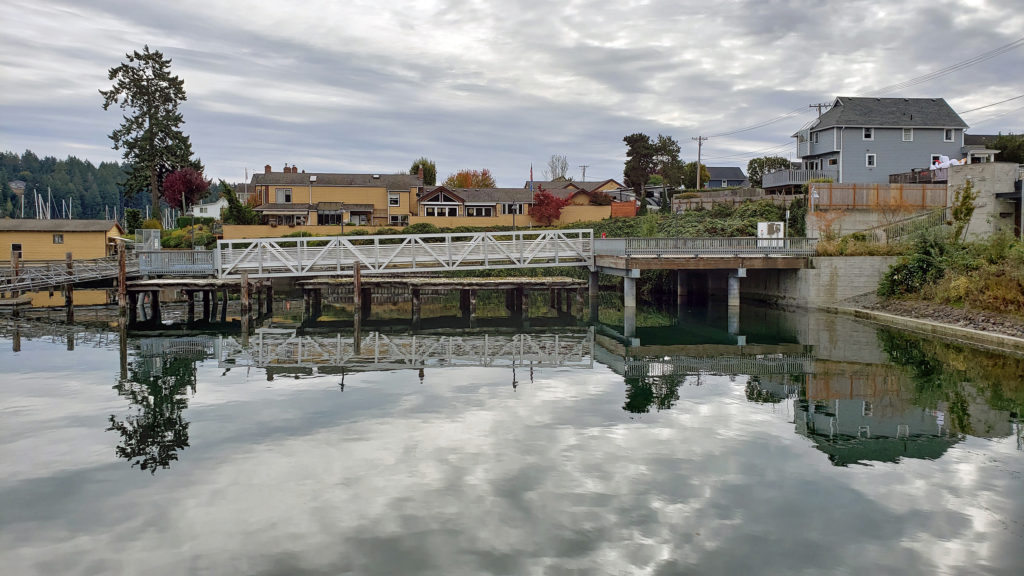 Tourism is more important than fishing to Gig Harbor’s economy today, but a small fishing fleet still exists and is still important to the cultural identity of the town. On the first weekend of June each year, during the Maritime Gig Festival, the fleet gathers in the bay for a Blessing of the Fleet ceremony.
Tourism is more important than fishing to Gig Harbor’s economy today, but a small fishing fleet still exists and is still important to the cultural identity of the town. On the first weekend of June each year, during the Maritime Gig Festival, the fleet gathers in the bay for a Blessing of the Fleet ceremony.
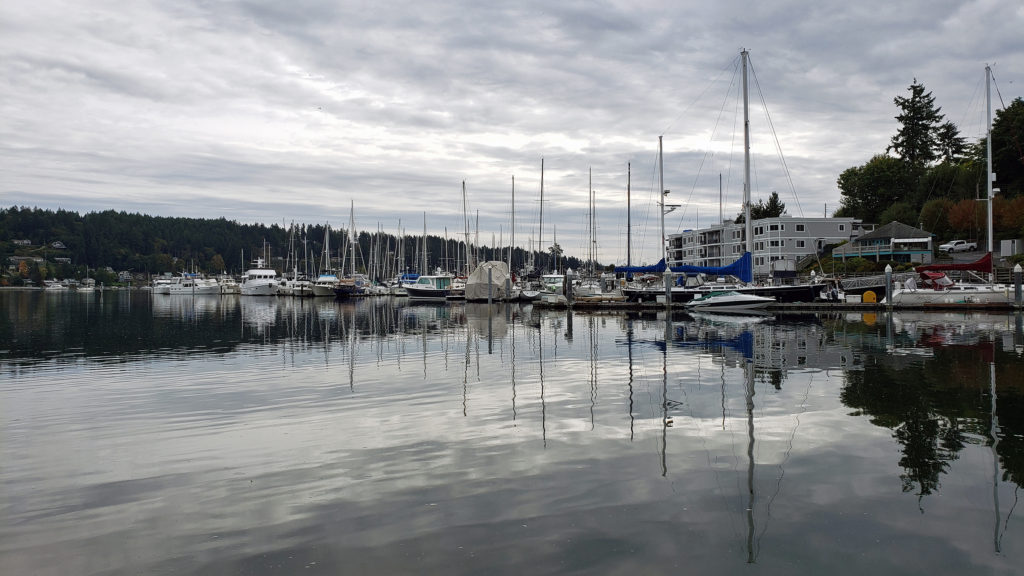 Getting out on the water is both great fun and a way to view the waterfront from a different perspective. You can rent kayaks, stand-up paddle boards, and electric boats at Gig Harbor Boat Rentals, if you’re so inclined.
Getting out on the water is both great fun and a way to view the waterfront from a different perspective. You can rent kayaks, stand-up paddle boards, and electric boats at Gig Harbor Boat Rentals, if you’re so inclined.
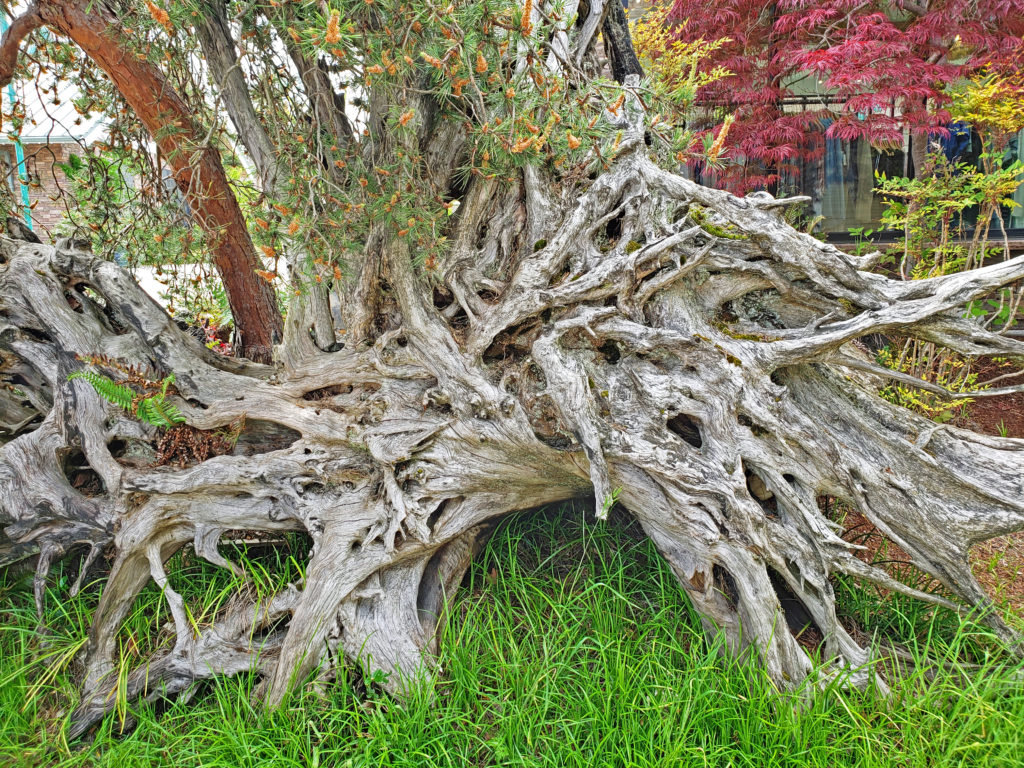 If you’re thinking about paying Gig Harbor a visit, a good place to start is the Gig Harbor Guide. It offers useful information on the history of the town, accommodations and dining options, and a detailed calendar of events.
If you’re thinking about paying Gig Harbor a visit, a good place to start is the Gig Harbor Guide. It offers useful information on the history of the town, accommodations and dining options, and a detailed calendar of events.
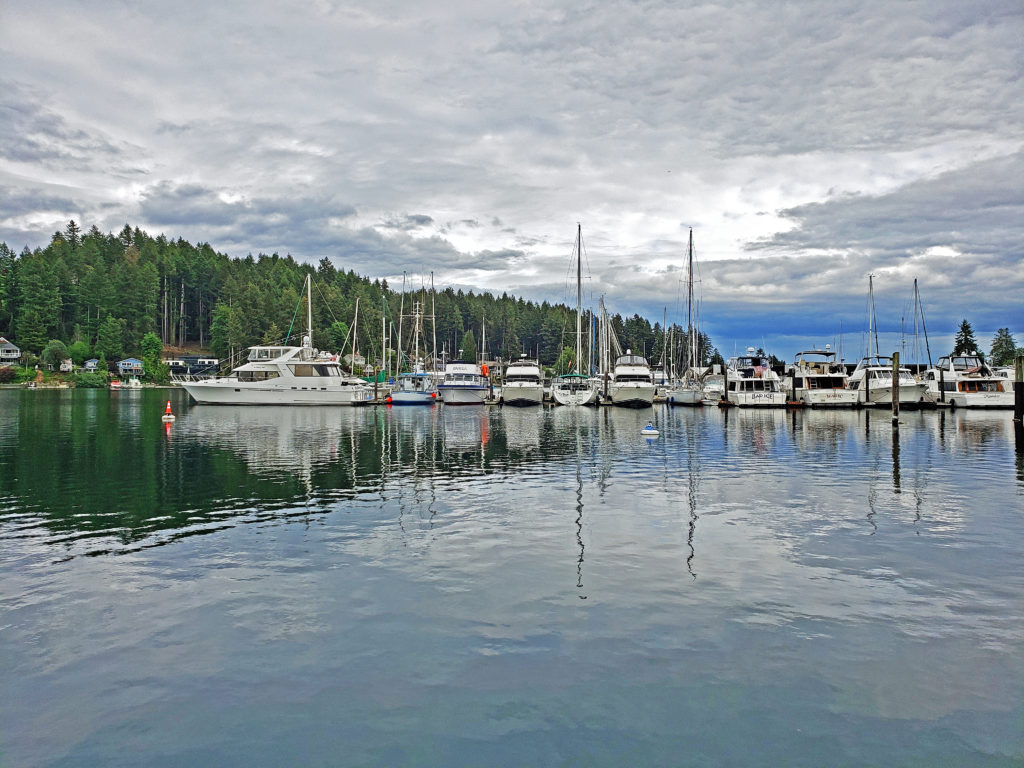
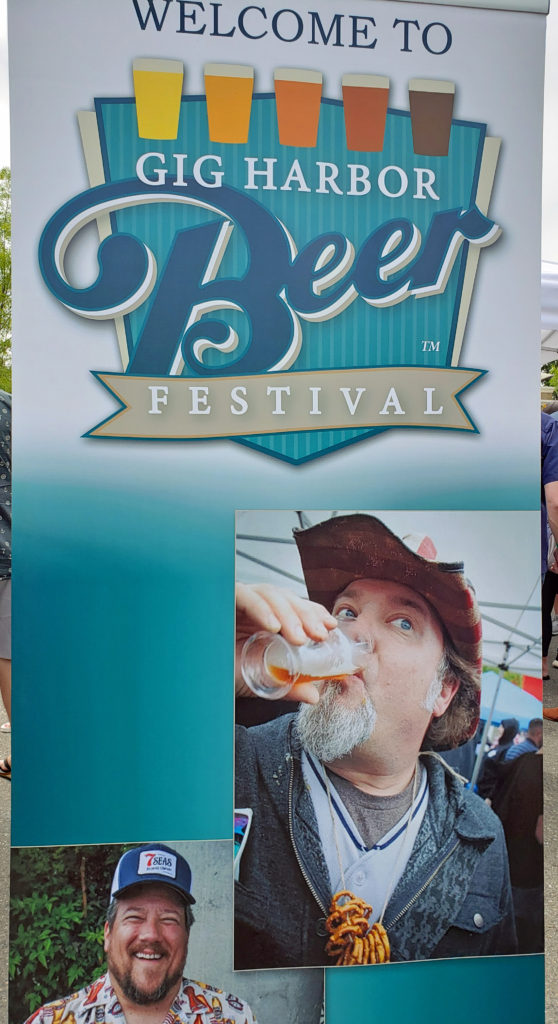 My wife and I timed our first visit to coincide with the Gig Harbor Beer Festival. We’re from Beervana (also known as Portland), after all, and we frequently seek out new opportunities to sample craft beers that we’ve not tried before. Gig Harbor has four craft breweries: Gig Harbor Brewing, 7 Seas Brewing, Wet Coast Brewing, and Dunagan Brewing. We sampled beers from all but Dunagan at the beer festival, and we both found a number of beers to our liking, even though we have very different tastes in beer. Gig Harbor Brewing and 7 Seas Brewing have taprooms located on the waterfront in Gig Harbor. Wet Coast has a taproom just off Hwy 16 in the newer part of Gig Harbor. And Dunagan’s Irish Pub and Brewery is located about a mile south of Wet Coast, also just off Hwy 16. Of the four, only Dunagan’s serves food. If you want to eat as well as drink, try the Tides Tavern or one of the other establishments listed in the Gig Harbor Guide.
My wife and I timed our first visit to coincide with the Gig Harbor Beer Festival. We’re from Beervana (also known as Portland), after all, and we frequently seek out new opportunities to sample craft beers that we’ve not tried before. Gig Harbor has four craft breweries: Gig Harbor Brewing, 7 Seas Brewing, Wet Coast Brewing, and Dunagan Brewing. We sampled beers from all but Dunagan at the beer festival, and we both found a number of beers to our liking, even though we have very different tastes in beer. Gig Harbor Brewing and 7 Seas Brewing have taprooms located on the waterfront in Gig Harbor. Wet Coast has a taproom just off Hwy 16 in the newer part of Gig Harbor. And Dunagan’s Irish Pub and Brewery is located about a mile south of Wet Coast, also just off Hwy 16. Of the four, only Dunagan’s serves food. If you want to eat as well as drink, try the Tides Tavern or one of the other establishments listed in the Gig Harbor Guide.
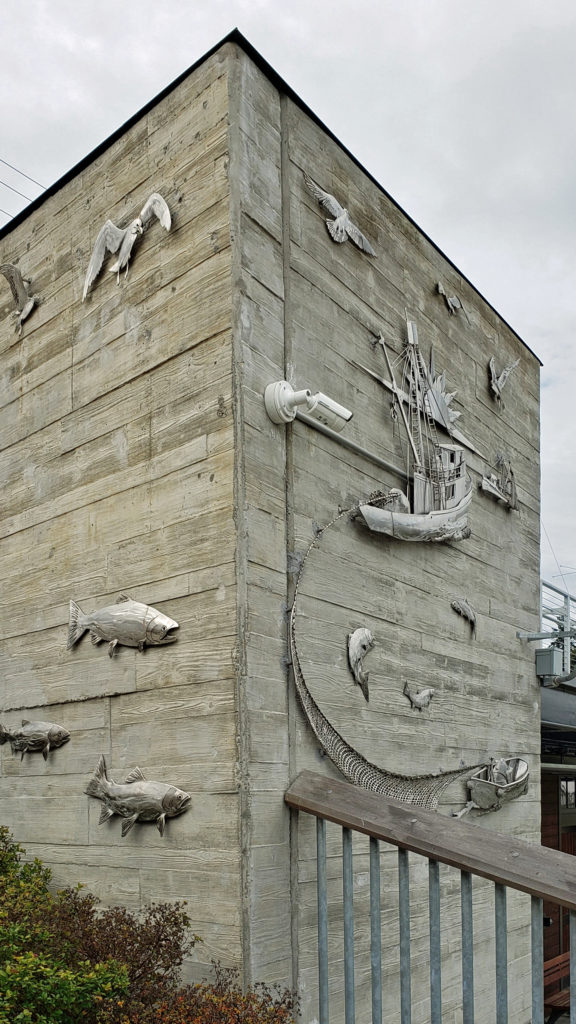 One restaurant that you should not miss is Netshed No. 9. Breakfast there was so good that we came back the next morning. And it has become our go to spot for breakfast when we’re in Gig Harbor. Try their triple berry whipped ricotta French toast. It might be the best French toast I’ve ever had. Netshed No. 9 is not open for dinner, but the same owners operate Brix 25°, located next door. We didn’t eat there, so I can’t vouch for it personally, but I have no doubt that it offers the same quality dining experience. One dinner place that we did eat at is Il Lucano, a very fine, authentic Italian restaurant a few blocks off the waterfront. Another place that I can recommend is Millville Pizza, on the waterfront. They serve artisanal wood fired pizzas, appetizers and homemade desserts. In my opinion, Millville is one of the best pizza places in the Northwest.
One restaurant that you should not miss is Netshed No. 9. Breakfast there was so good that we came back the next morning. And it has become our go to spot for breakfast when we’re in Gig Harbor. Try their triple berry whipped ricotta French toast. It might be the best French toast I’ve ever had. Netshed No. 9 is not open for dinner, but the same owners operate Brix 25°, located next door. We didn’t eat there, so I can’t vouch for it personally, but I have no doubt that it offers the same quality dining experience. One dinner place that we did eat at is Il Lucano, a very fine, authentic Italian restaurant a few blocks off the waterfront. Another place that I can recommend is Millville Pizza, on the waterfront. They serve artisanal wood fired pizzas, appetizers and homemade desserts. In my opinion, Millville is one of the best pizza places in the Northwest.
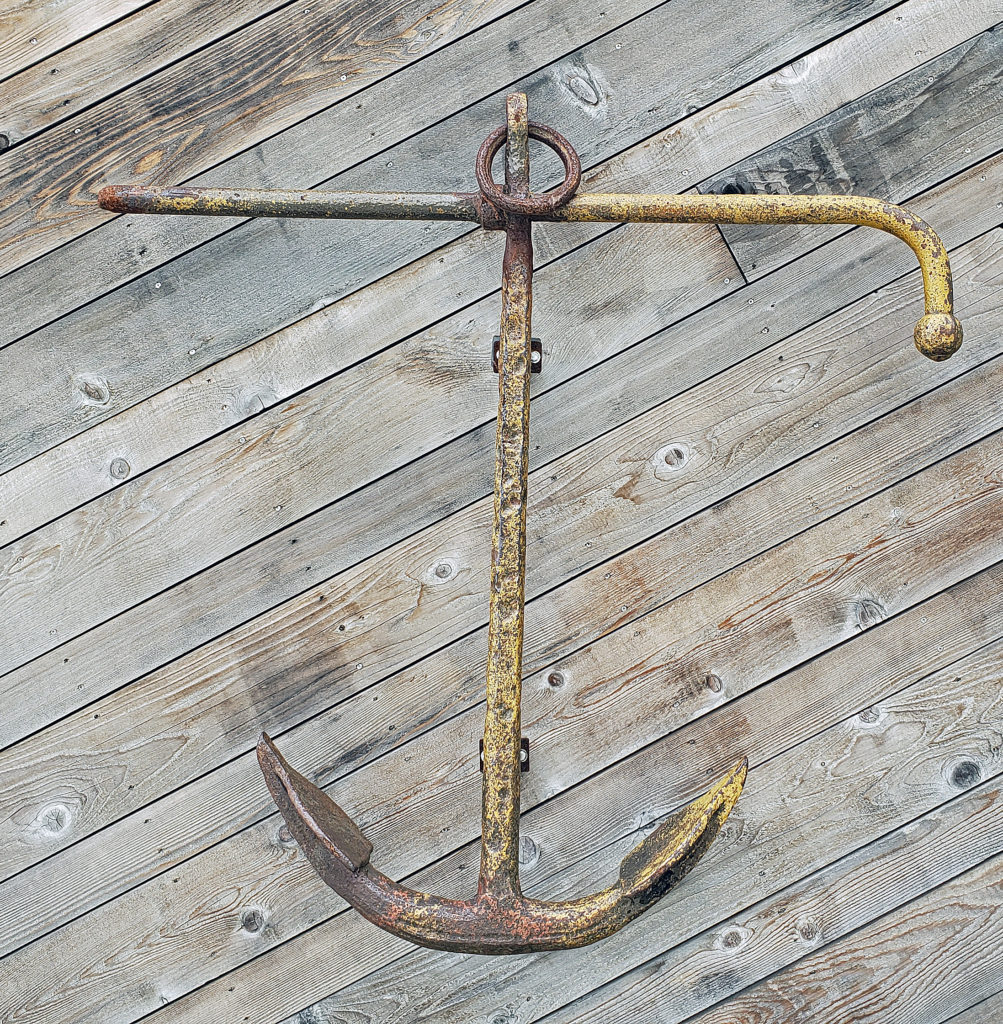
Today, many of Gig Harbor’s roughly 10,000 inhabitants commute to Tacoma across the Tacoma Narrows Bridge. The first bridge was built in 1940, but due to a design flaw, it proved to be vulnerable to cross winds. Nicknamed “Galloping Gertie,” it collapsed in a relatively minor windstorm only a few months after it was completed. It wasn’t until 1950 that a replacement bridge was built.
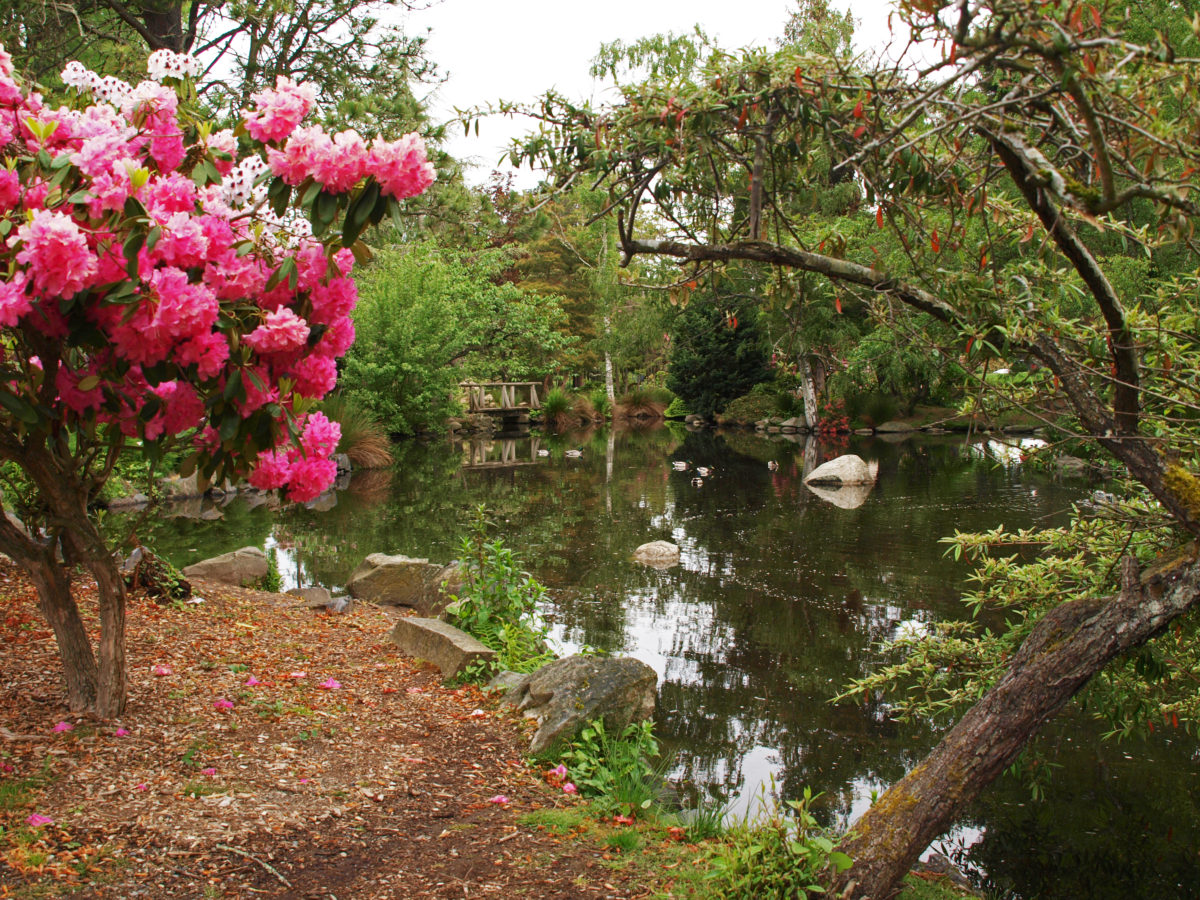
Once known mostly for the “Tacoma Aroma” produced by the polluted tide flats of Commencement Bay, a pulp and paper mill, a rendering plant, and an oil refinery, Tacoma has experienced a cultural, environmental, and artistic renaissance in recent decades. Industrial areas, like the old Dickman Mill site (now a city park), have been reclaimed and remediated. And the Tacoma Aroma is no more, thanks to modern environmental regulations. Today, the city has a vibrant arts scene, highlighted by the Museum of Glass and the Tacoma Art Museum in the Museum District. The city also has many beautiful parks. The 760-acre Point Defiance Park features a zoo, an aquarium, several botanical gardens, hundreds of acres of forest, and miles of Puget Sound waterfront. So, consider adding a visit to Tacoma to your itinerary when you come to Gig Harbor. But regardless of whether or not you choose to visit Tacoma, Gig Harbor should definitely be on your radar, if it’s not already. It’s an interesting, historical, and beautiful town with a lot of things to see and do.

Originally posted August 29, 2019 by Alan K. Lee. Most recent update December 9, 2023.
All photos © Alan K. Lee

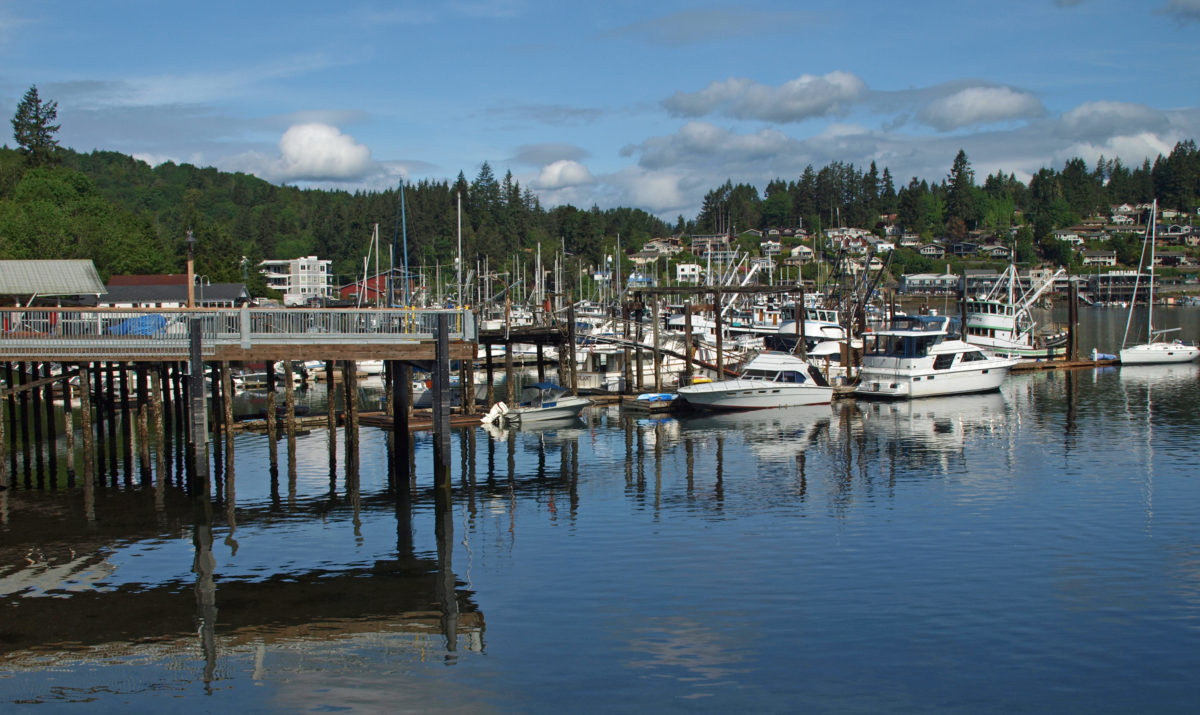
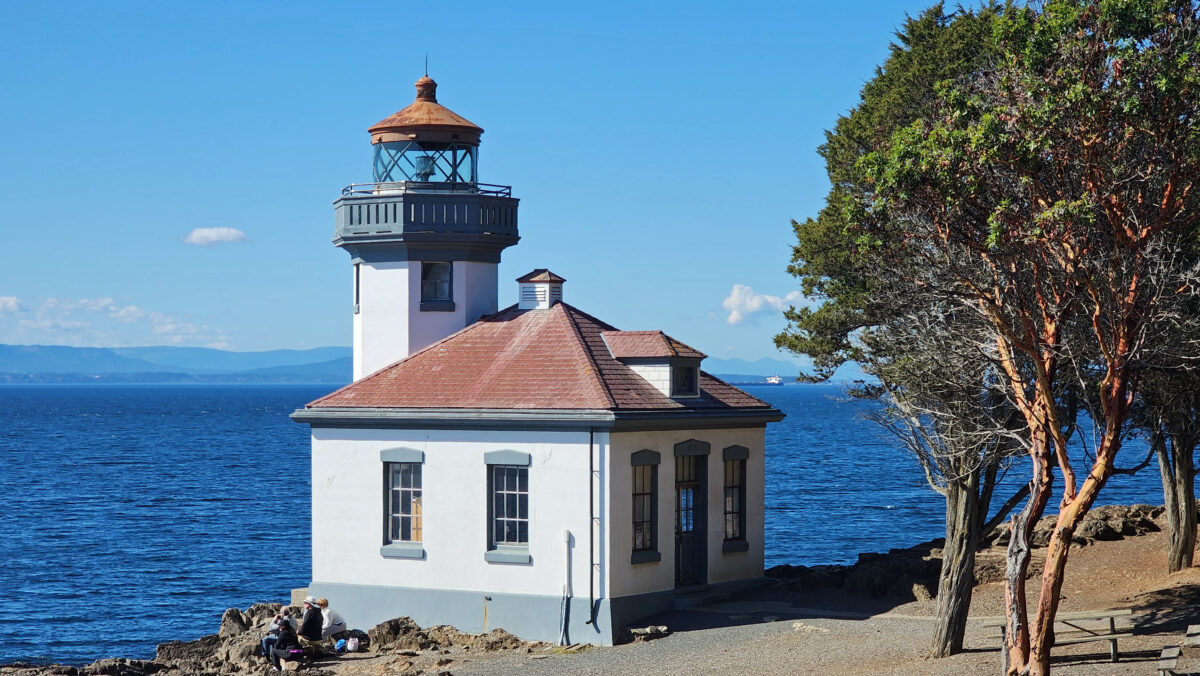
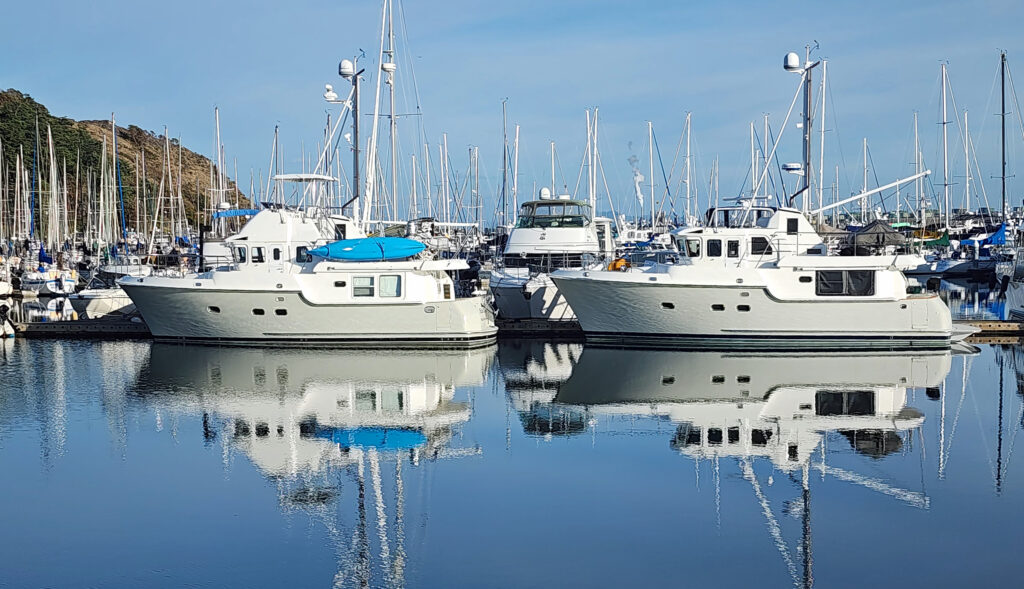
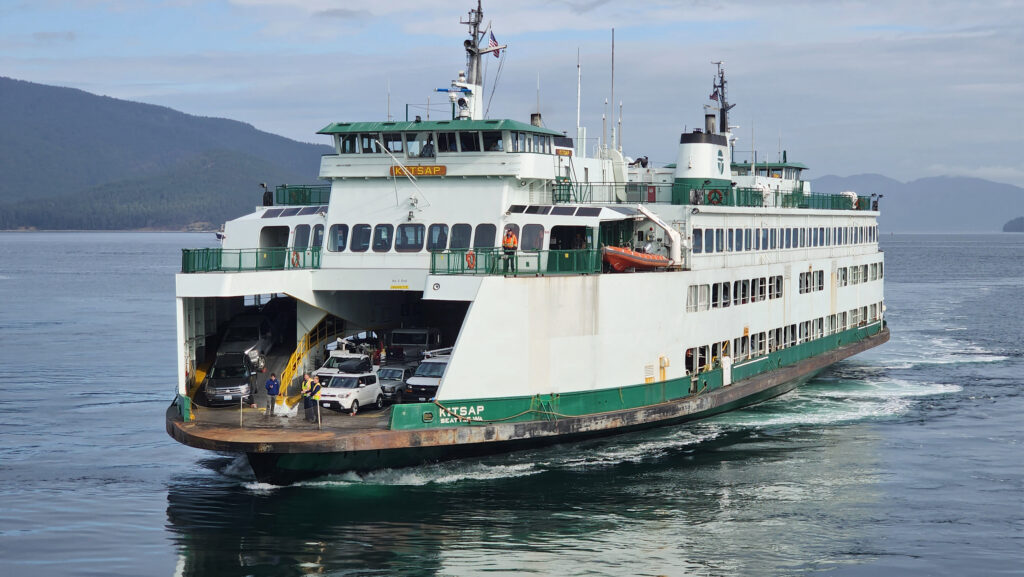

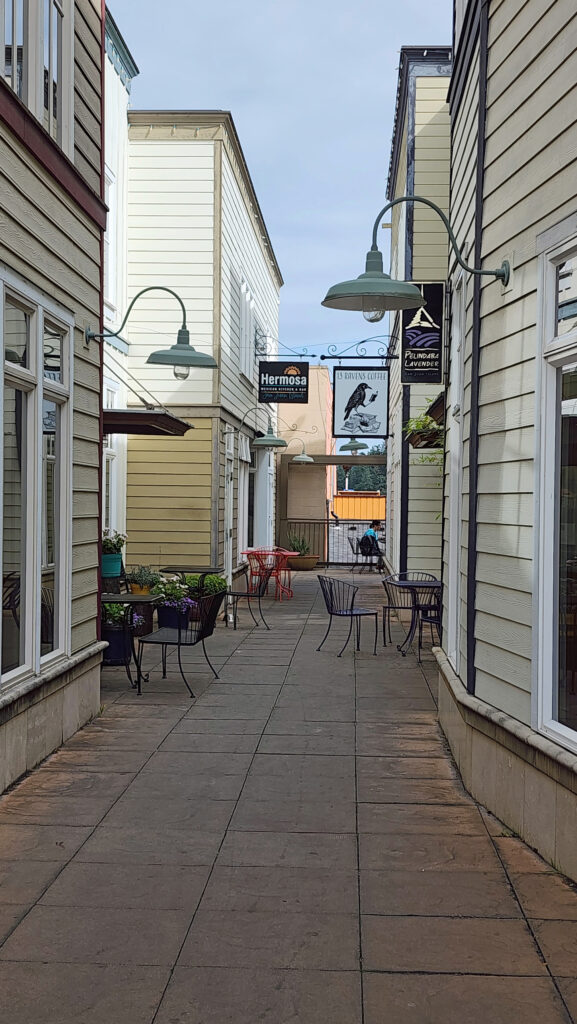
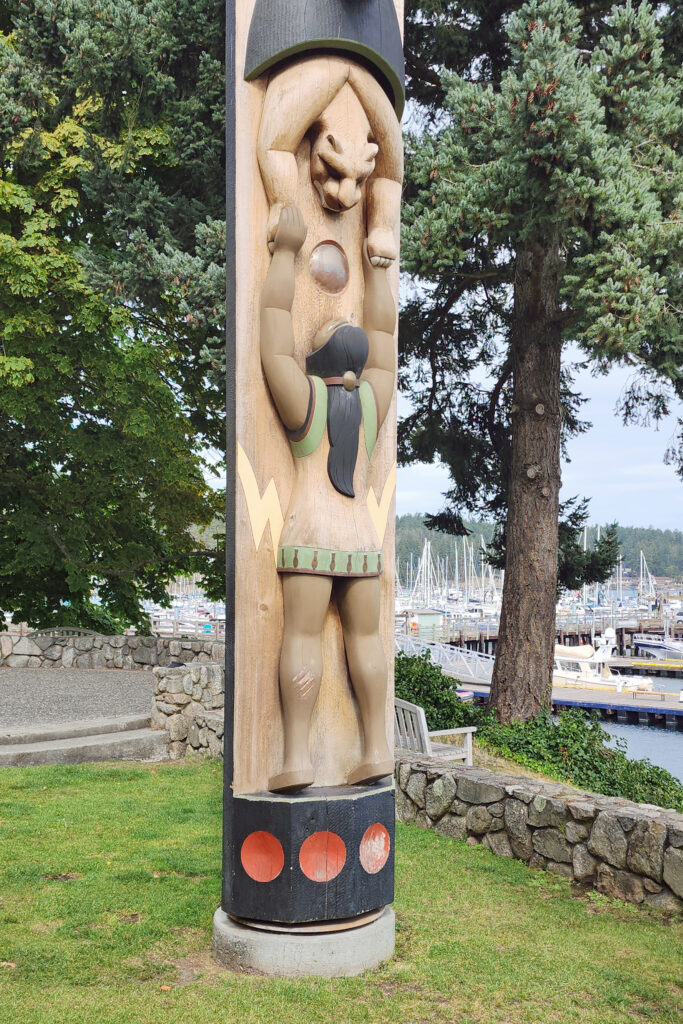

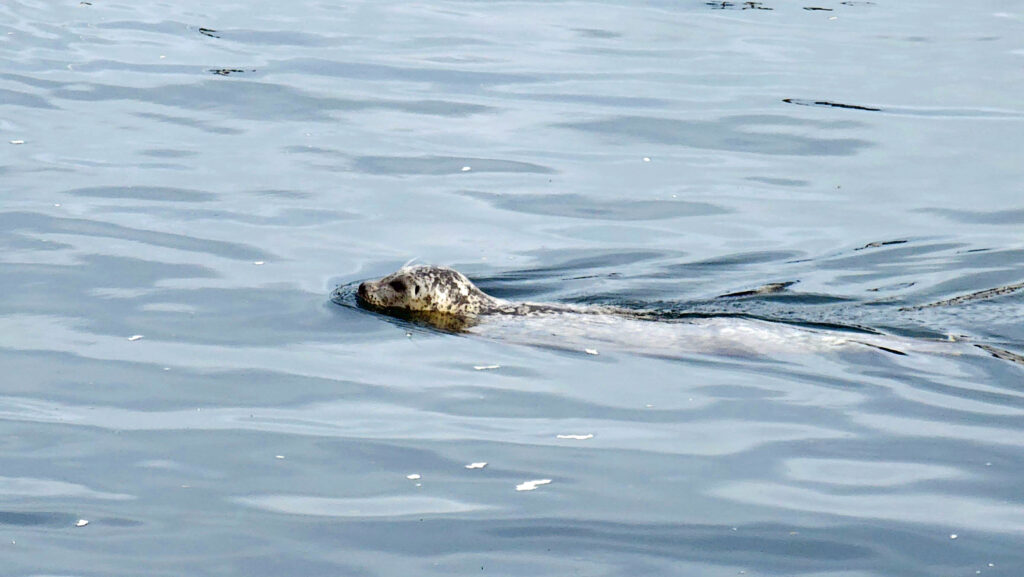
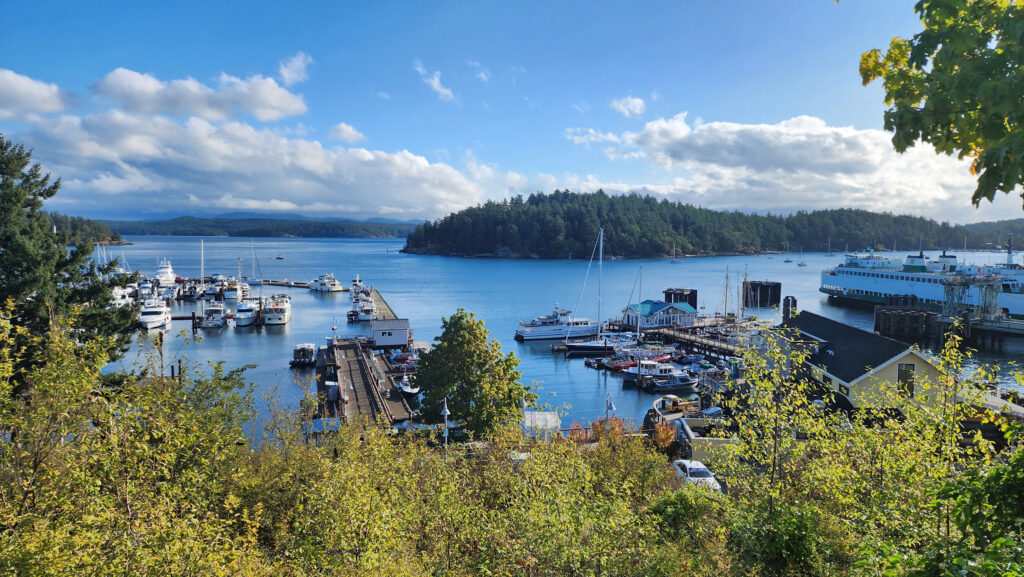

 There is no shortage of places to eat in Friday Harbor. For breakfast and lunch, I can personally recommend both Rocky Bay Café and Tina’s Place. For dining with a view, go to Downriggers on the bayfront. Classic Italian food can be found at Vinny’s Ristorante. Vegetarian and vegan food can be had at Mike’s Café and Wine Bar. For quality craft beers and upscale pub food, try San Juan Brewing. For seafood in a casual dining space, check out Friday’s Crab House. We ate at all of those, and all were good. But that’s just a sampling of what Friday Harbor offers. I wish we had had a few more days to sample more of the town’s eateries. What’s a vacation for, after all.
There is no shortage of places to eat in Friday Harbor. For breakfast and lunch, I can personally recommend both Rocky Bay Café and Tina’s Place. For dining with a view, go to Downriggers on the bayfront. Classic Italian food can be found at Vinny’s Ristorante. Vegetarian and vegan food can be had at Mike’s Café and Wine Bar. For quality craft beers and upscale pub food, try San Juan Brewing. For seafood in a casual dining space, check out Friday’s Crab House. We ate at all of those, and all were good. But that’s just a sampling of what Friday Harbor offers. I wish we had had a few more days to sample more of the town’s eateries. What’s a vacation for, after all.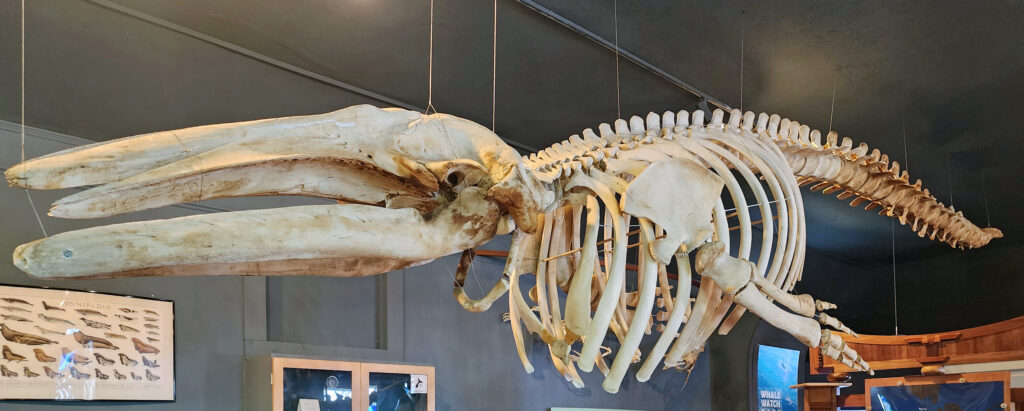
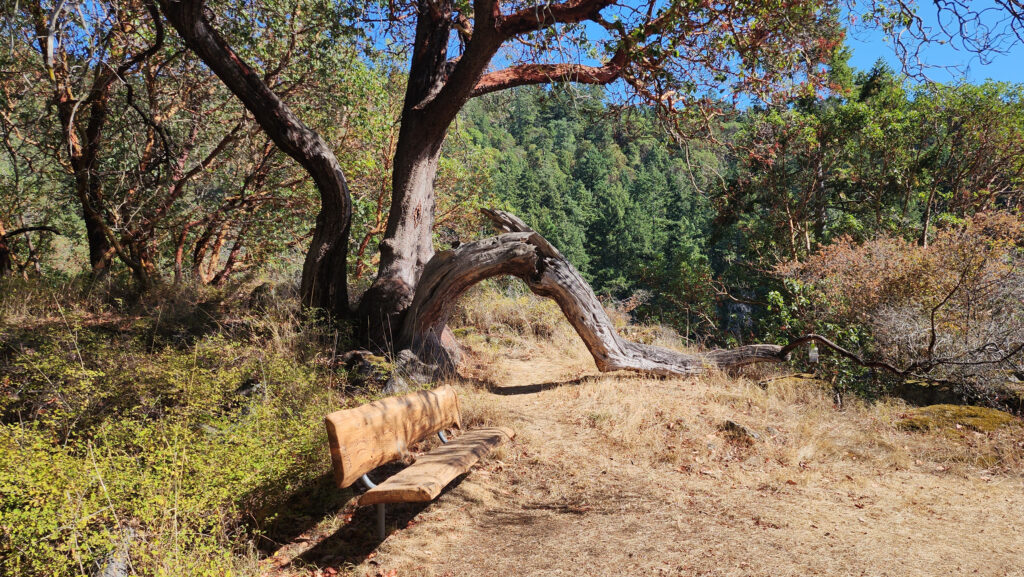




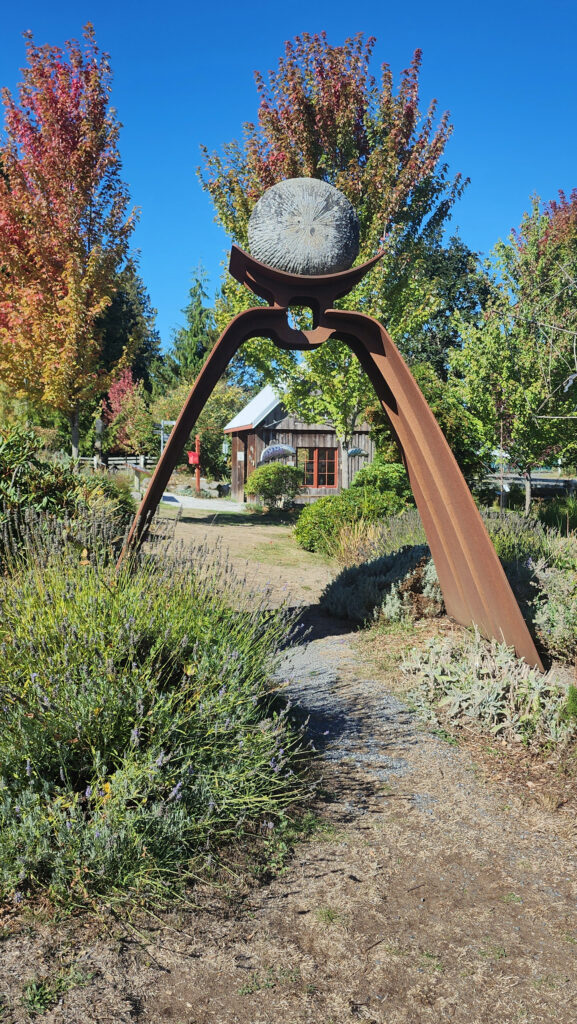
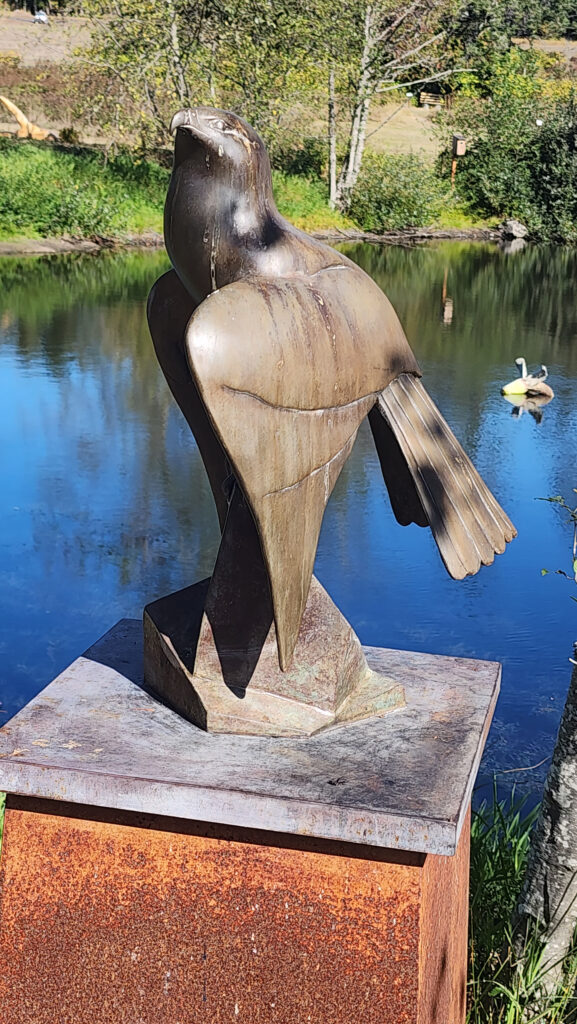 Near Roche Harbor (I think it’s actually part of the resort), the San Juan Islands Sculpture Park is a must see if you’re at all interested in sculpture. There are over 100 works of art (it seemed like many more) spread out over the twenty acres of the garden. Plan to spend at least an hour here. We spent more than that and still didn’t see it all. Admission is free, but donations are requested.
Near Roche Harbor (I think it’s actually part of the resort), the San Juan Islands Sculpture Park is a must see if you’re at all interested in sculpture. There are over 100 works of art (it seemed like many more) spread out over the twenty acres of the garden. Plan to spend at least an hour here. We spent more than that and still didn’t see it all. Admission is free, but donations are requested.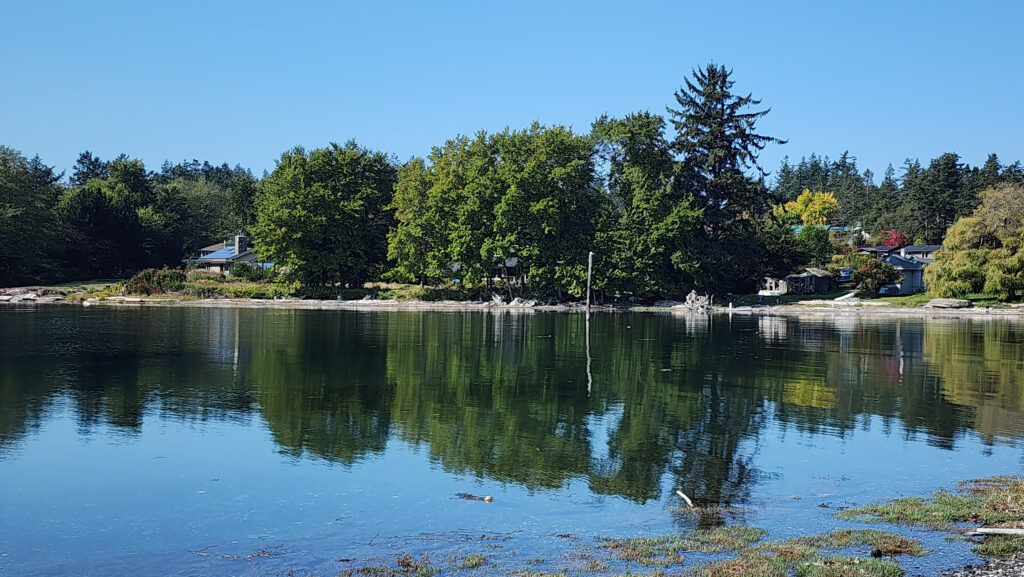
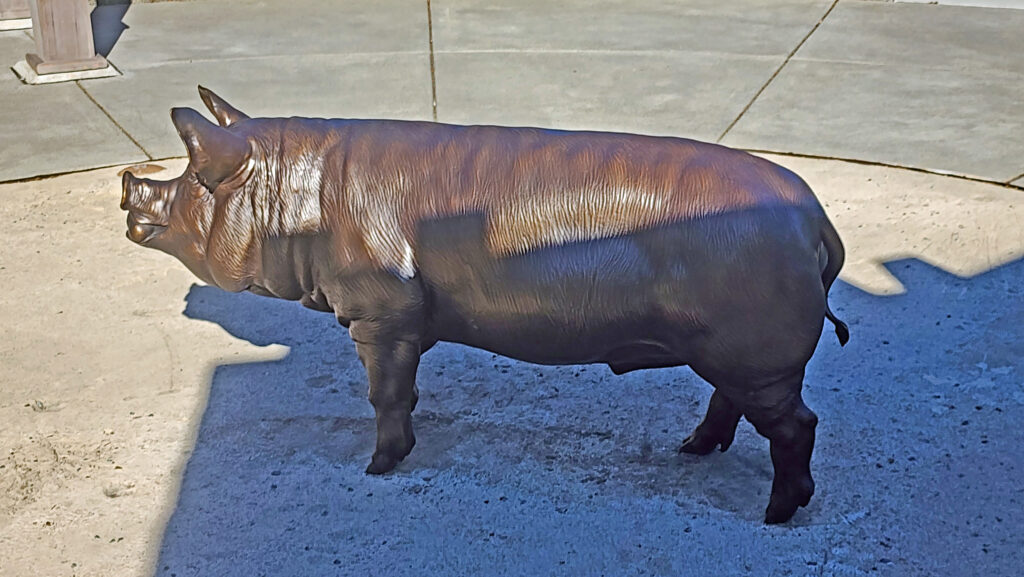 Tensions between the American and British contingents led both England and the U.S. to send military forces to the island. From 1859 to 1872, when the boundary dispute was finally settled in favor of the United States, the island was jointly occupied by both forces. No actual combat occurred, and no one was injured in the Pig War. The sites of the two country’s military installations are now part of
Tensions between the American and British contingents led both England and the U.S. to send military forces to the island. From 1859 to 1872, when the boundary dispute was finally settled in favor of the United States, the island was jointly occupied by both forces. No actual combat occurred, and no one was injured in the Pig War. The sites of the two country’s military installations are now part of 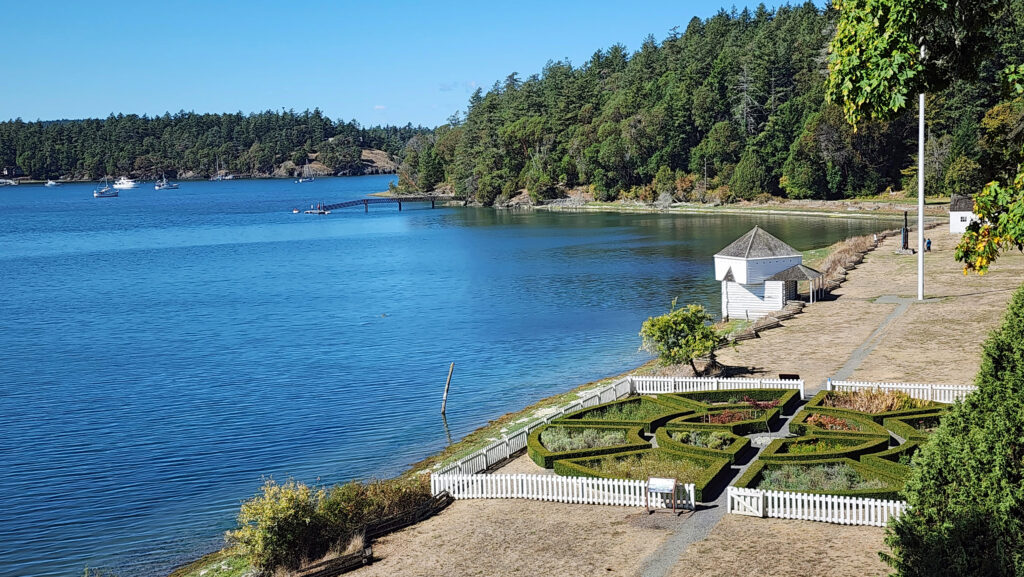
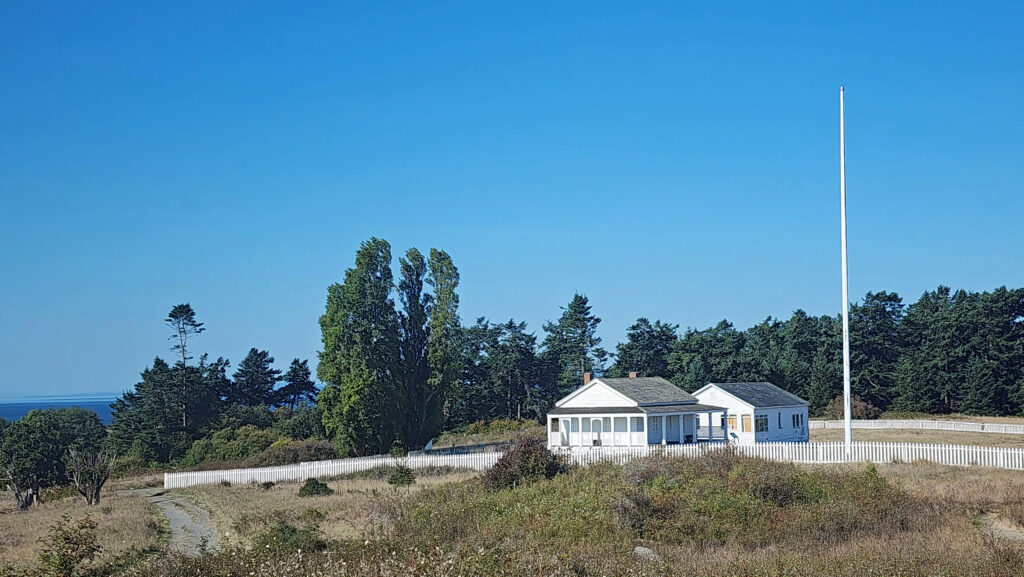
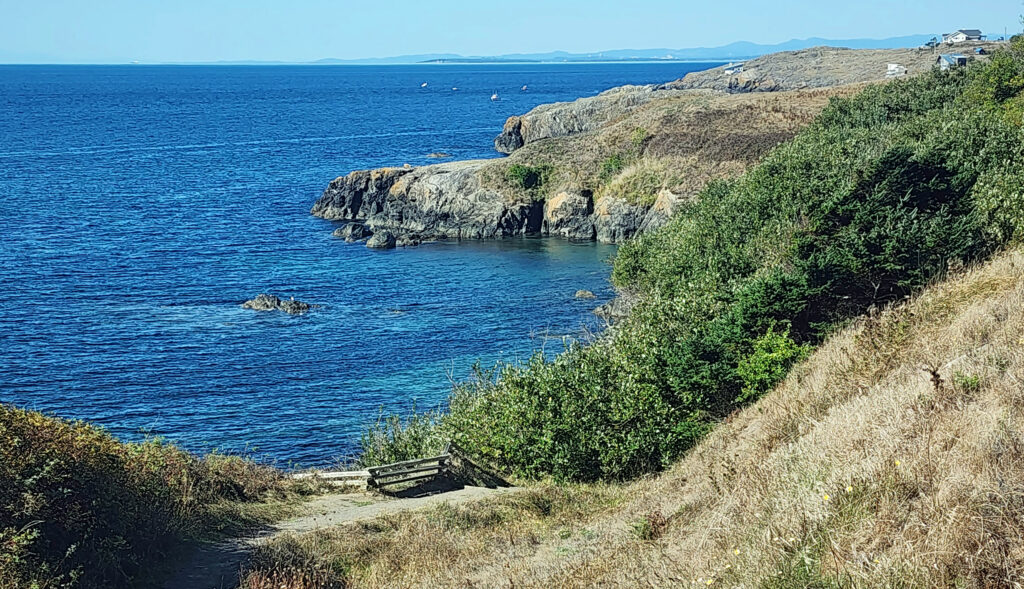

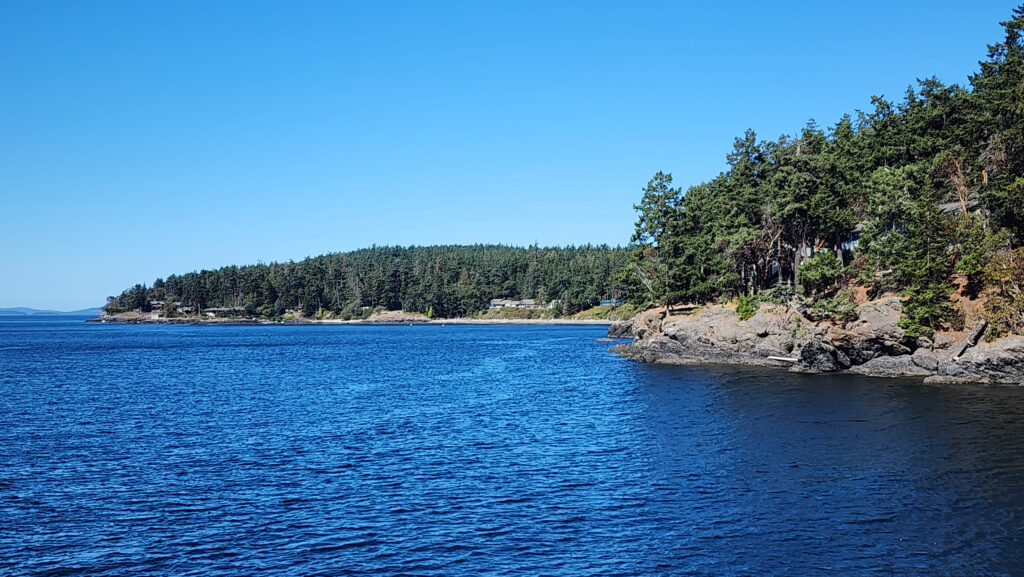
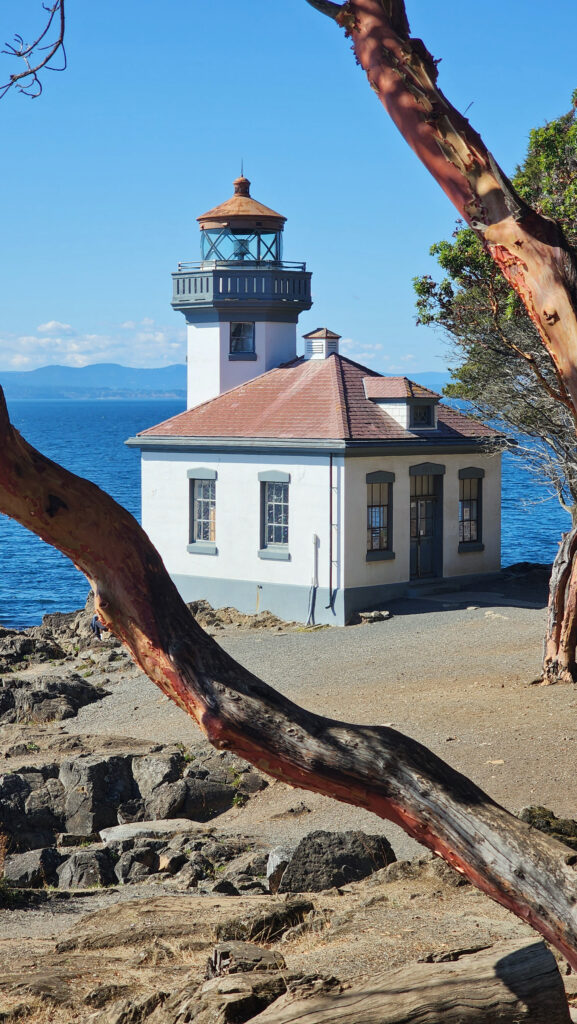
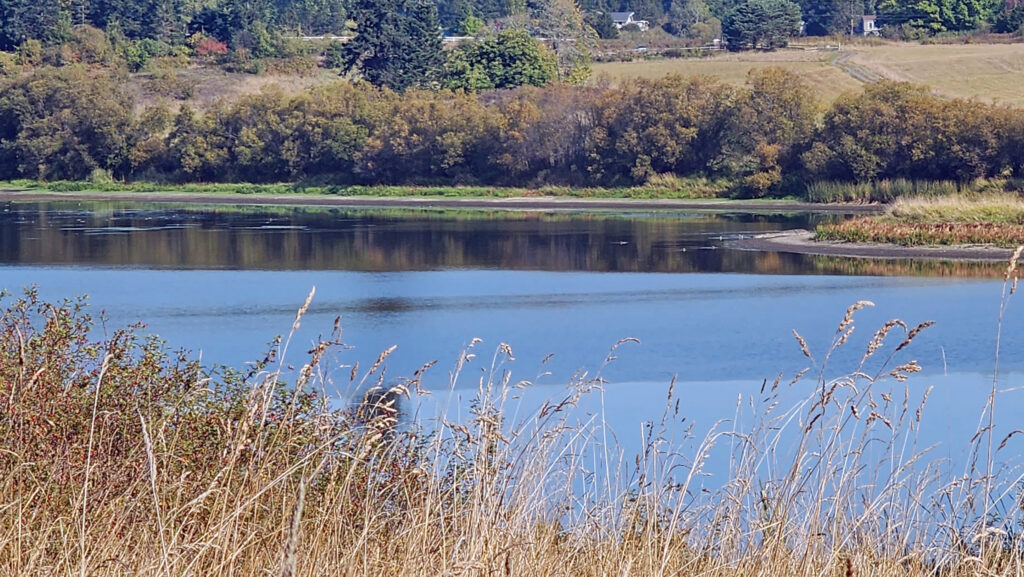
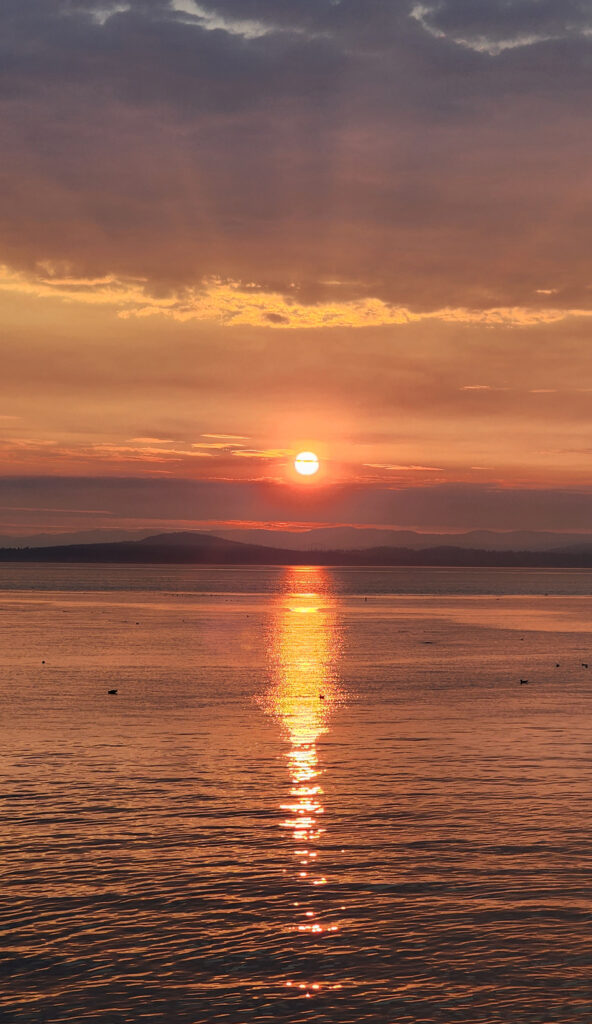
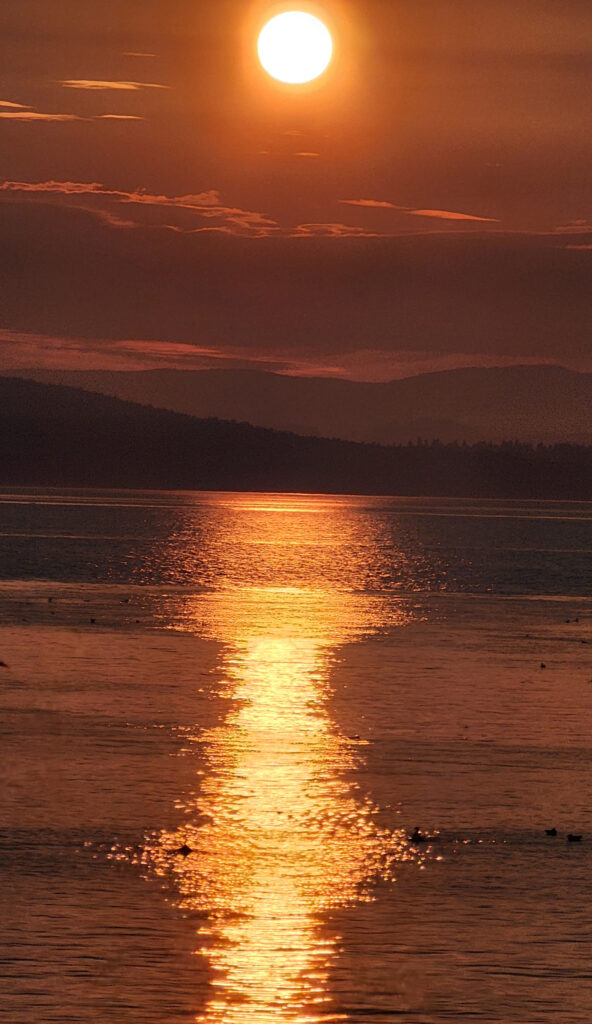 Conclusion
Conclusion
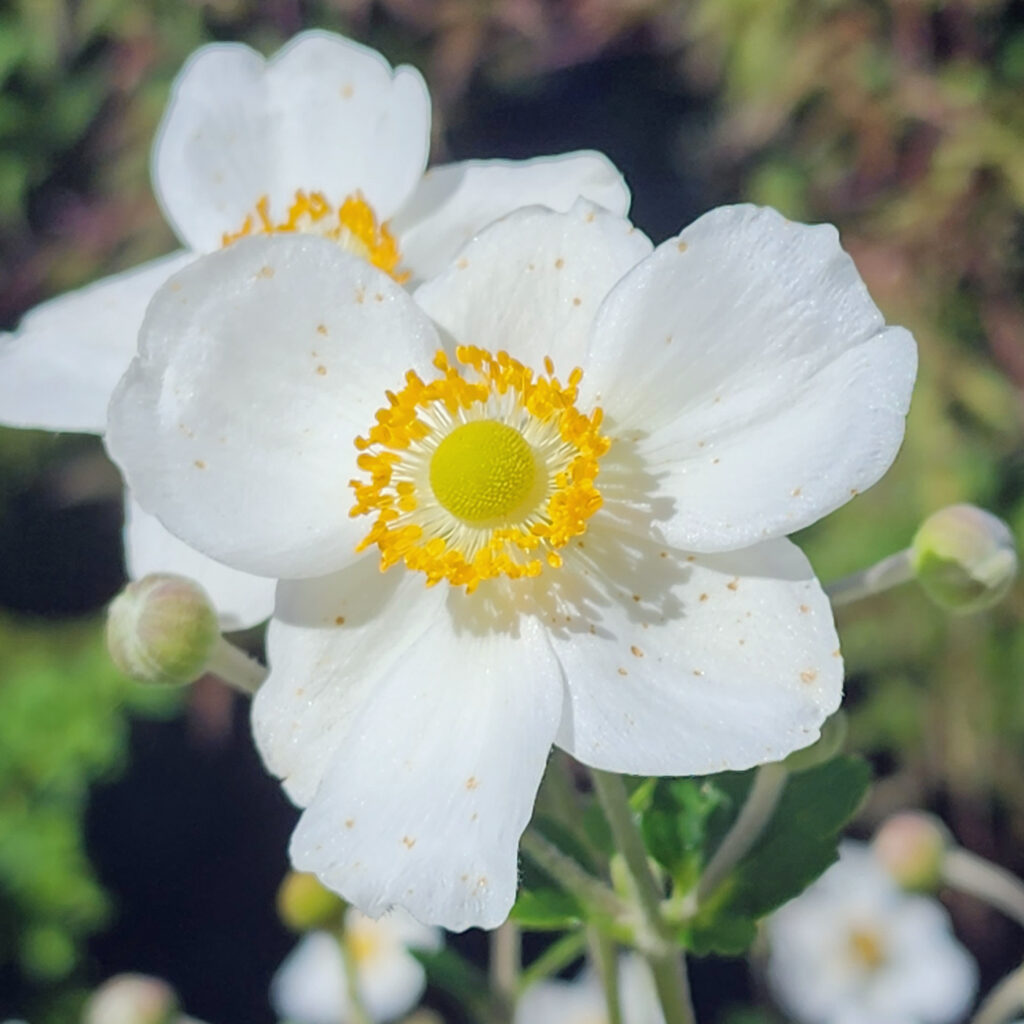 Posted October 12, 2023 by Alan K. Lee
Posted October 12, 2023 by Alan K. Lee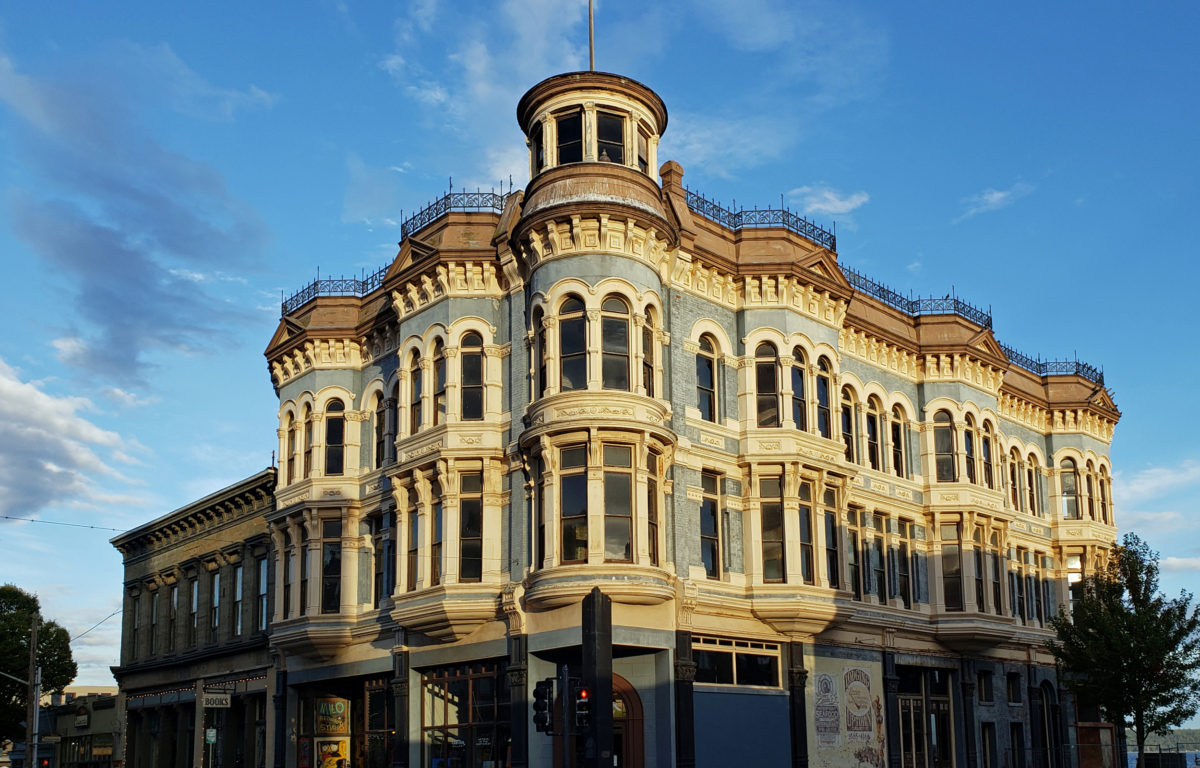

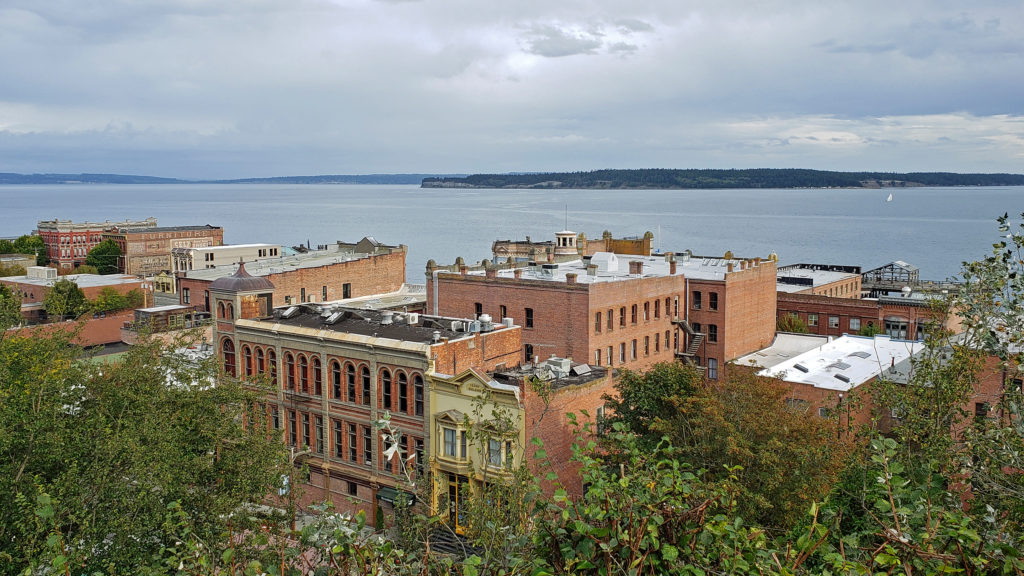
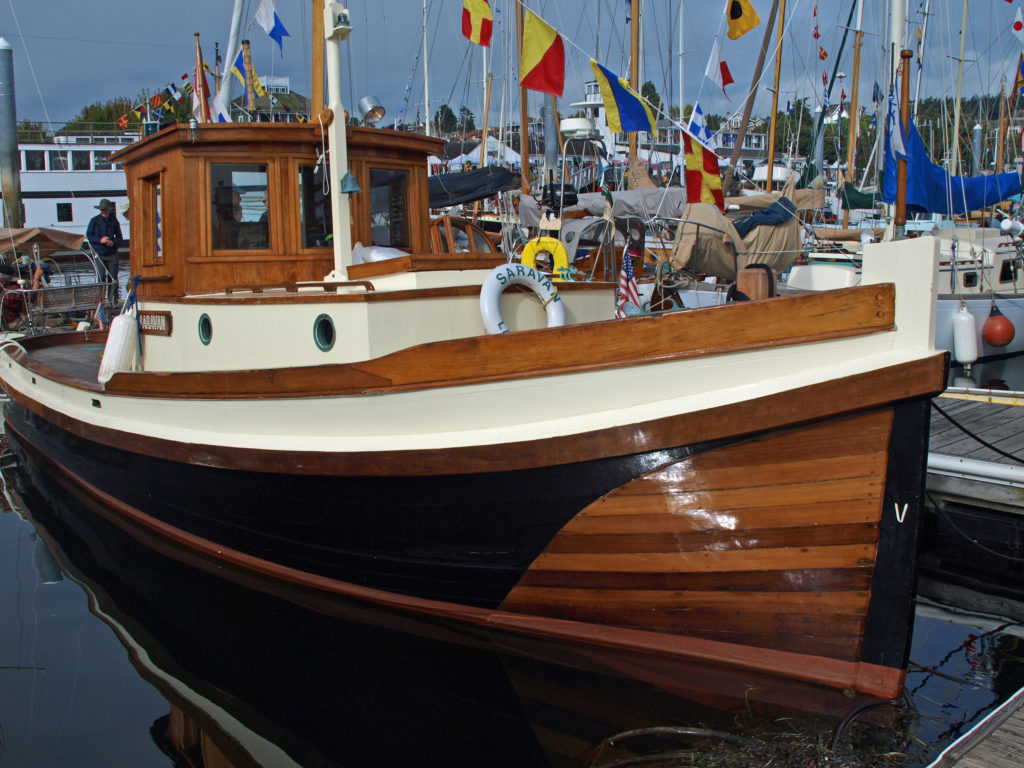
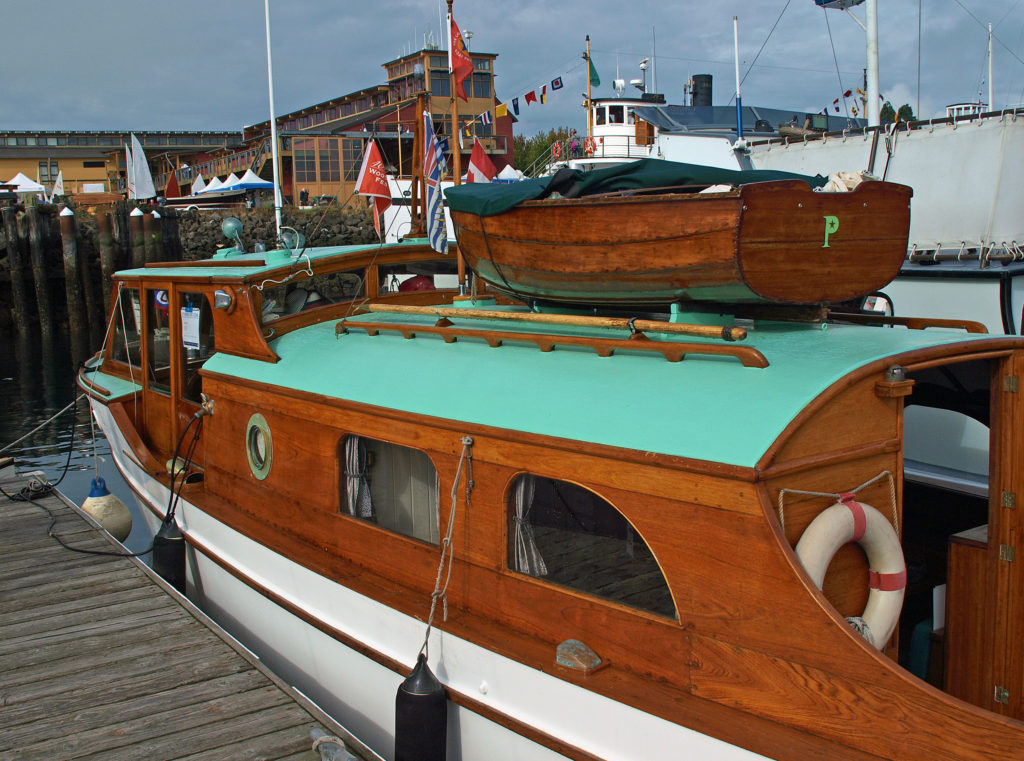
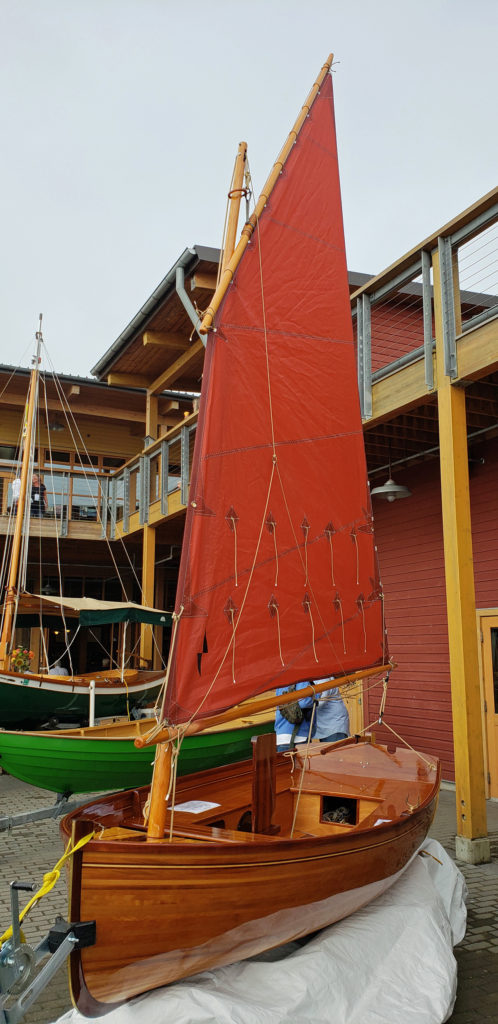 Wooden sailing ships were key to the town’s early economy and history, and the boatbuilding and woodworking crafts live on in Port Townsend. The Northwest School of Wooden Boat Building in nearby Port Hadlock and the Port Townsend School of Woodworking help preserve and promote the skills that were so vital to the early history of Port Townsend.
Wooden sailing ships were key to the town’s early economy and history, and the boatbuilding and woodworking crafts live on in Port Townsend. The Northwest School of Wooden Boat Building in nearby Port Hadlock and the Port Townsend School of Woodworking help preserve and promote the skills that were so vital to the early history of Port Townsend.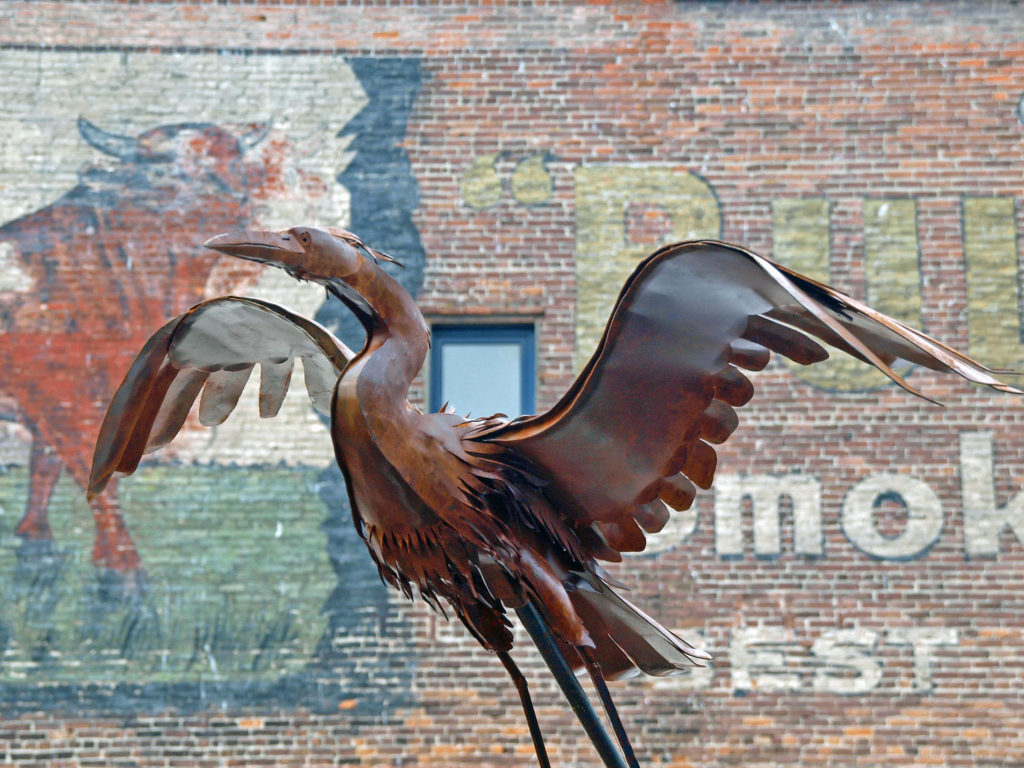
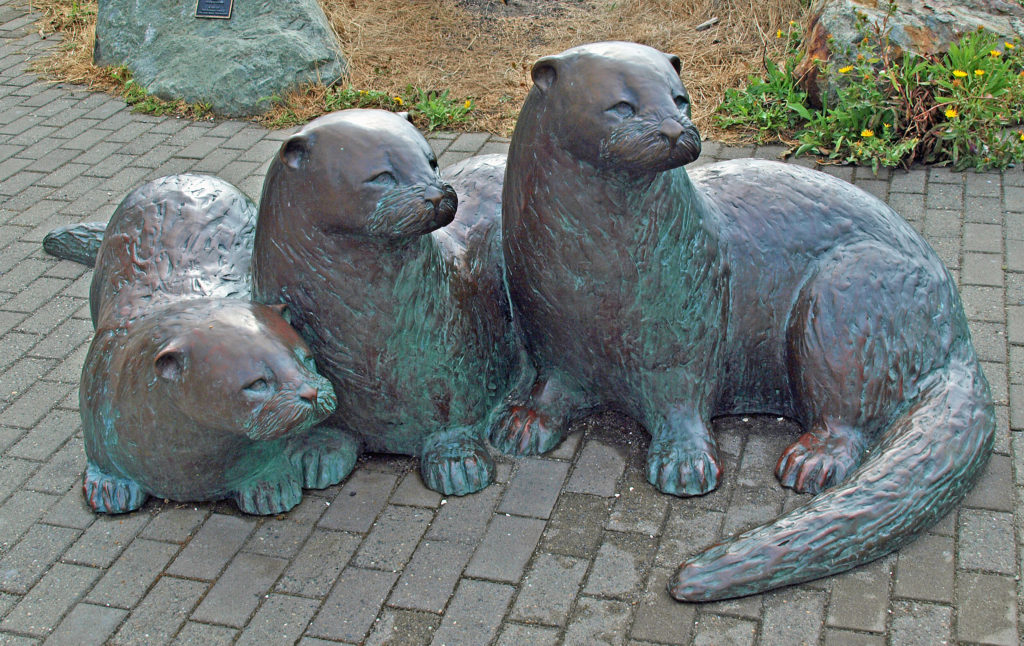 more than a dozen fine art and craft galleries can be found in the historic waterfront section of town.
more than a dozen fine art and craft galleries can be found in the historic waterfront section of town.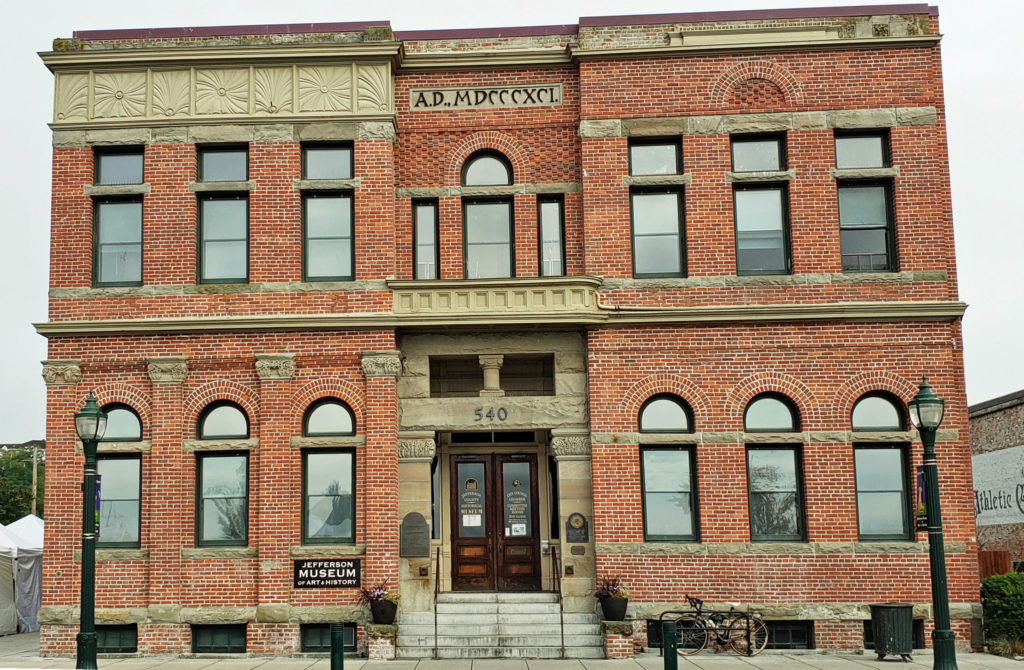

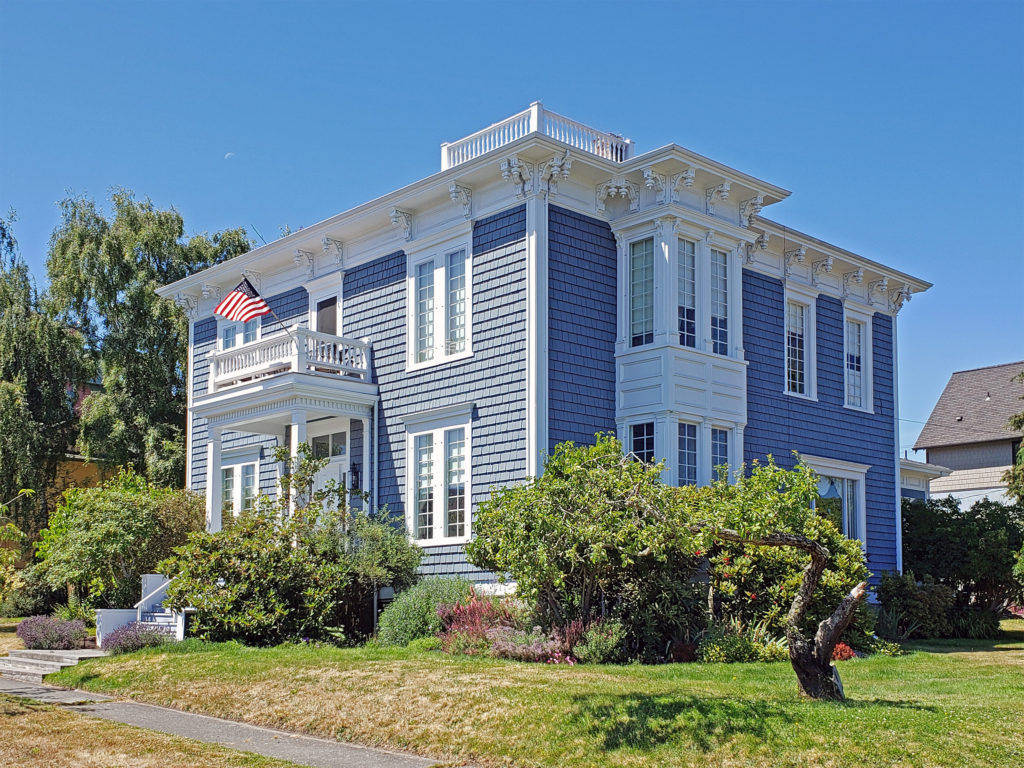 Take a walk along Water Street. It’s not hard to imagine what the town was like 130 years ago because most of the buildings you see today date from that period. Venture up to the bluff above the waterfront and you’ll find many Victorian era homes, most of which have been well preserved or restored. If you visit in the summer months you can tour the
Take a walk along Water Street. It’s not hard to imagine what the town was like 130 years ago because most of the buildings you see today date from that period. Venture up to the bluff above the waterfront and you’ll find many Victorian era homes, most of which have been well preserved or restored. If you visit in the summer months you can tour the 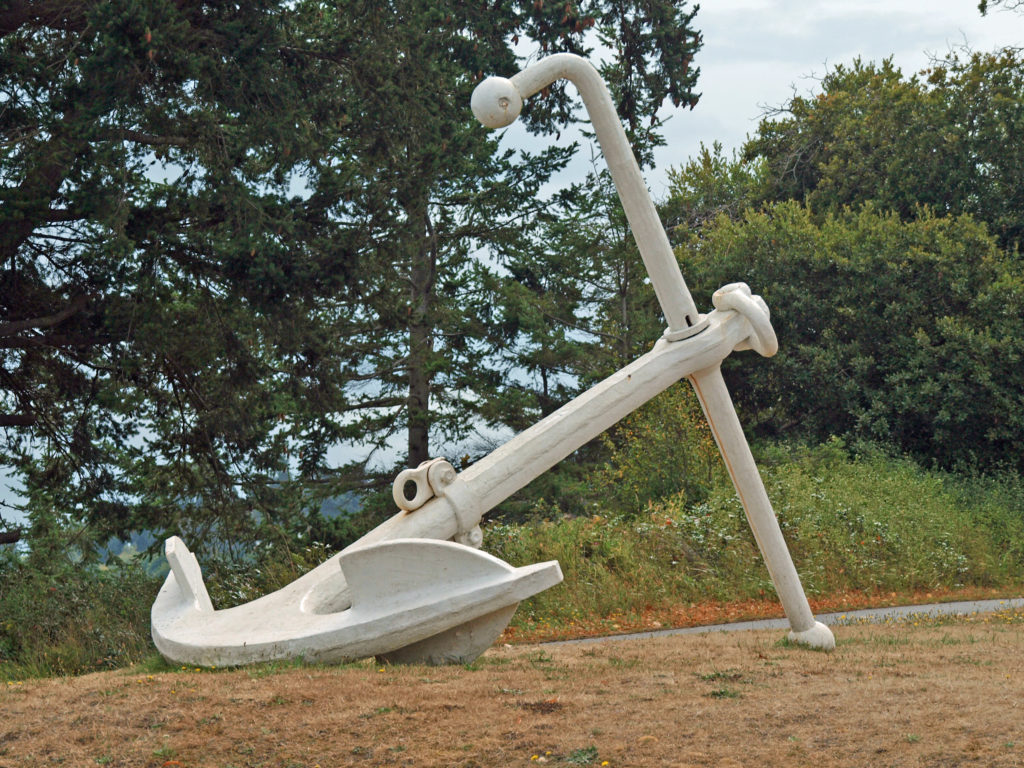
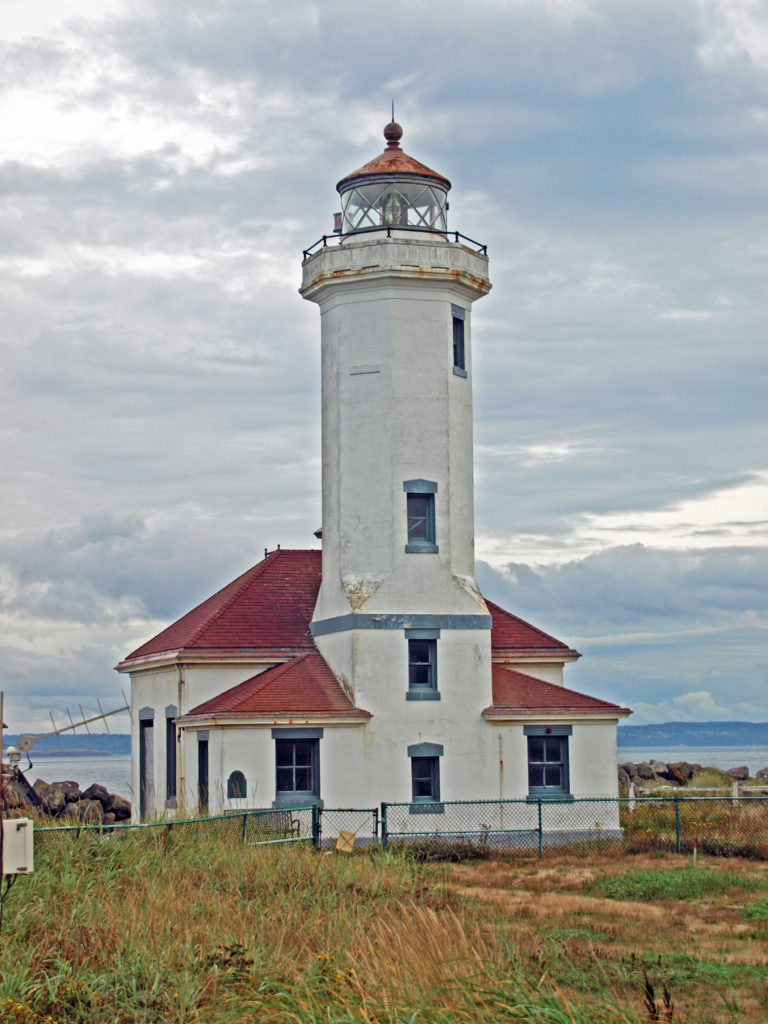
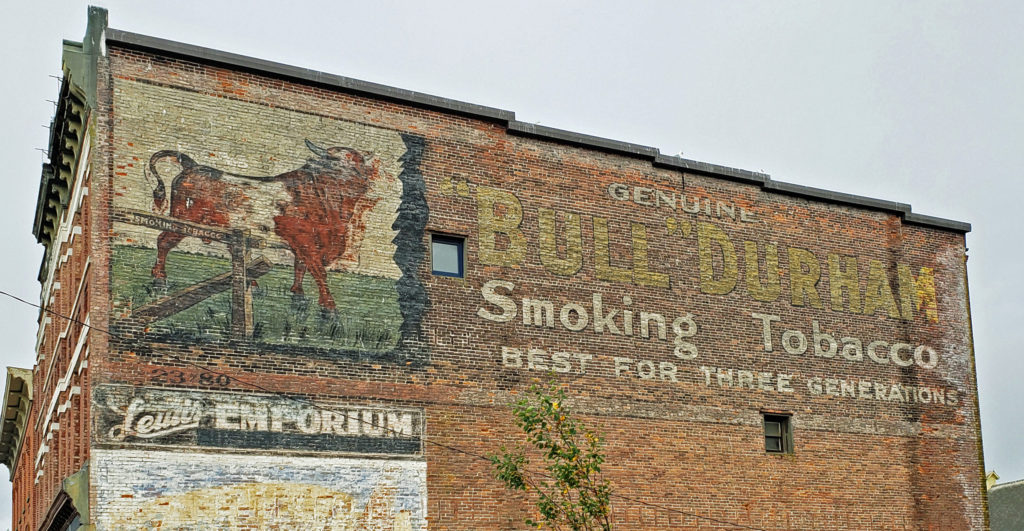 Even if you’re not interested in the town’s history, its maritime traditions, or the arts, Port Townsend is still worth visiting, if only to take in its beautiful setting and indulge in its food and drink scene.
Even if you’re not interested in the town’s history, its maritime traditions, or the arts, Port Townsend is still worth visiting, if only to take in its beautiful setting and indulge in its food and drink scene.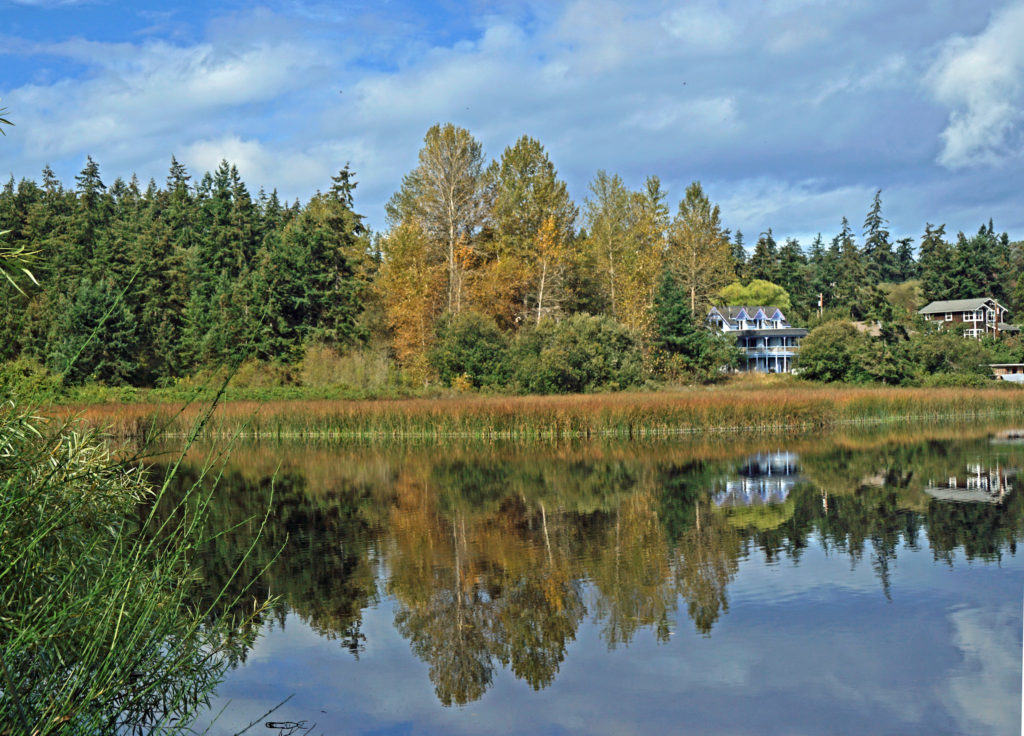
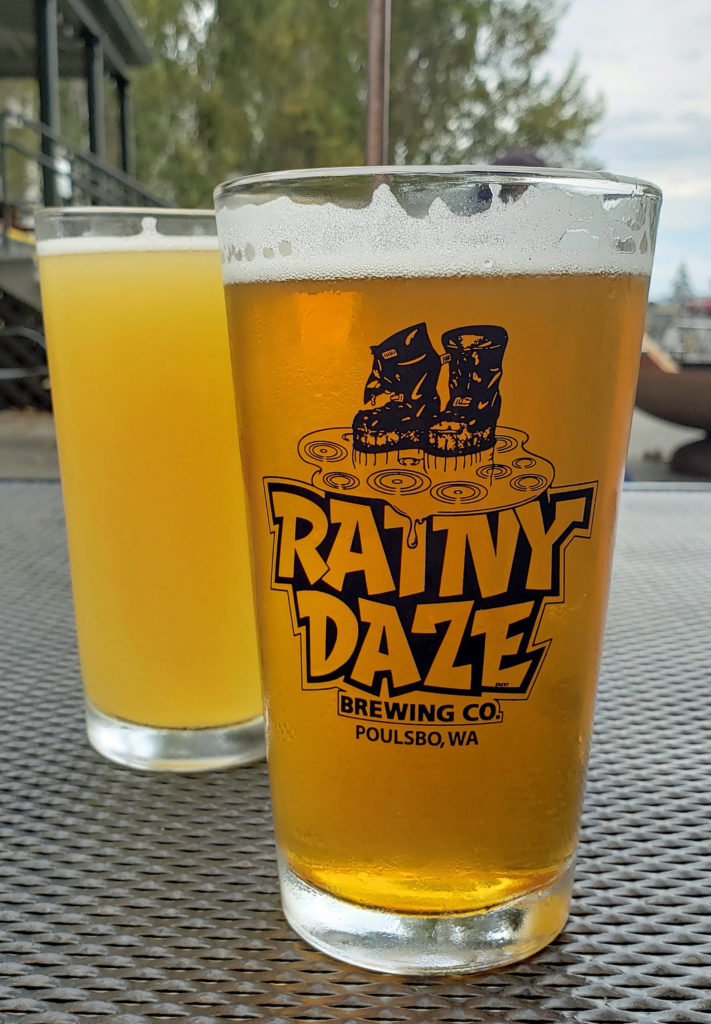 When you’re done with your hike, check to see if Taps at the Guardhouse in Fort Worden is open (it was closed in 2022) to quench your thirst with a good craft brew. Back in the historic district, I highly recommend that you visit
When you’re done with your hike, check to see if Taps at the Guardhouse in Fort Worden is open (it was closed in 2022) to quench your thirst with a good craft brew. Back in the historic district, I highly recommend that you visit 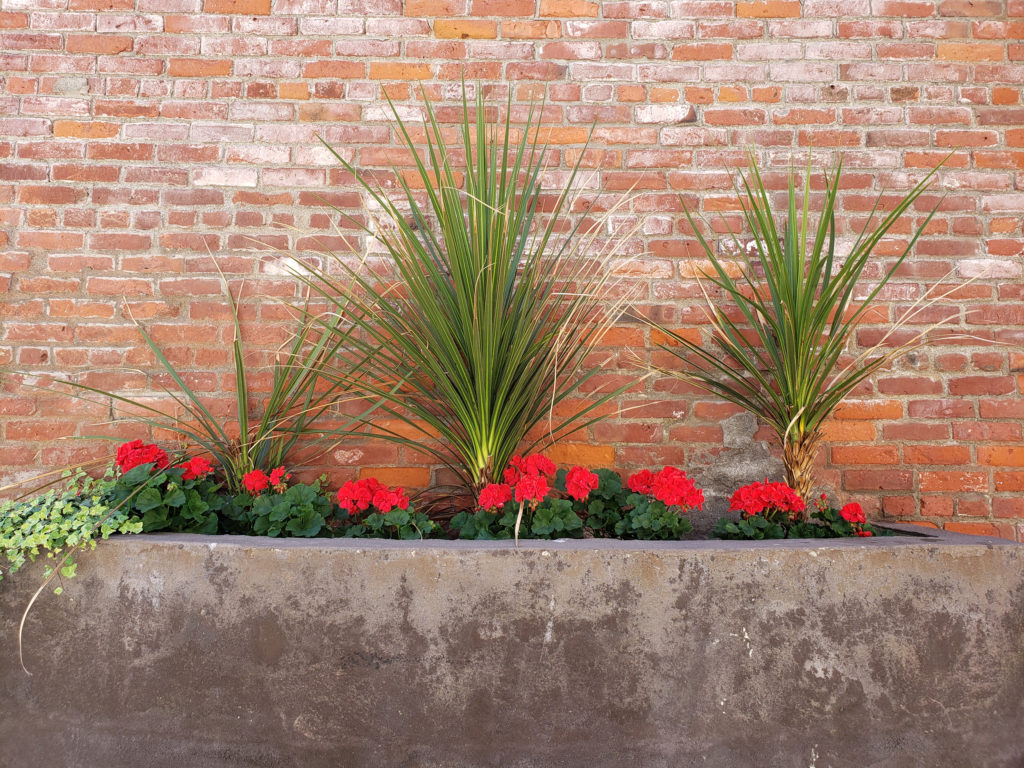
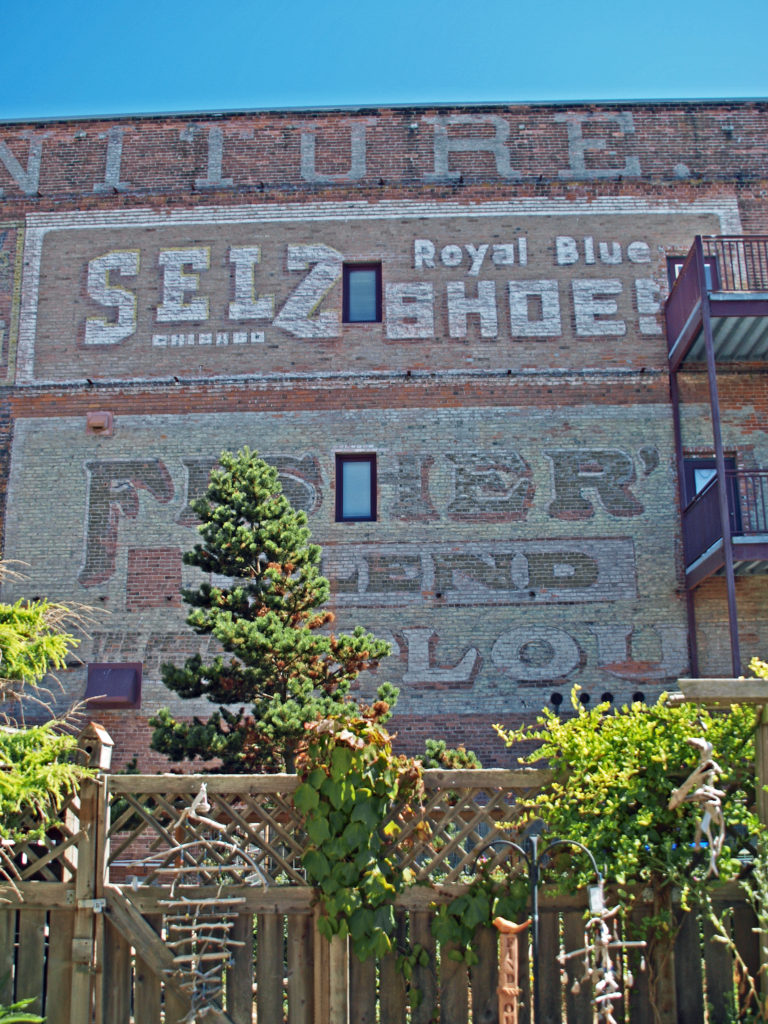 On the food side, Owl Spirit Cafe is a good place to grab a sandwich or burrito for lunch. If you have pizza in mind, try Waterfront Pizza. My go to spot for breakfast and lunch is
On the food side, Owl Spirit Cafe is a good place to grab a sandwich or burrito for lunch. If you have pizza in mind, try Waterfront Pizza. My go to spot for breakfast and lunch is 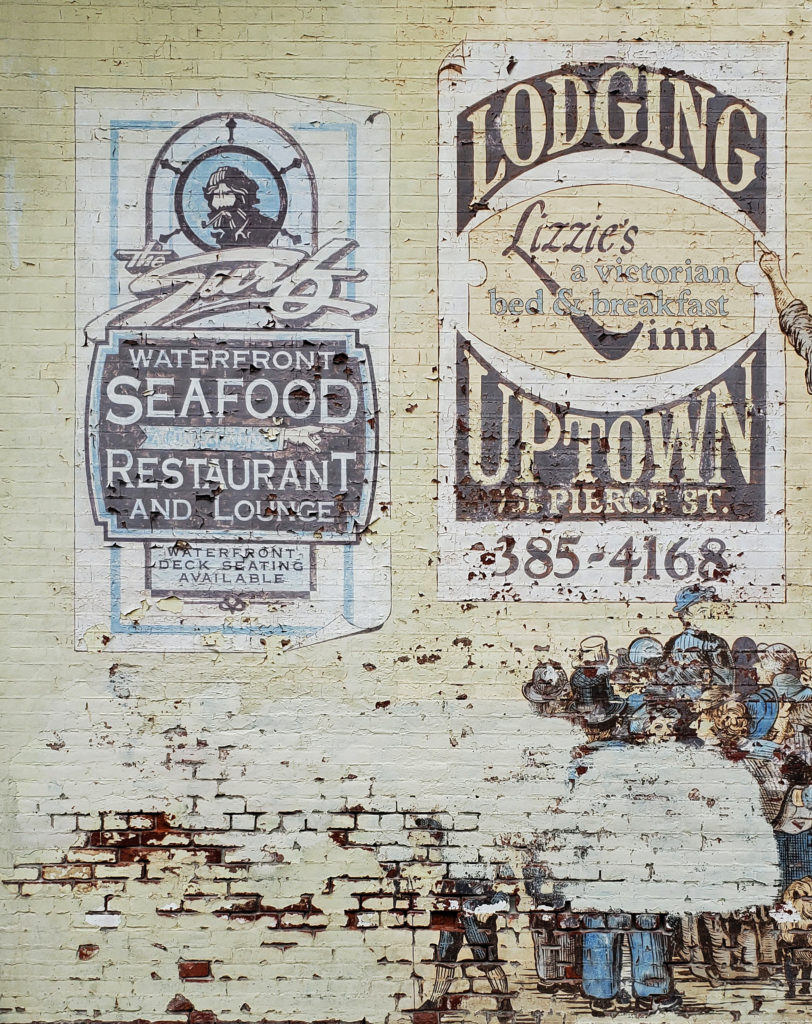 My wife and I stayed at the Water Street Hotel on our most recent visit, recently renamed the
My wife and I stayed at the Water Street Hotel on our most recent visit, recently renamed the 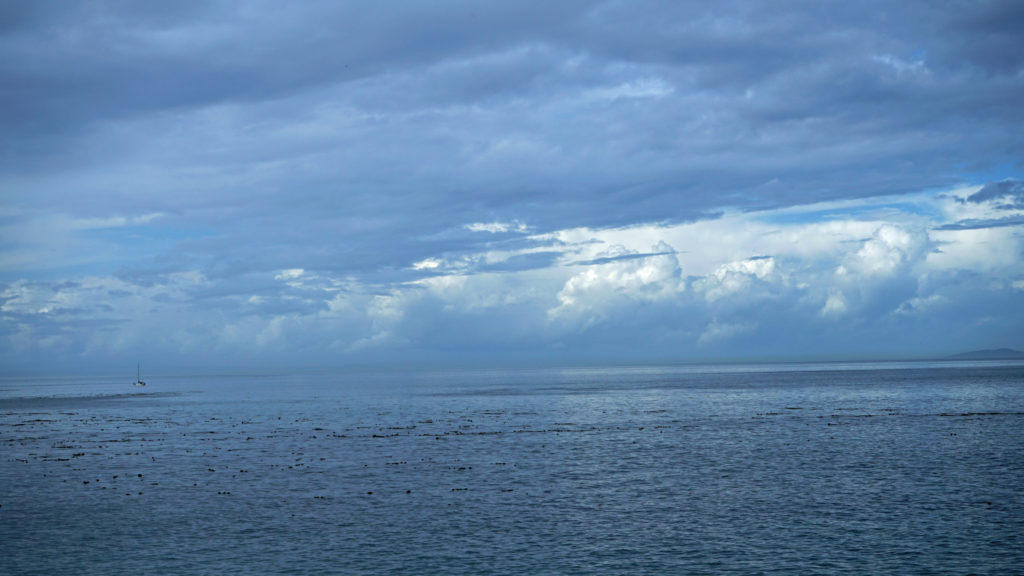
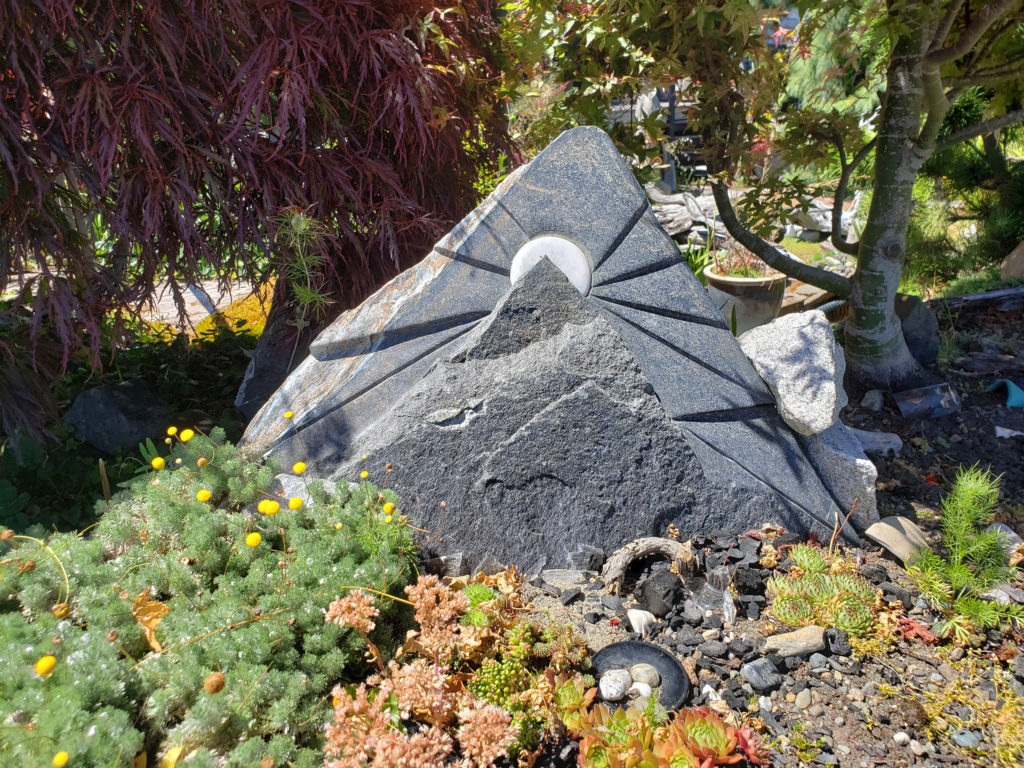 Originally posted November 20, 2020. Updated and re-posted January 12, 2023.
Originally posted November 20, 2020. Updated and re-posted January 12, 2023.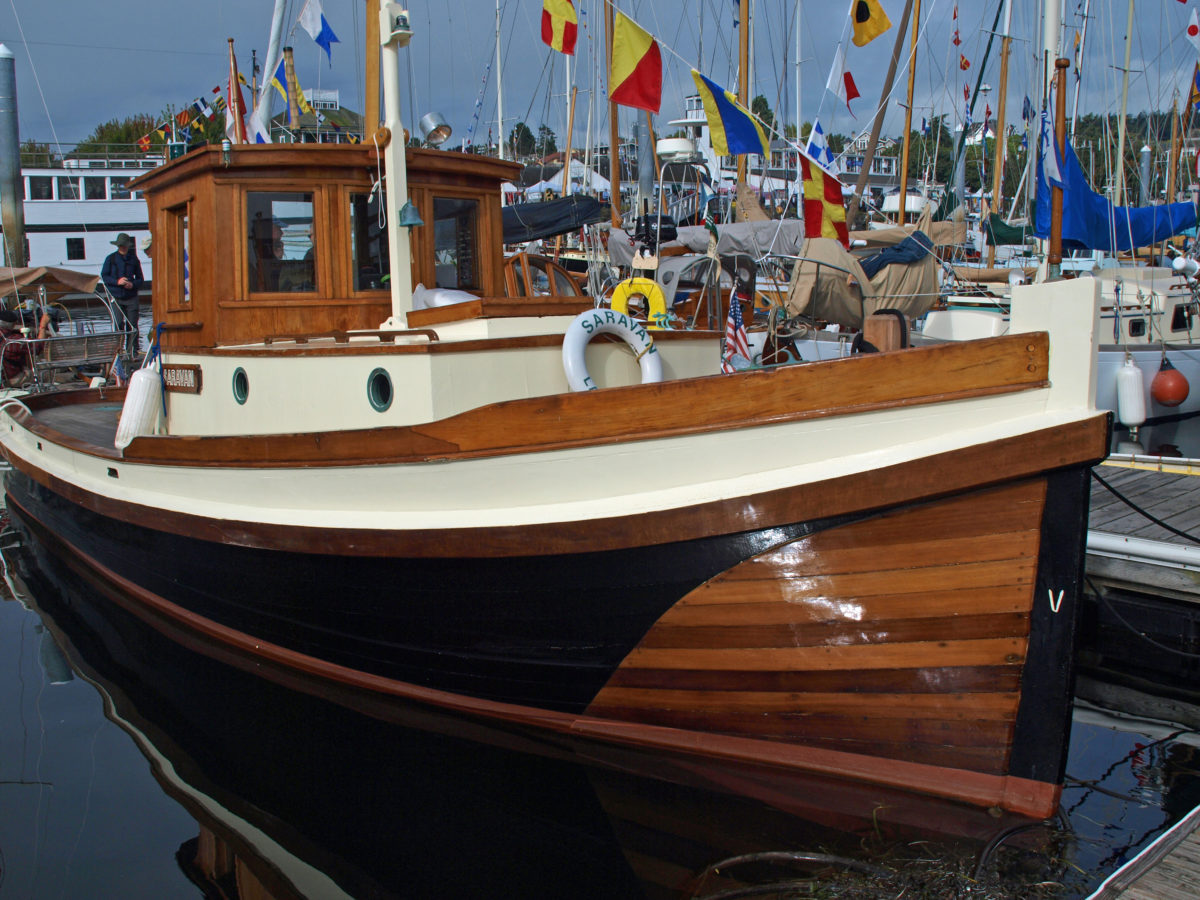
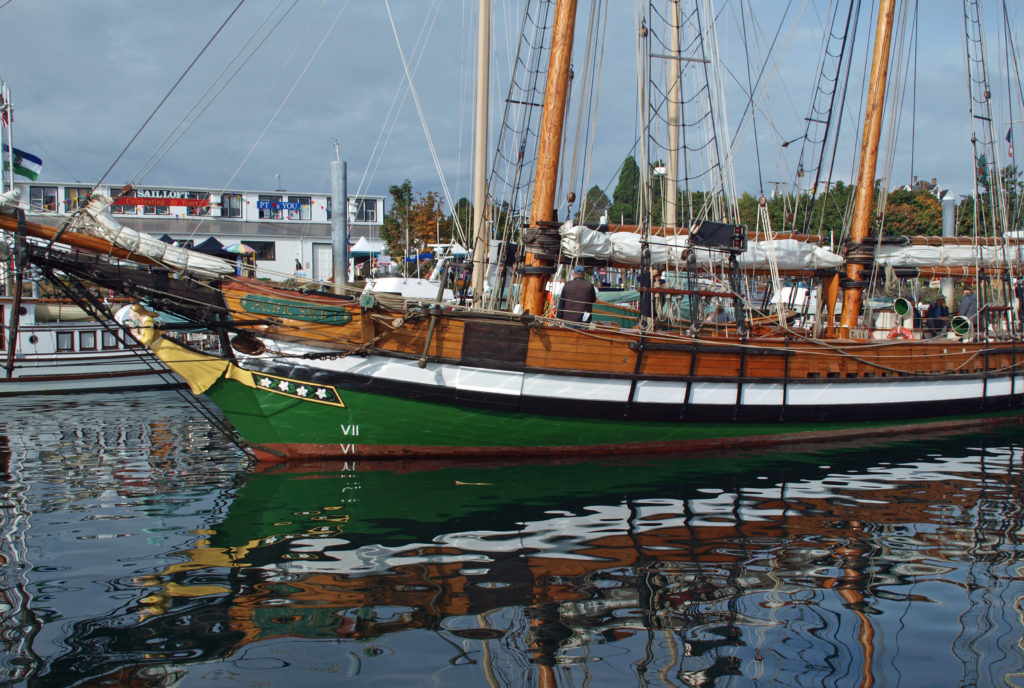 That year, I decided to attend the festival only a month or so before it started, so most of the accommodations in
That year, I decided to attend the festival only a month or so before it started, so most of the accommodations in 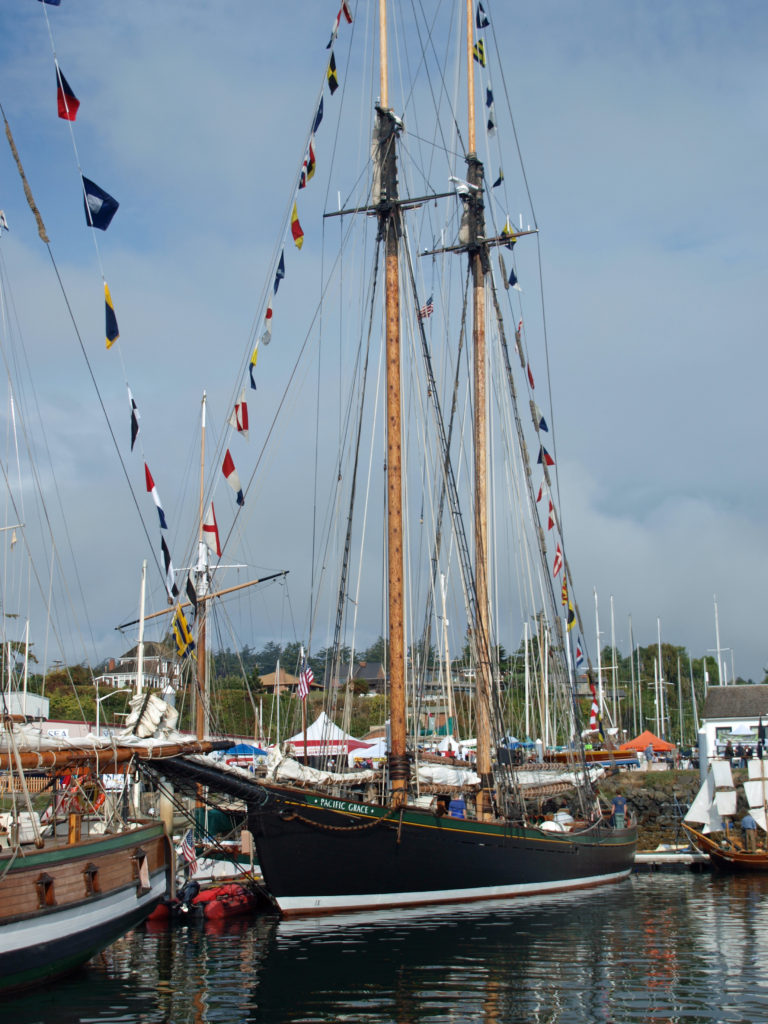 I found the Wooden Boat Festival to be as amazing an event as I had imagined, and maybe then some. It was quite a treat to see so many beautiful boats in one place. There were more than 300 boats featured at the 2018 show. Many of the owners welcomed guests aboard their boats and all were happy to talk about their boats and answer any questions.
I found the Wooden Boat Festival to be as amazing an event as I had imagined, and maybe then some. It was quite a treat to see so many beautiful boats in one place. There were more than 300 boats featured at the 2018 show. Many of the owners welcomed guests aboard their boats and all were happy to talk about their boats and answer any questions.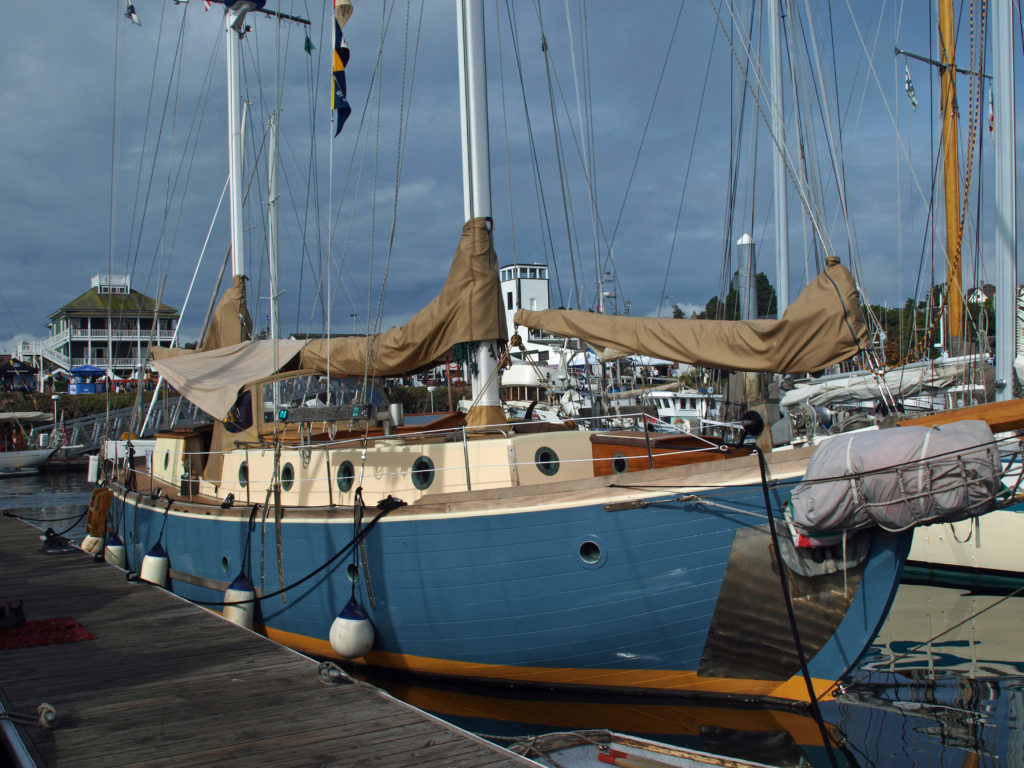 There were sailing, paddling, and rowing races, panel discussions, music, food and drink, films, and dozens of classes on boat designing and building, boat maintenance, sailing, navigation, living aboard, and much more. You could sail on one of several tall ships, try your hand at paddle boarding, or crew on a replica of one of Captain George Vancouver’s longboats from 1792. There was also a boat building competition in which teams endeavored to build boats from scratch in three days. And there were lots of activities for kids.
There were sailing, paddling, and rowing races, panel discussions, music, food and drink, films, and dozens of classes on boat designing and building, boat maintenance, sailing, navigation, living aboard, and much more. You could sail on one of several tall ships, try your hand at paddle boarding, or crew on a replica of one of Captain George Vancouver’s longboats from 1792. There was also a boat building competition in which teams endeavored to build boats from scratch in three days. And there were lots of activities for kids.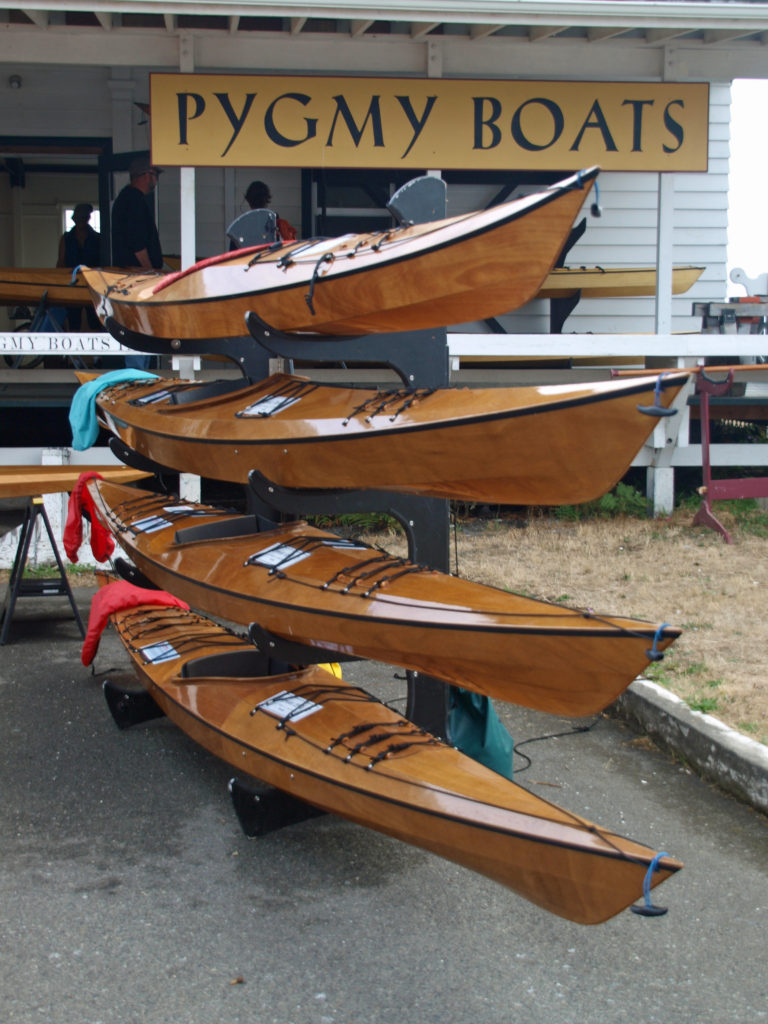 One of the highlights for me was being able to talk to some of the many boat builders at the festival, and seeing some of the boats that they’ve built. Casey Wilkerson of
One of the highlights for me was being able to talk to some of the many boat builders at the festival, and seeing some of the boats that they’ve built. Casey Wilkerson of 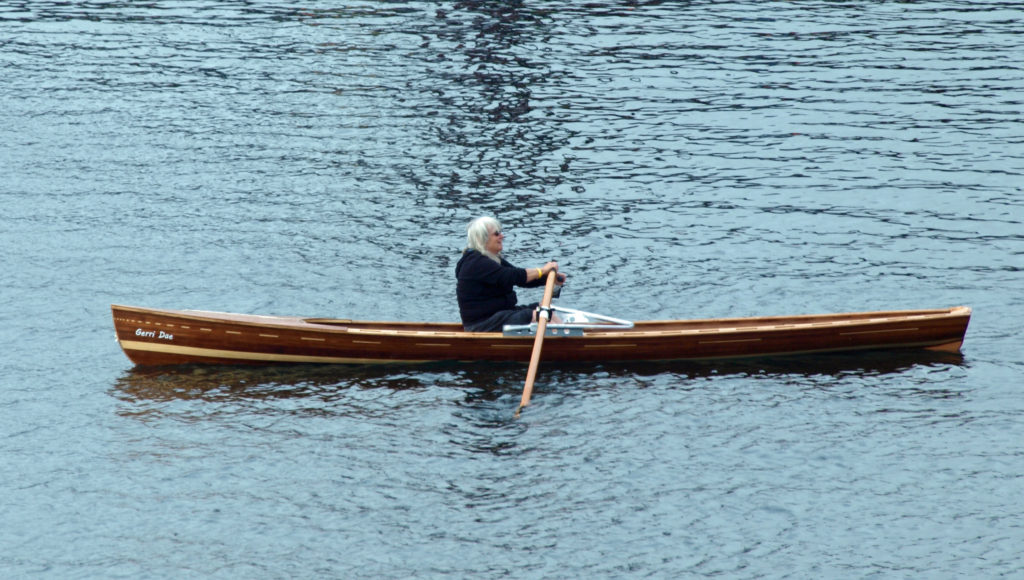
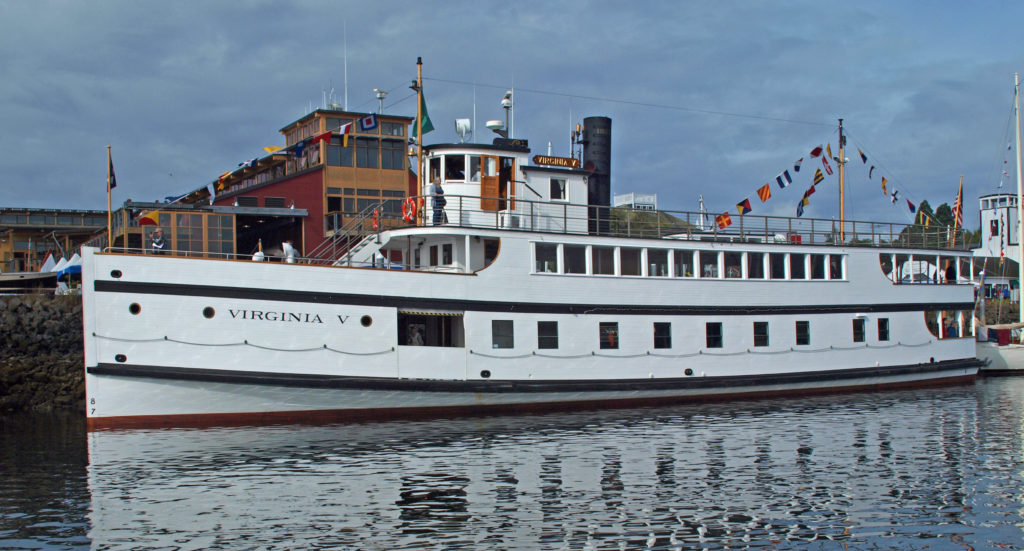 All in all, there was far too much to see and do in a single day. I haven’t been back since the 2018 festival, but I’m hoping to attend the 2023 festival, to be held September 8-10. This time I’ll plan a little farther ahead, stay in Port Townsend, and take in the entire three days of the festival. And by the way, even if you’re not a wooden boat fan, Port Townsend is a pretty cool town, well worth a visit any time of the year.
All in all, there was far too much to see and do in a single day. I haven’t been back since the 2018 festival, but I’m hoping to attend the 2023 festival, to be held September 8-10. This time I’ll plan a little farther ahead, stay in Port Townsend, and take in the entire three days of the festival. And by the way, even if you’re not a wooden boat fan, Port Townsend is a pretty cool town, well worth a visit any time of the year. For more information about the festival, check out the festival’s
For more information about the festival, check out the festival’s 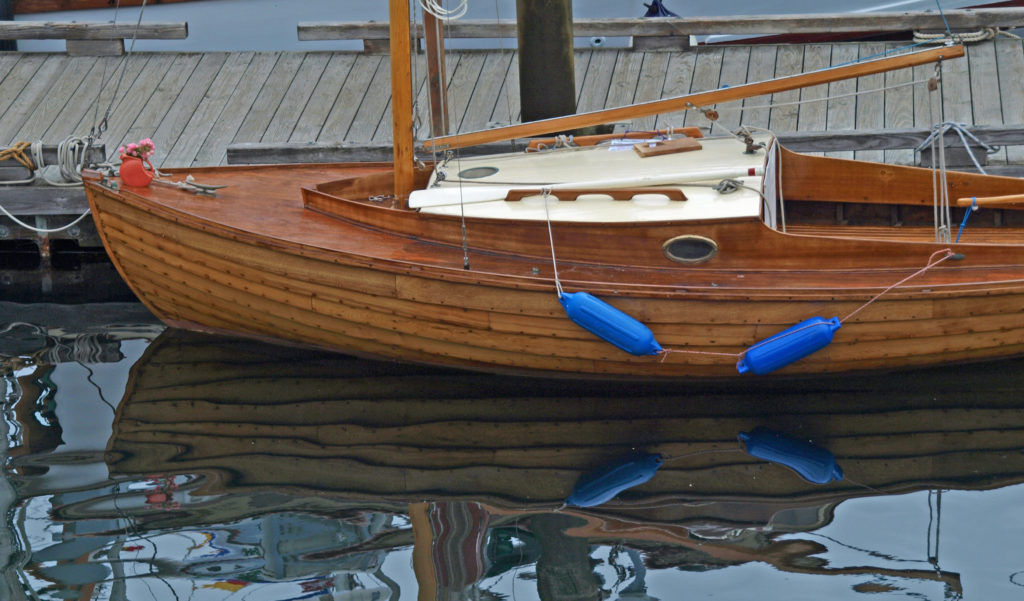 Originally posted September 13, 2018. Edited and re-posted September 20, 2022.
Originally posted September 13, 2018. Edited and re-posted September 20, 2022.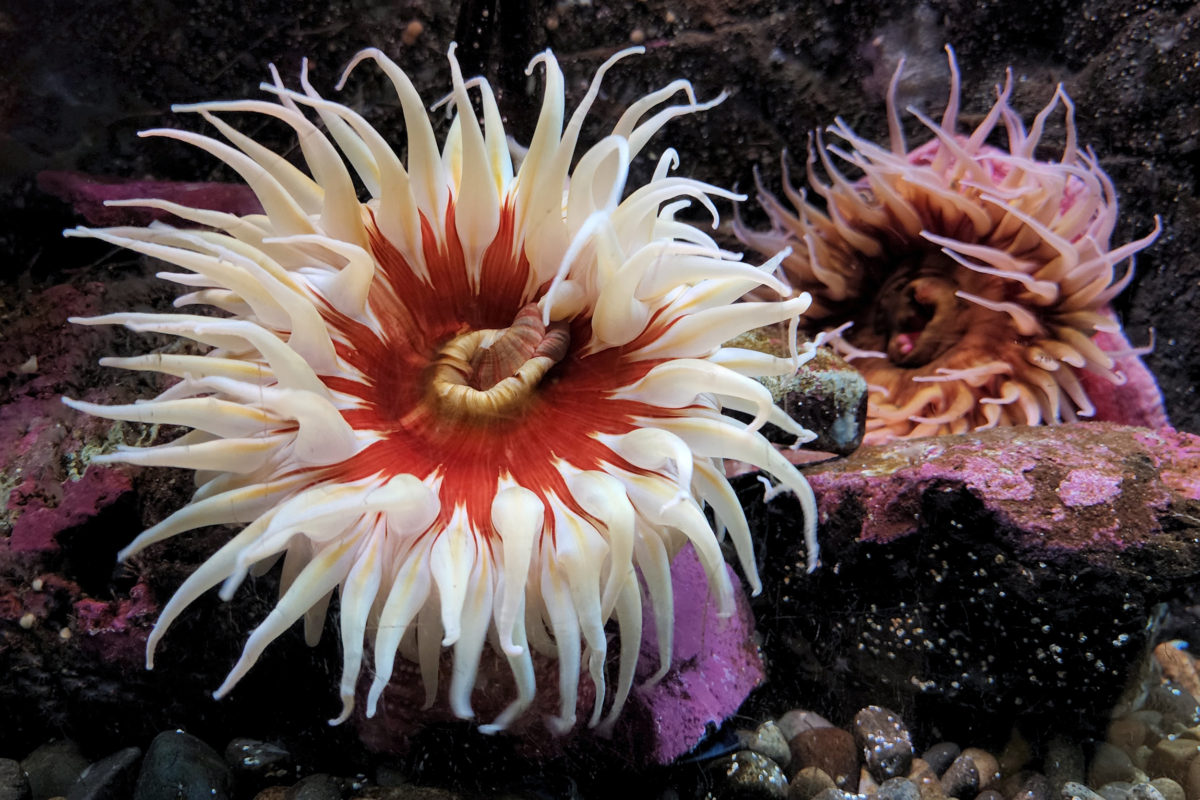

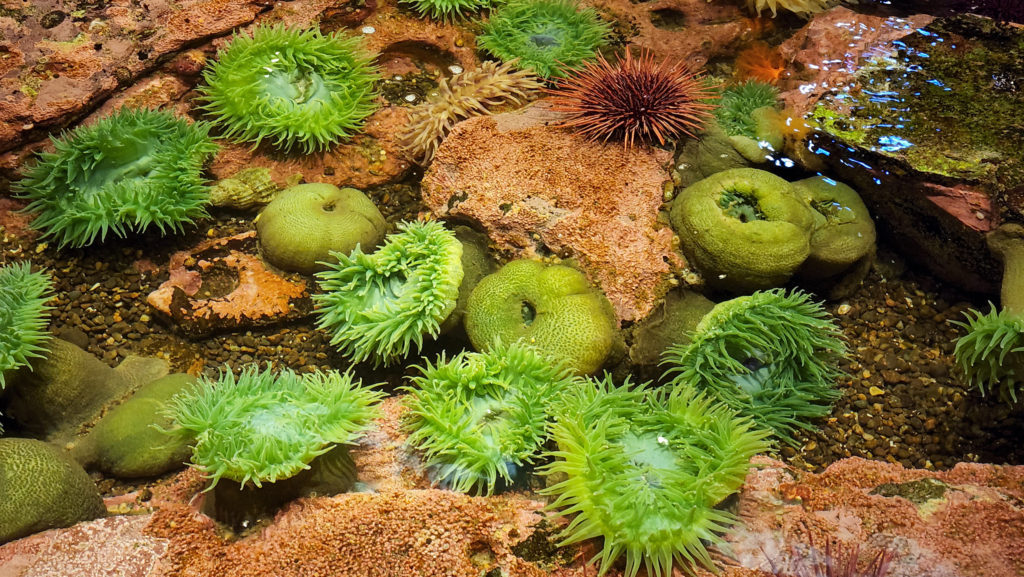

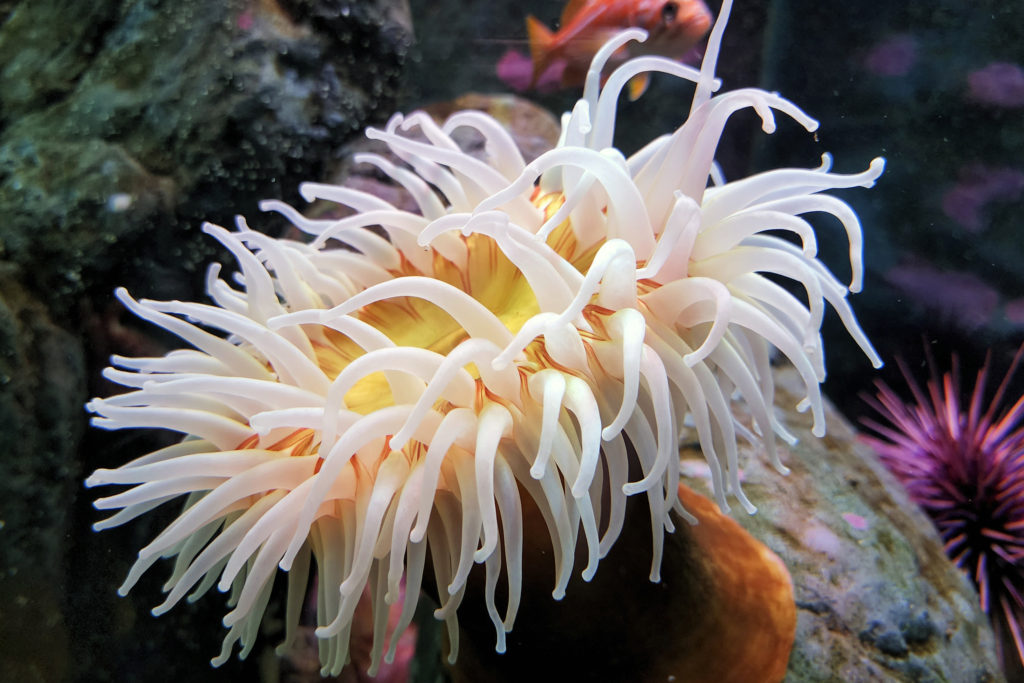
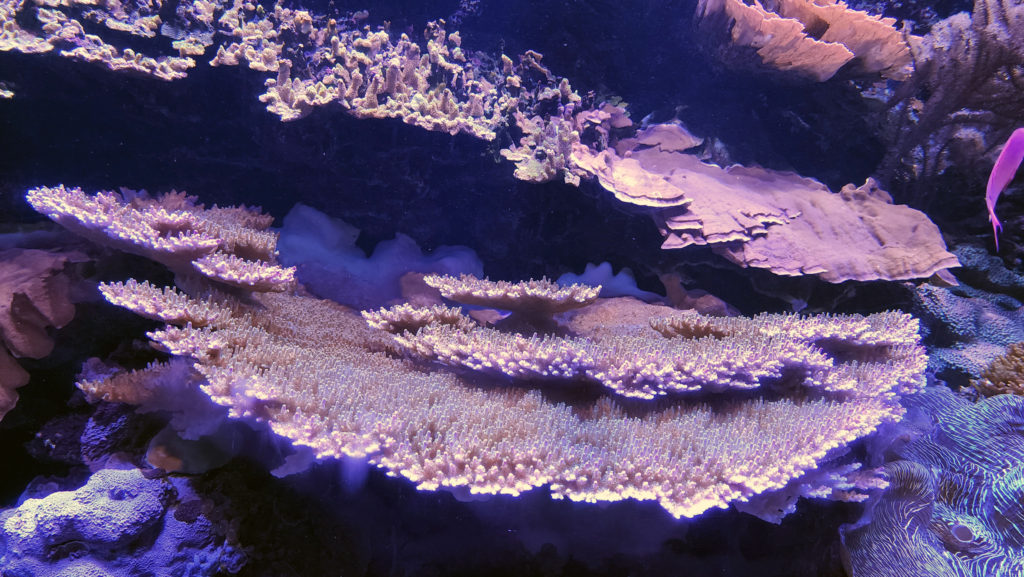

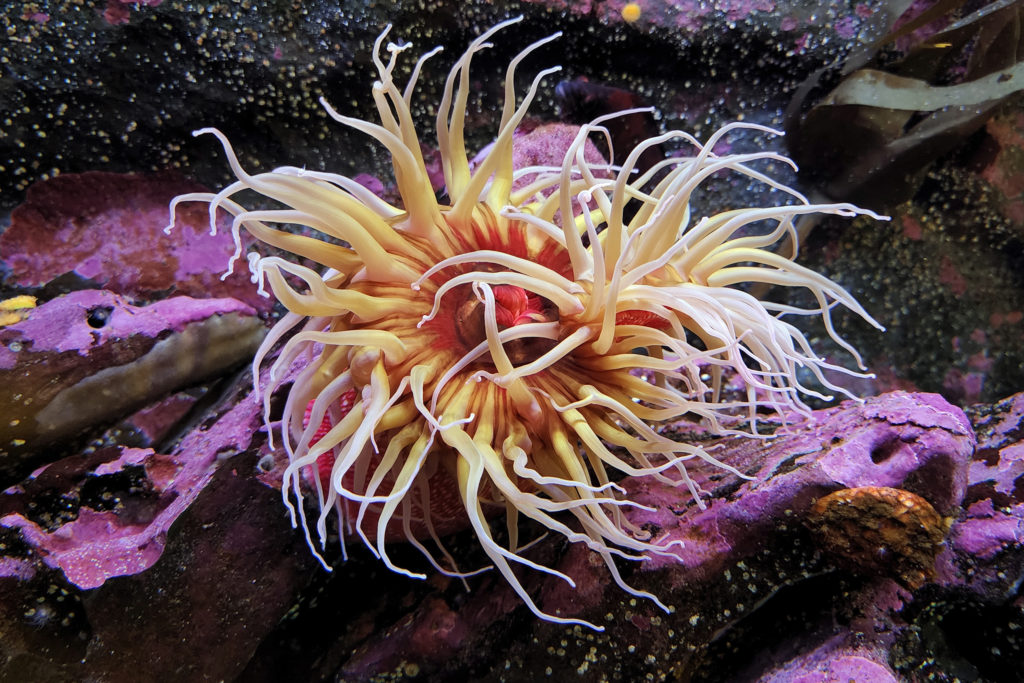

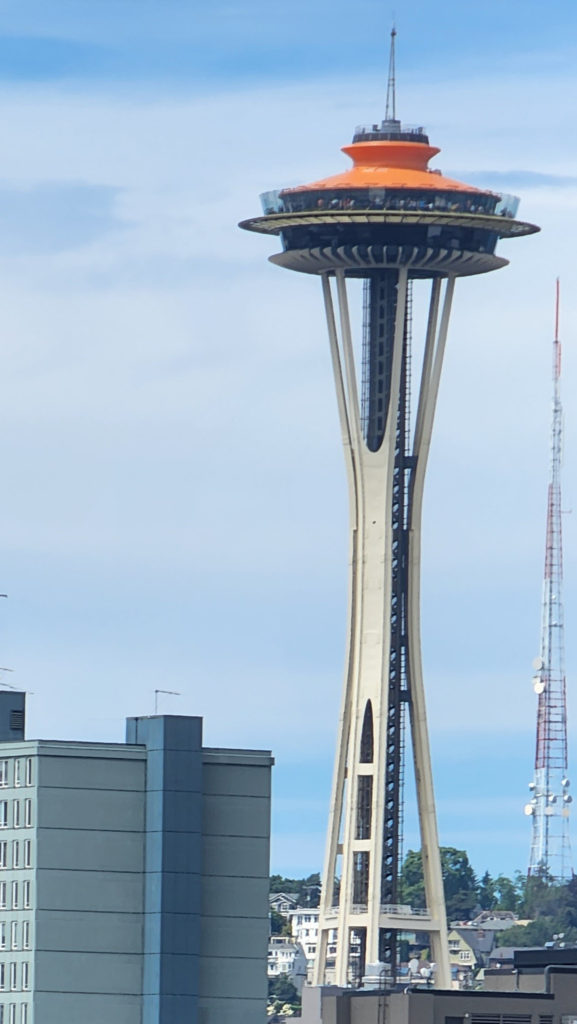 My wife and I spent the recent Fourth of July weekend exploring Seattle and vicinity with my step-daughter and her family. The grandkids had a great time at the aquarium, riding the Great Wheel and the Monorail, and seeing the sights from the top of the Space Needle. Seattle is truly a great place for the whole family. And the environment surrounding Seattle, both terrestrial and marine, is beautiful and often awe inspiring. Look for an upcoming post on this site on the Snoqualmie Valley, just a short drive east of Seattle. The abundance of close at hand natural areas perfectly balances the urban environment, making a visit to Seattle an even more attractive trip for everyone.
My wife and I spent the recent Fourth of July weekend exploring Seattle and vicinity with my step-daughter and her family. The grandkids had a great time at the aquarium, riding the Great Wheel and the Monorail, and seeing the sights from the top of the Space Needle. Seattle is truly a great place for the whole family. And the environment surrounding Seattle, both terrestrial and marine, is beautiful and often awe inspiring. Look for an upcoming post on this site on the Snoqualmie Valley, just a short drive east of Seattle. The abundance of close at hand natural areas perfectly balances the urban environment, making a visit to Seattle an even more attractive trip for everyone.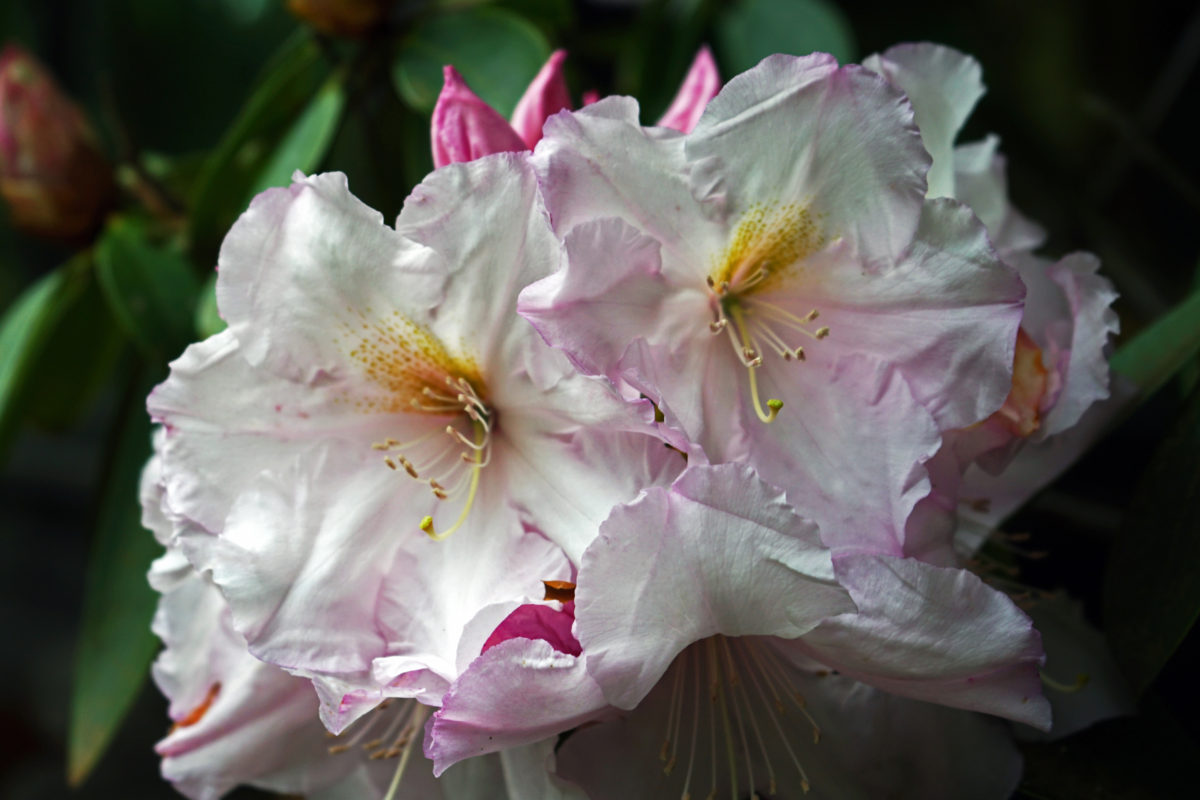
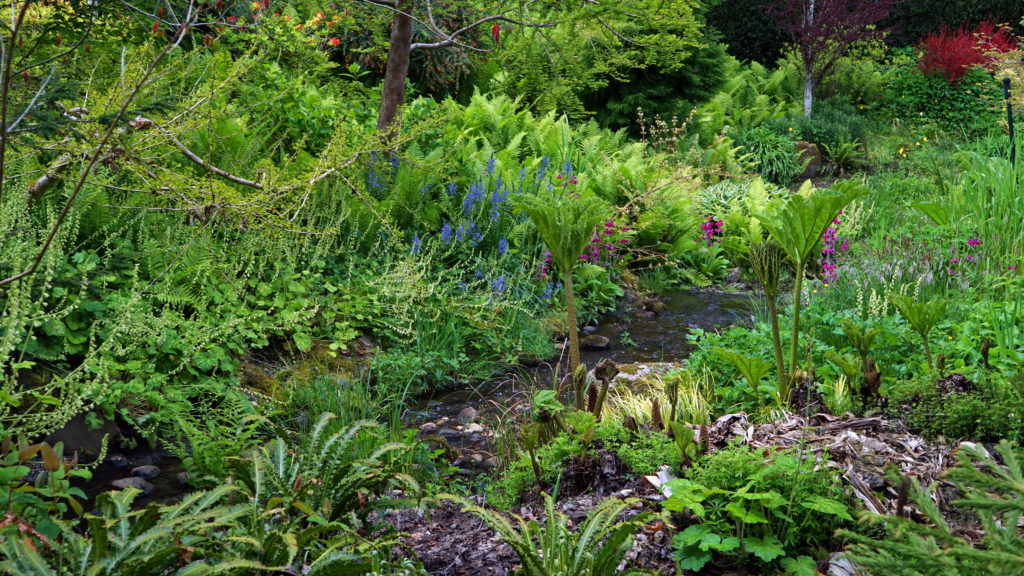
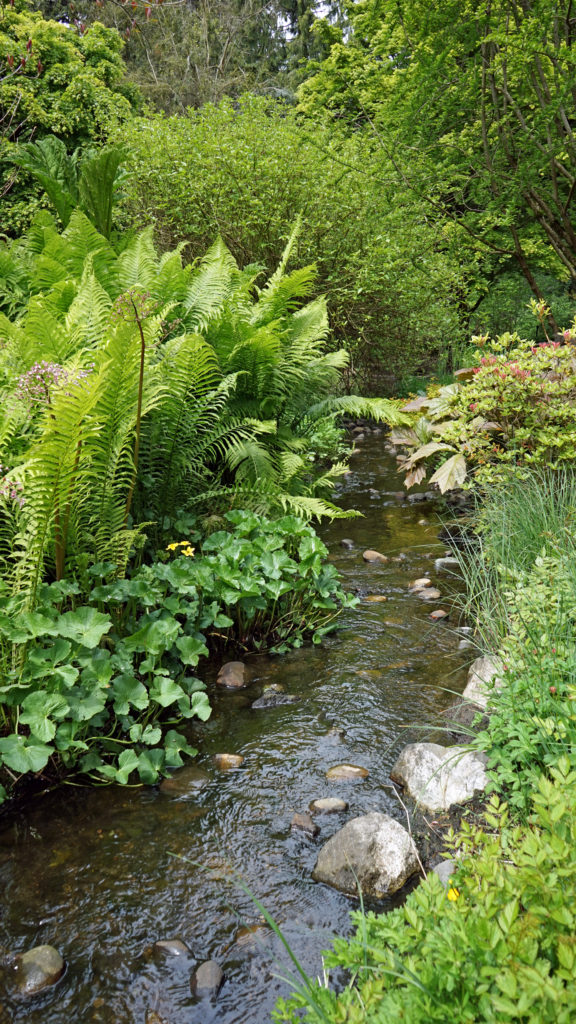
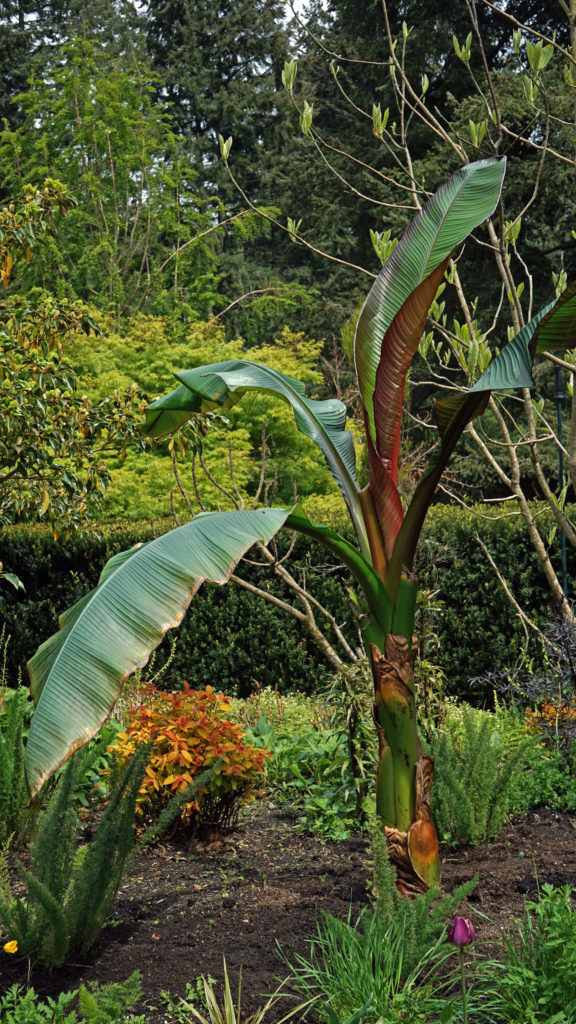
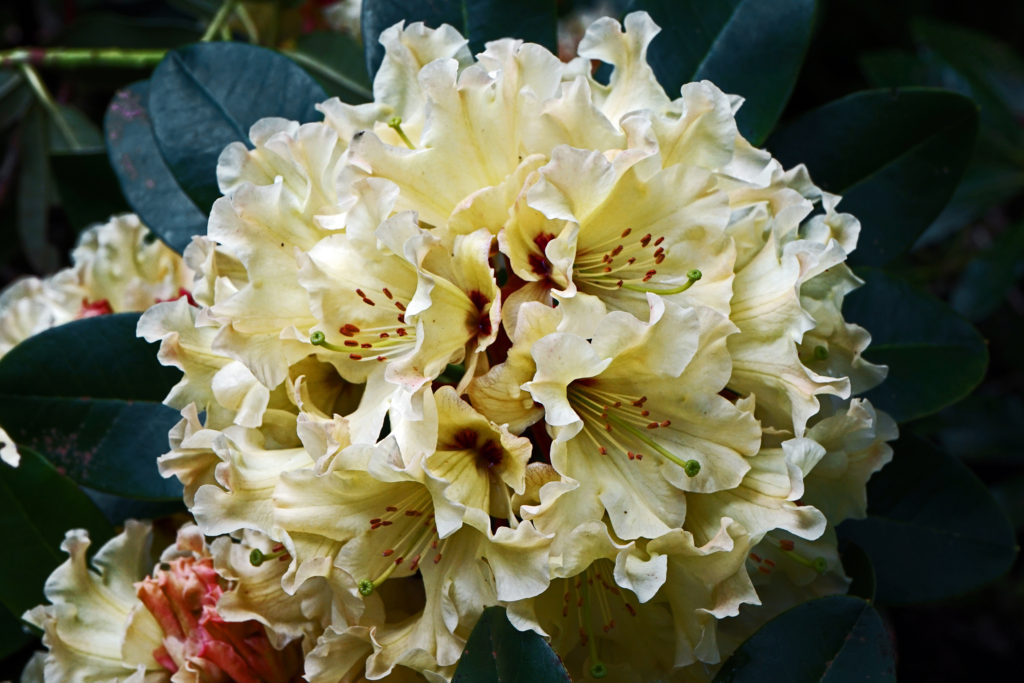
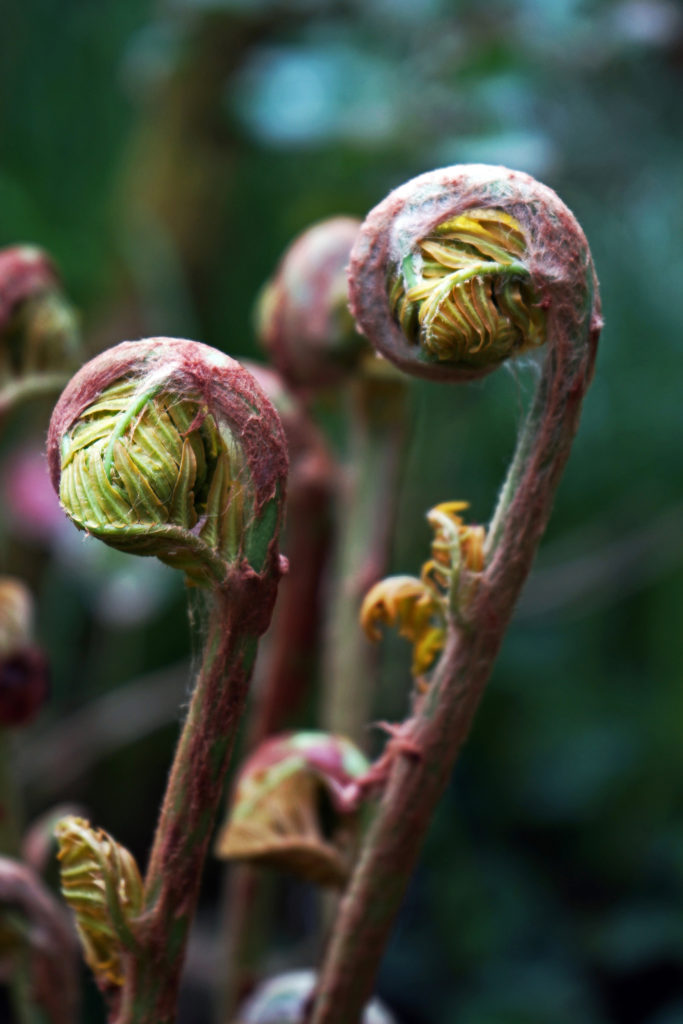
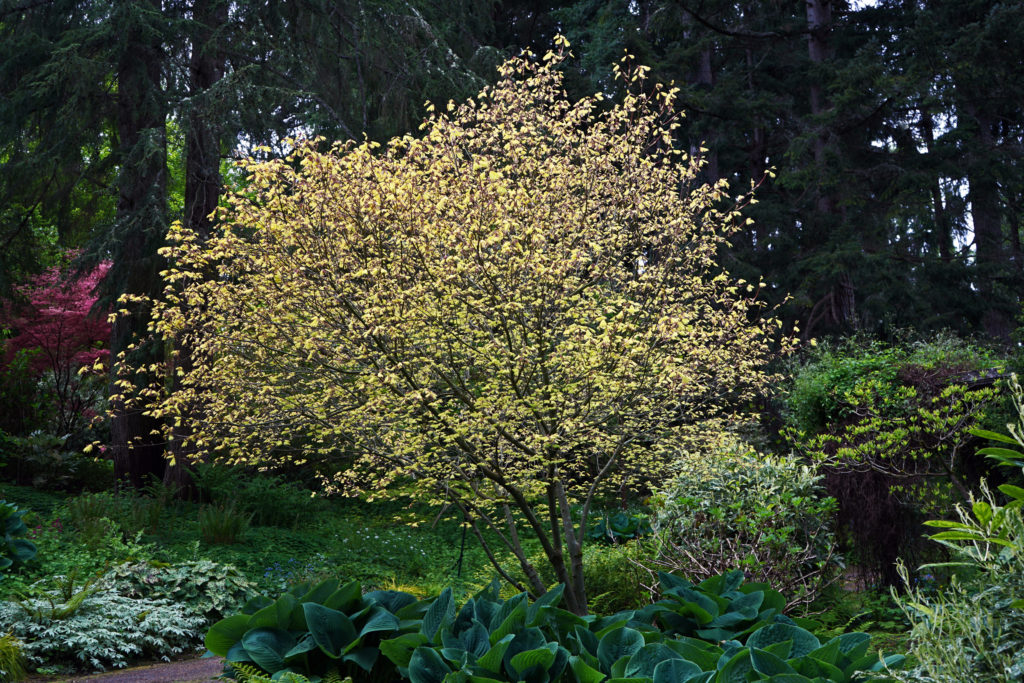
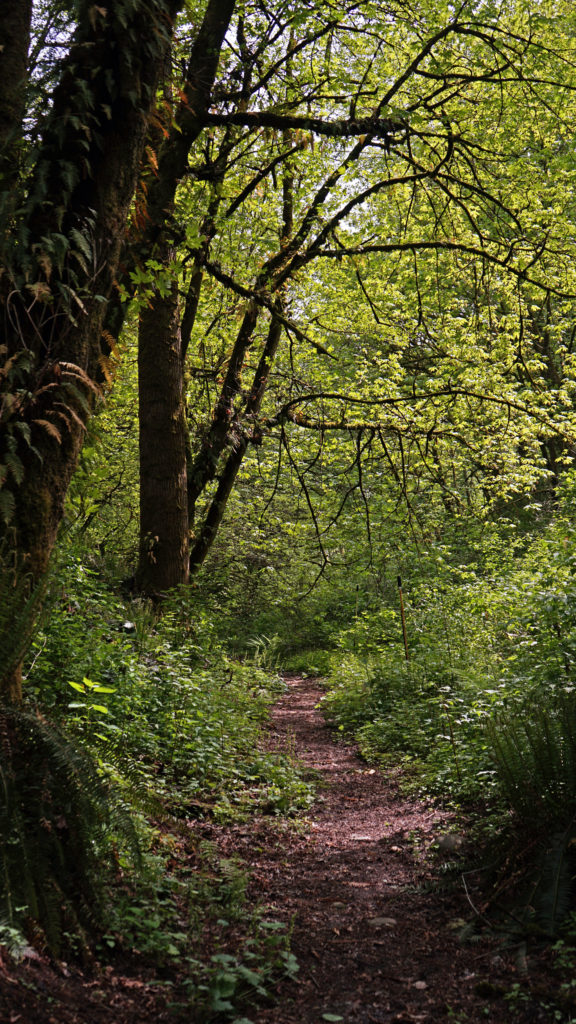
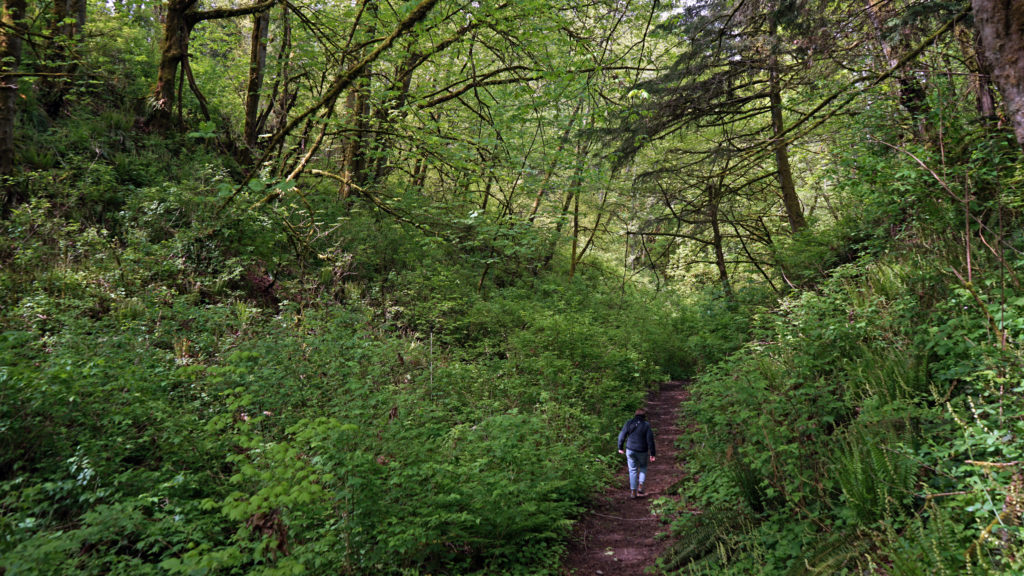 Powells Wood Garden is located at 430 S. Dash Point Road in Federal Way. The garden is open Tuesday through Saturday from 10am to 3pm. Admission is $7 per person (children 12 and under are free). Tickets can be purchased online on the Garden’s
Powells Wood Garden is located at 430 S. Dash Point Road in Federal Way. The garden is open Tuesday through Saturday from 10am to 3pm. Admission is $7 per person (children 12 and under are free). Tickets can be purchased online on the Garden’s 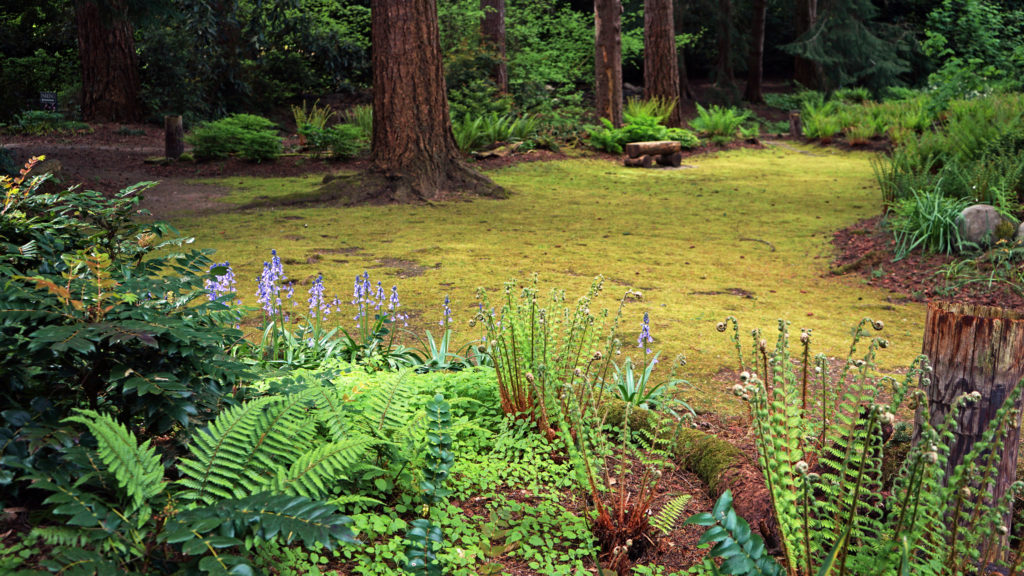
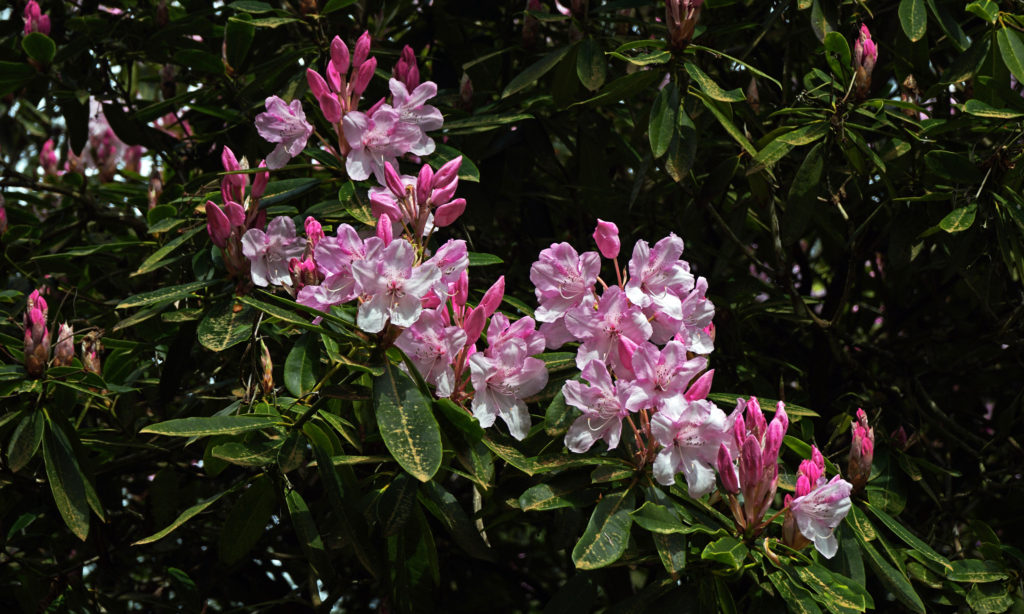 If you visit Powells Wood Garden, you might also want to stop in at
If you visit Powells Wood Garden, you might also want to stop in at 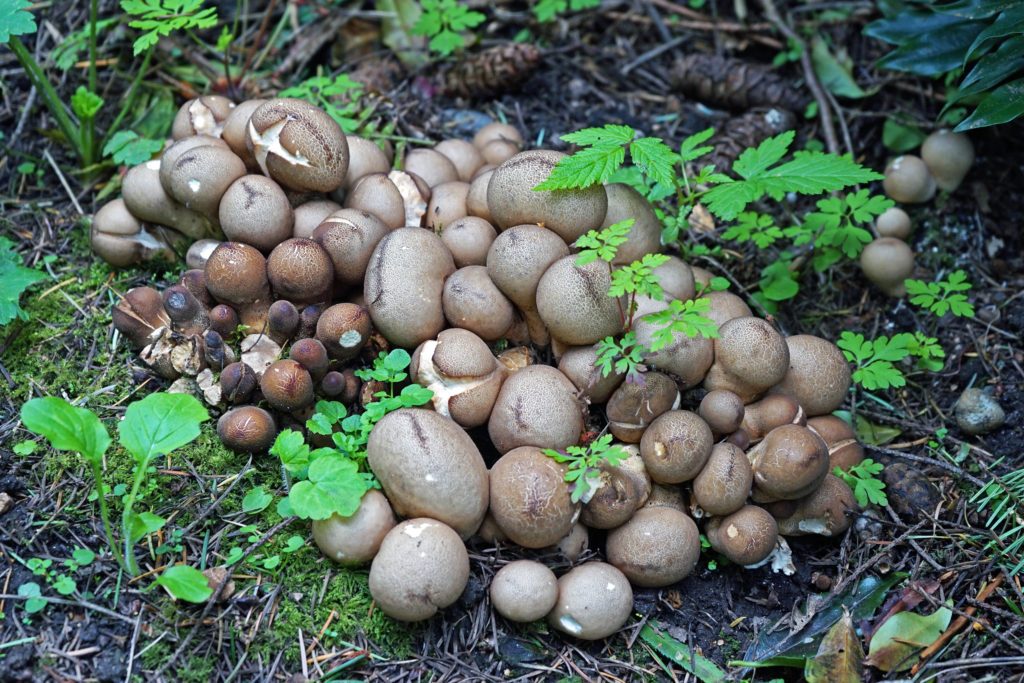
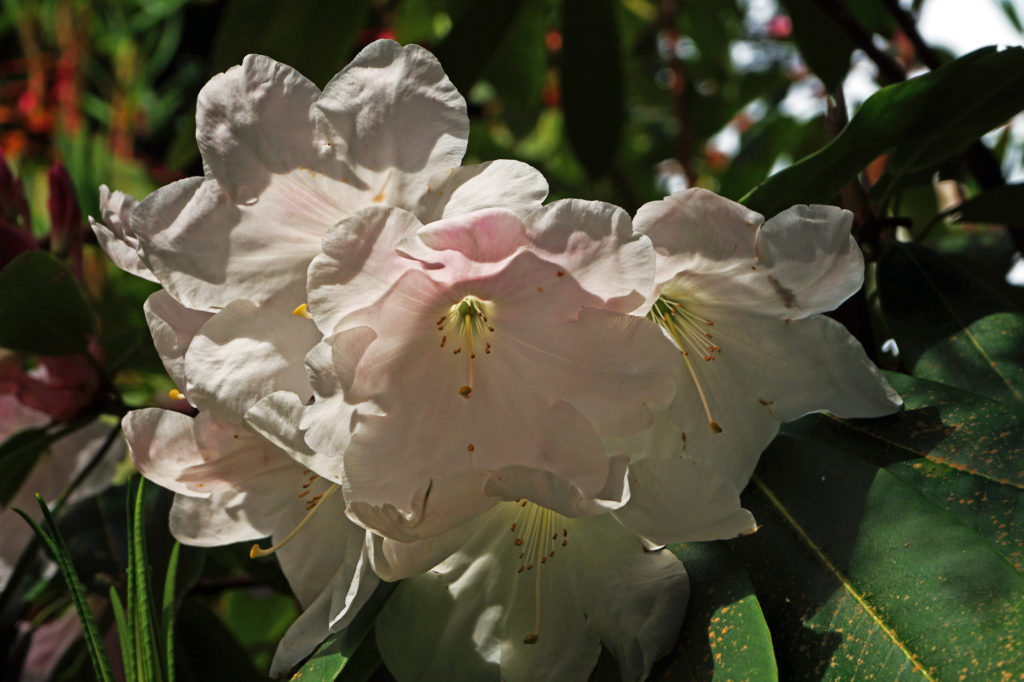 While Powells Wood Garden is probably not worth a trip to Tacoma on its own, the Tacoma area has a lot of other attractions, not the least of which are the Museum of Glass and the Tacoma Art Museum, both part of the
While Powells Wood Garden is probably not worth a trip to Tacoma on its own, the Tacoma area has a lot of other attractions, not the least of which are the Museum of Glass and the Tacoma Art Museum, both part of the 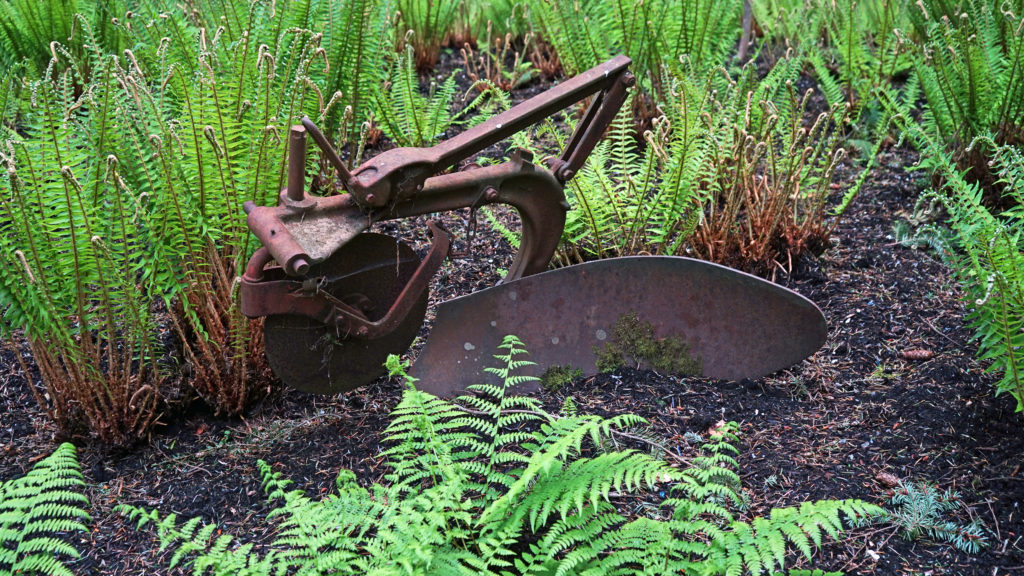
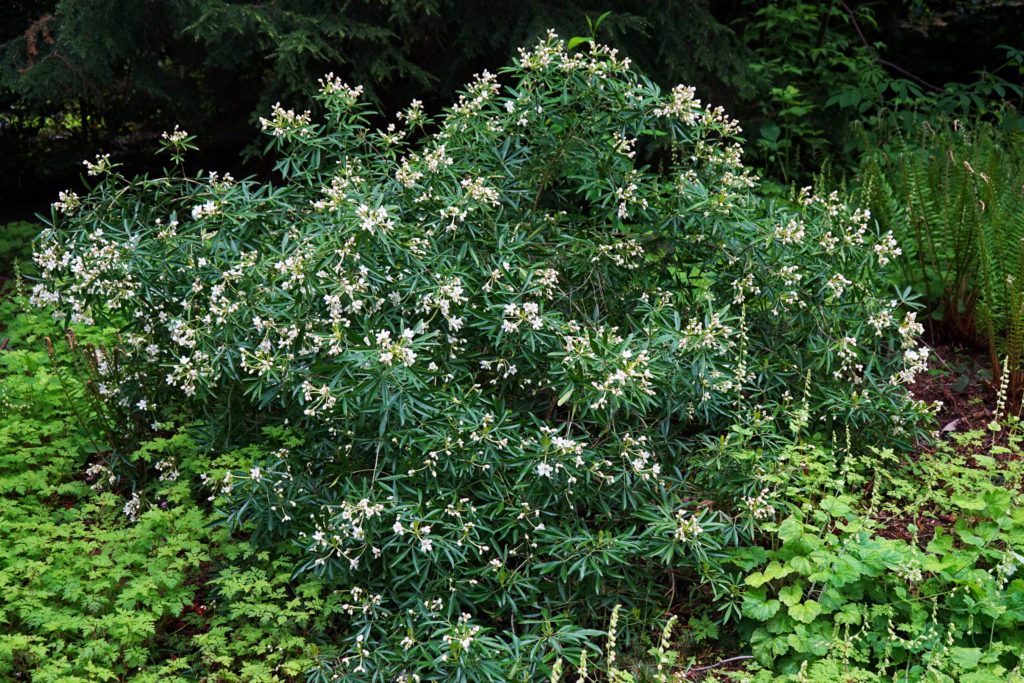
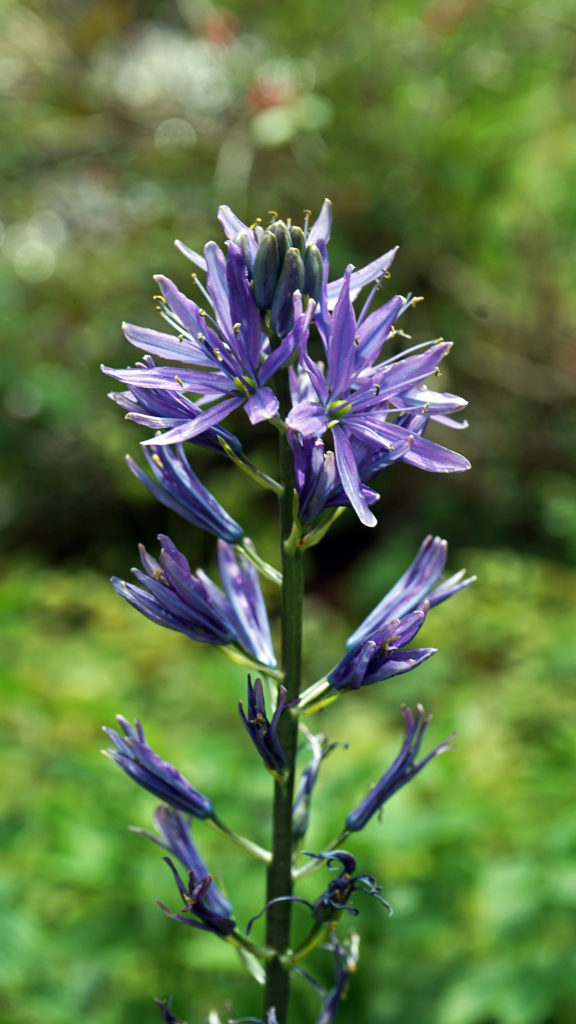
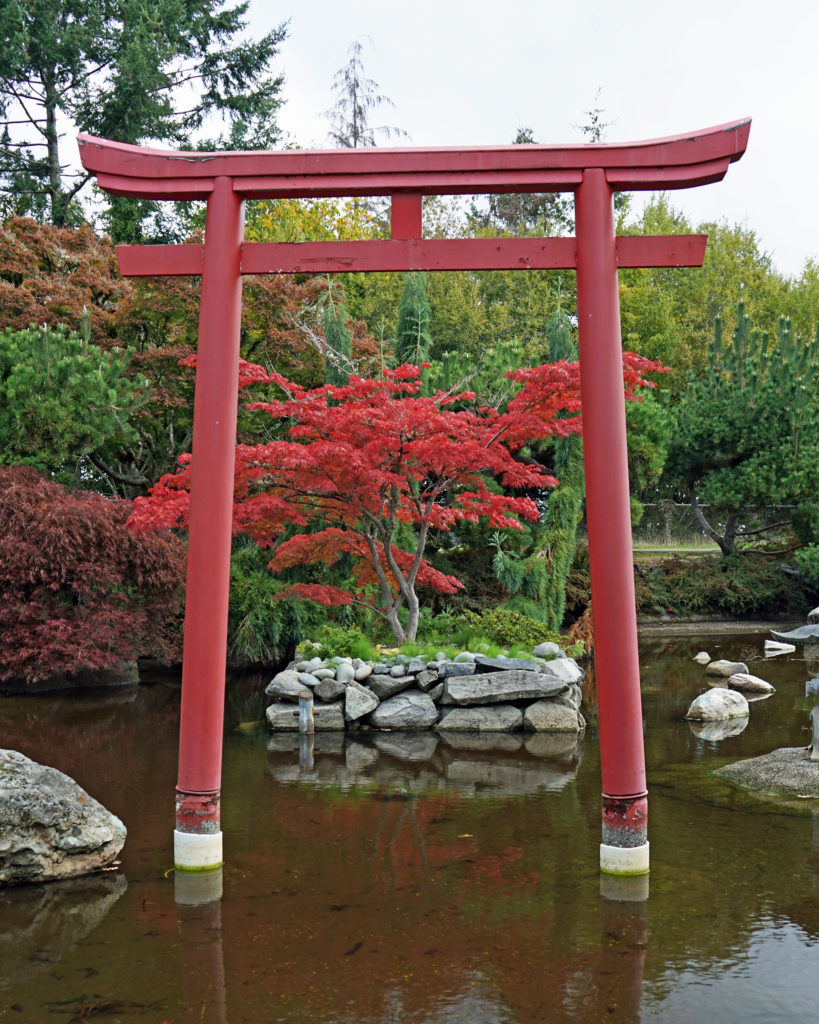 If you’ve never been to Point Defiance, check out the park’s
If you’ve never been to Point Defiance, check out the park’s 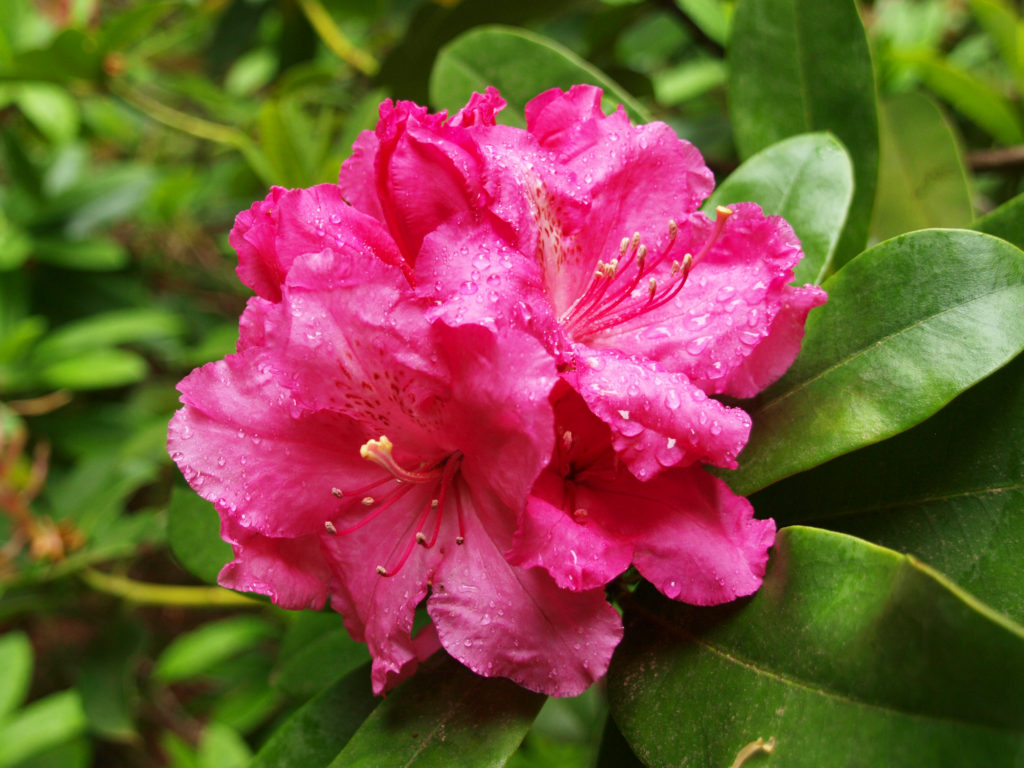
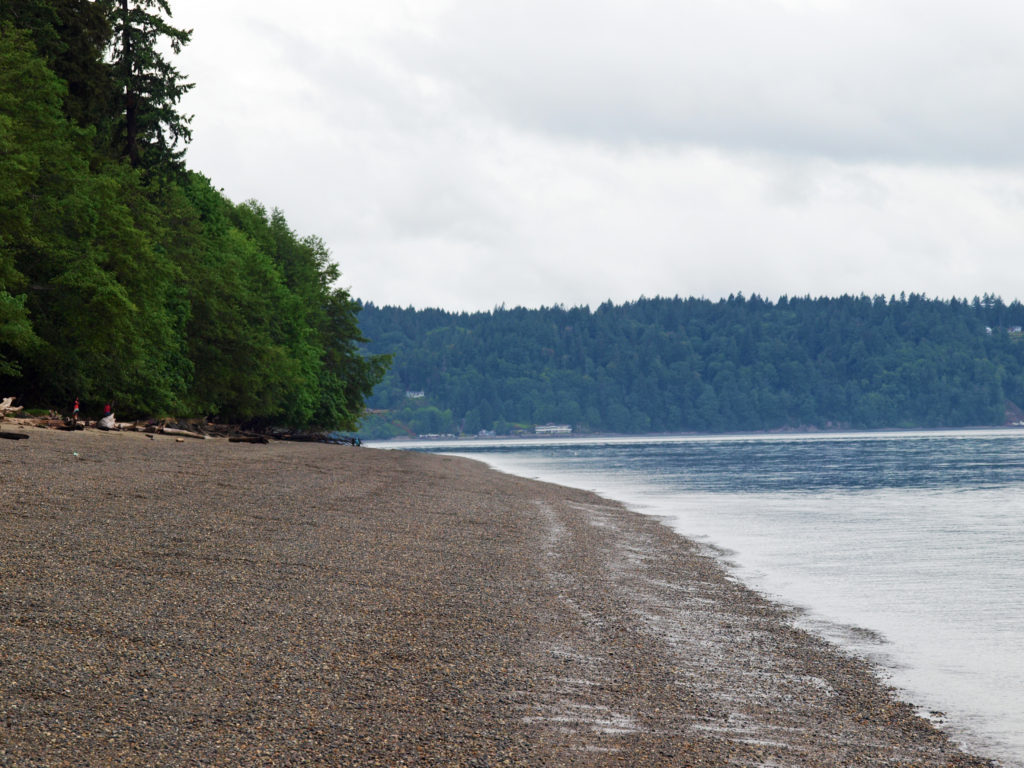
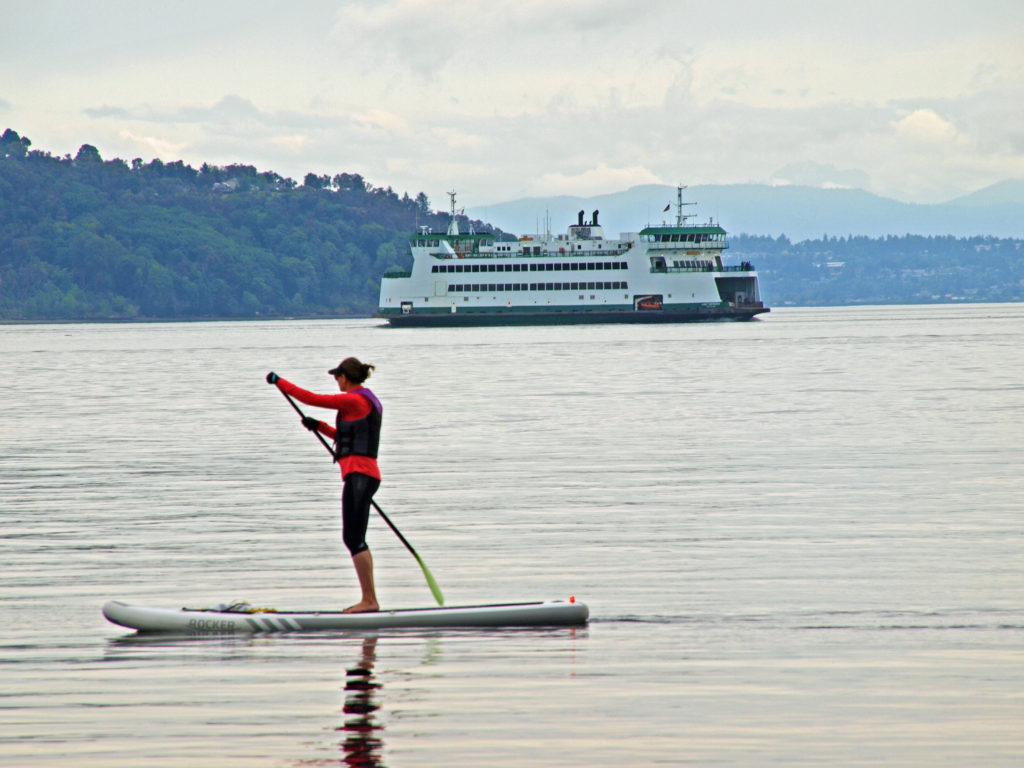 There is a wide, paved, ADA accessible path (the Promenade) connecting the beach with the marina area of the park and the Point Ruston Waterwalk, giving unhindered pedestrian and bicycle access to the park from the Tacoma waterfront. And a construction project completed in 2022 expanded the parking lot, created new entry and exit paths for pedestrians and cyclists separated from the vehicle roadway, a new beach pavilion, new restrooms, a new ADA accessible children’s playground, new ADA accessible plazas and pathways, and a renovated WPA-era picnic shelter.
There is a wide, paved, ADA accessible path (the Promenade) connecting the beach with the marina area of the park and the Point Ruston Waterwalk, giving unhindered pedestrian and bicycle access to the park from the Tacoma waterfront. And a construction project completed in 2022 expanded the parking lot, created new entry and exit paths for pedestrians and cyclists separated from the vehicle roadway, a new beach pavilion, new restrooms, a new ADA accessible children’s playground, new ADA accessible plazas and pathways, and a renovated WPA-era picnic shelter. The outer loop of the Five Mile Drive provides numerous waterfront access points with views across Dalco Passage to Vashon Island and across The Narrows to the
The outer loop of the Five Mile Drive provides numerous waterfront access points with views across Dalco Passage to Vashon Island and across The Narrows to the  The outer loop is closed to vehicular traffic part of the day to give cyclists, runners, and pedestrians access to the northern half of the park free from conflicts with motor vehicles. On our most recent visit it was closed after 2:00 pm, but on our previous visit it was, I believe, closed in the morning. Check the Point Defiance Park website (linked above) for the current schedule if you plan to visit the park.
The outer loop is closed to vehicular traffic part of the day to give cyclists, runners, and pedestrians access to the northern half of the park free from conflicts with motor vehicles. On our most recent visit it was closed after 2:00 pm, but on our previous visit it was, I believe, closed in the morning. Check the Point Defiance Park website (linked above) for the current schedule if you plan to visit the park.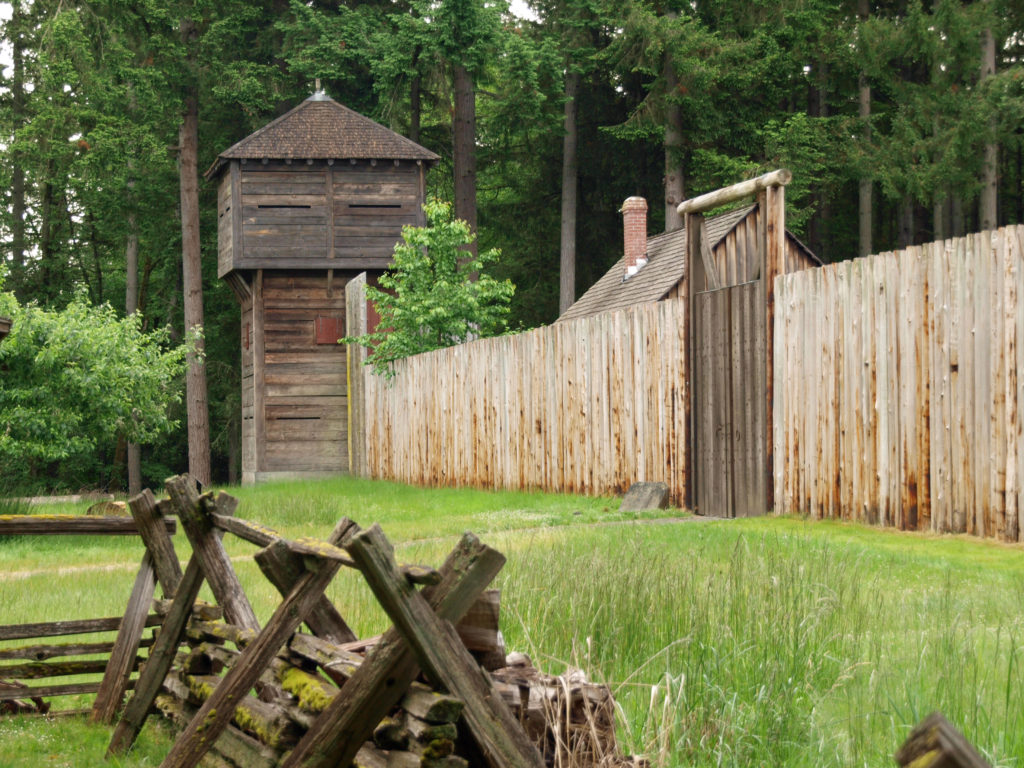
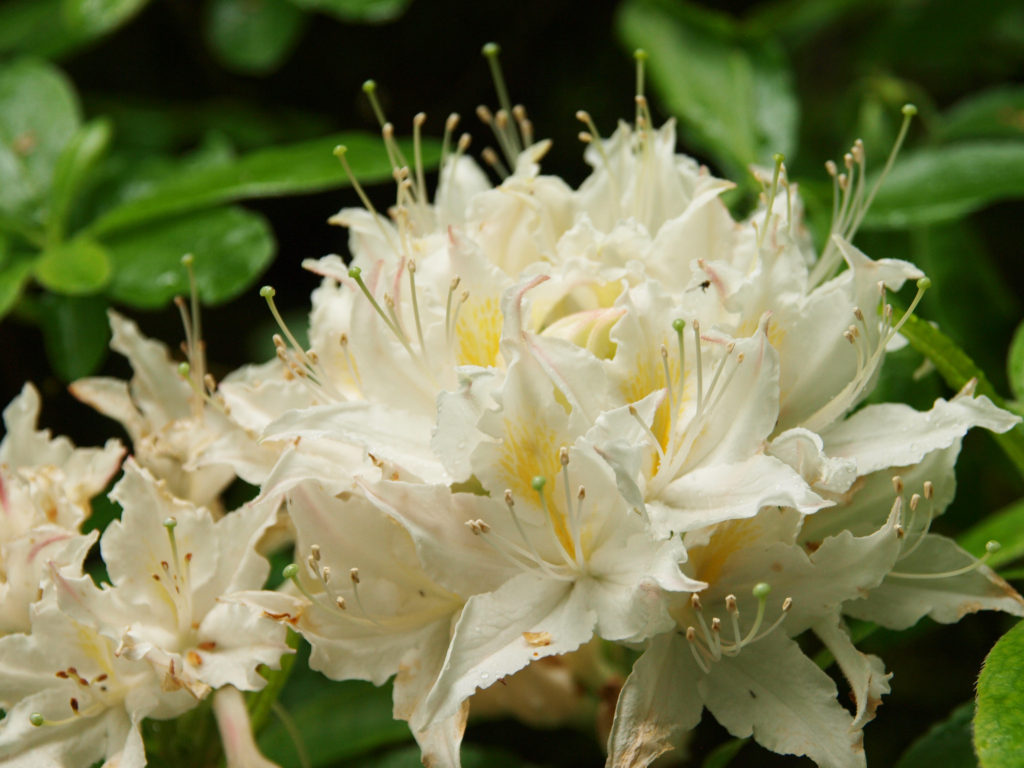

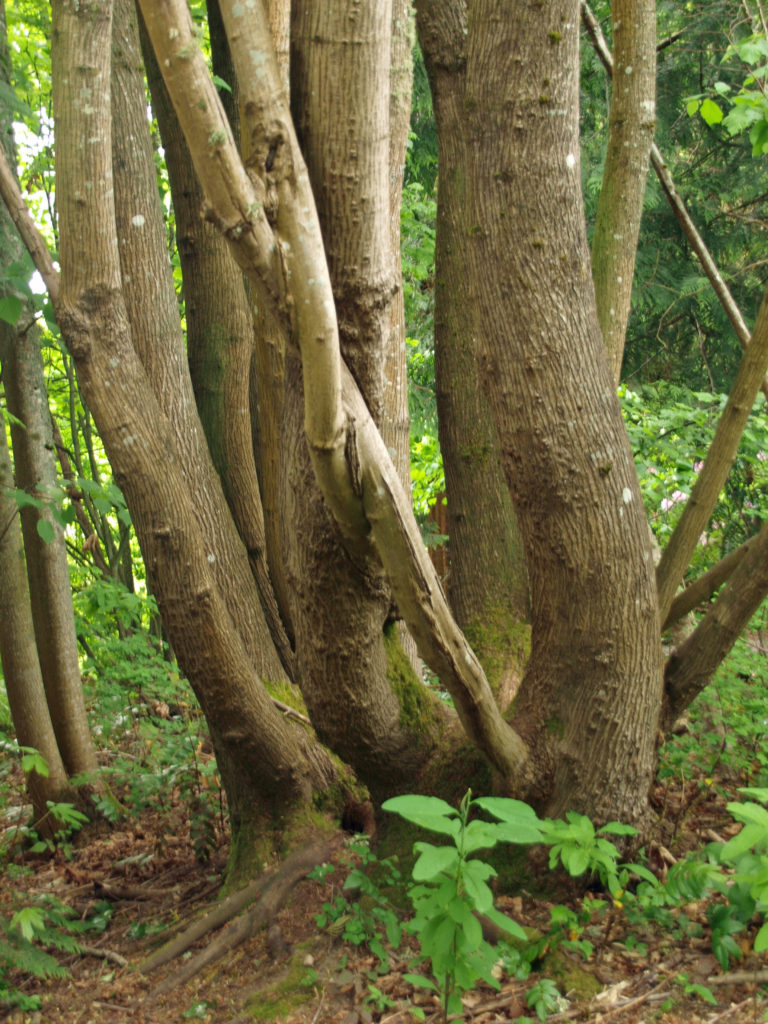
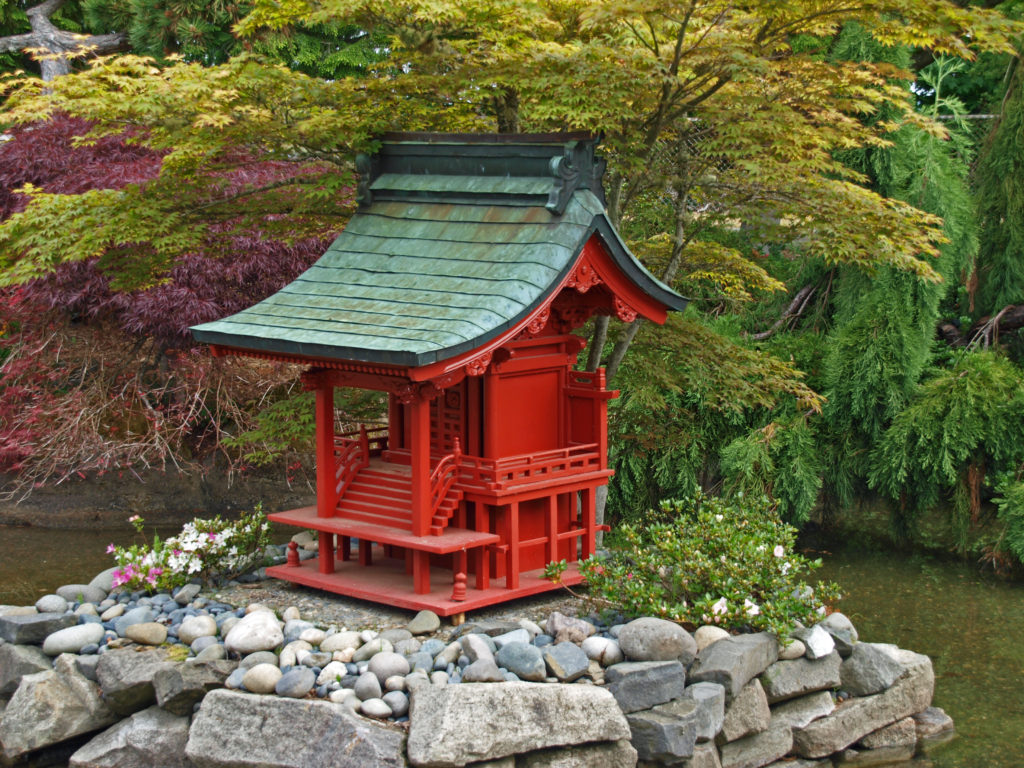
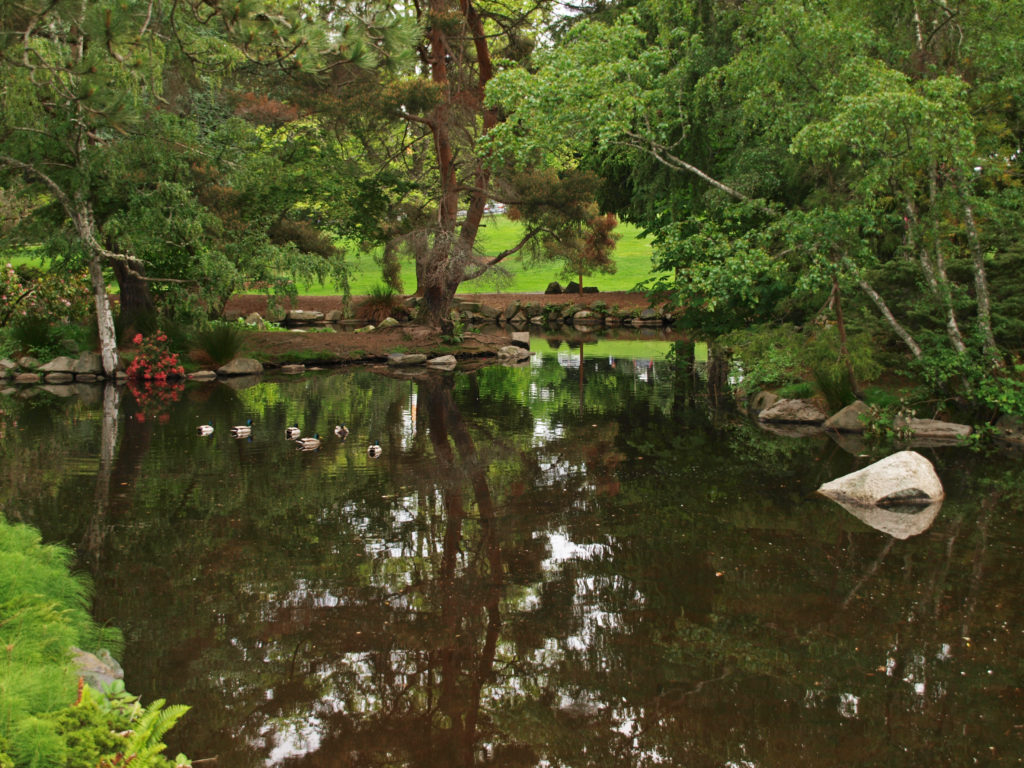 On both of our recent visits our final, and longest, stop was at the botanical gardens area near the entrance to the park. Here there is a large pond with a waterfall, an herb garden, a large rose garden, a dahlia garden, an iris garden, and a Japanese garden. We could easily have spent even more time here than we did on either visit. And if you visit the
On both of our recent visits our final, and longest, stop was at the botanical gardens area near the entrance to the park. Here there is a large pond with a waterfall, an herb garden, a large rose garden, a dahlia garden, an iris garden, and a Japanese garden. We could easily have spent even more time here than we did on either visit. And if you visit the 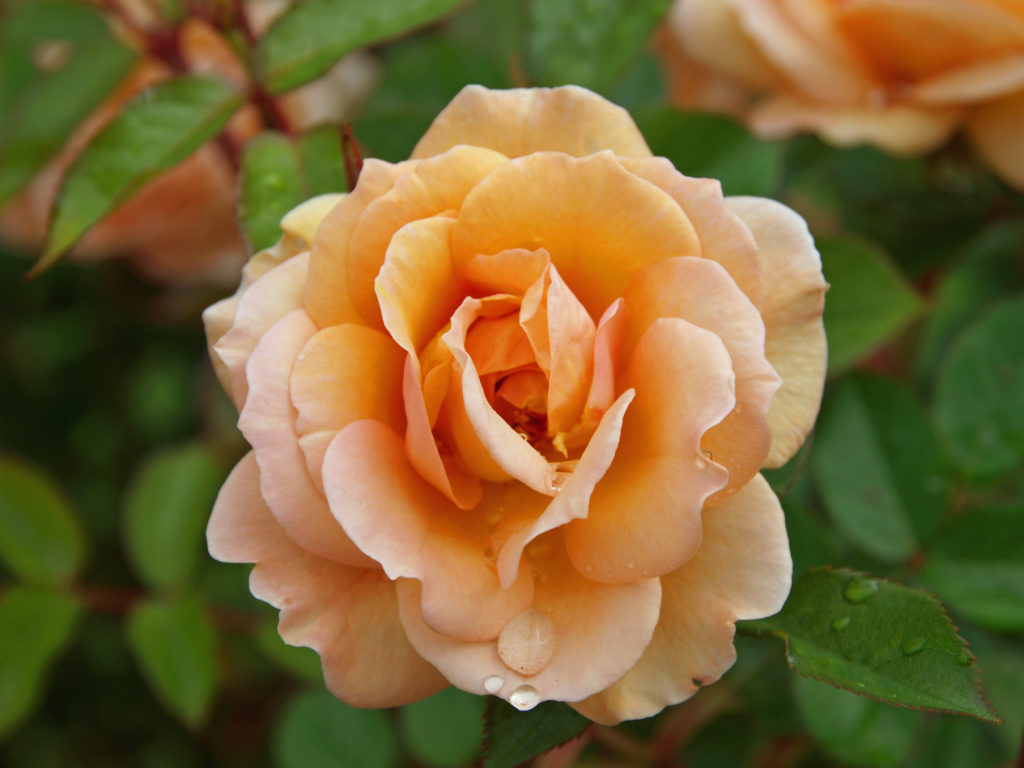 Point Defiance Park is one of the largest, and best, city parks in the Pacific Northwest. The park is similar in many ways to Vancouver, BC’s Stanley Park. Point Defiance is, without question, one of Tacoma’s top attractions.
Point Defiance Park is one of the largest, and best, city parks in the Pacific Northwest. The park is similar in many ways to Vancouver, BC’s Stanley Park. Point Defiance is, without question, one of Tacoma’s top attractions.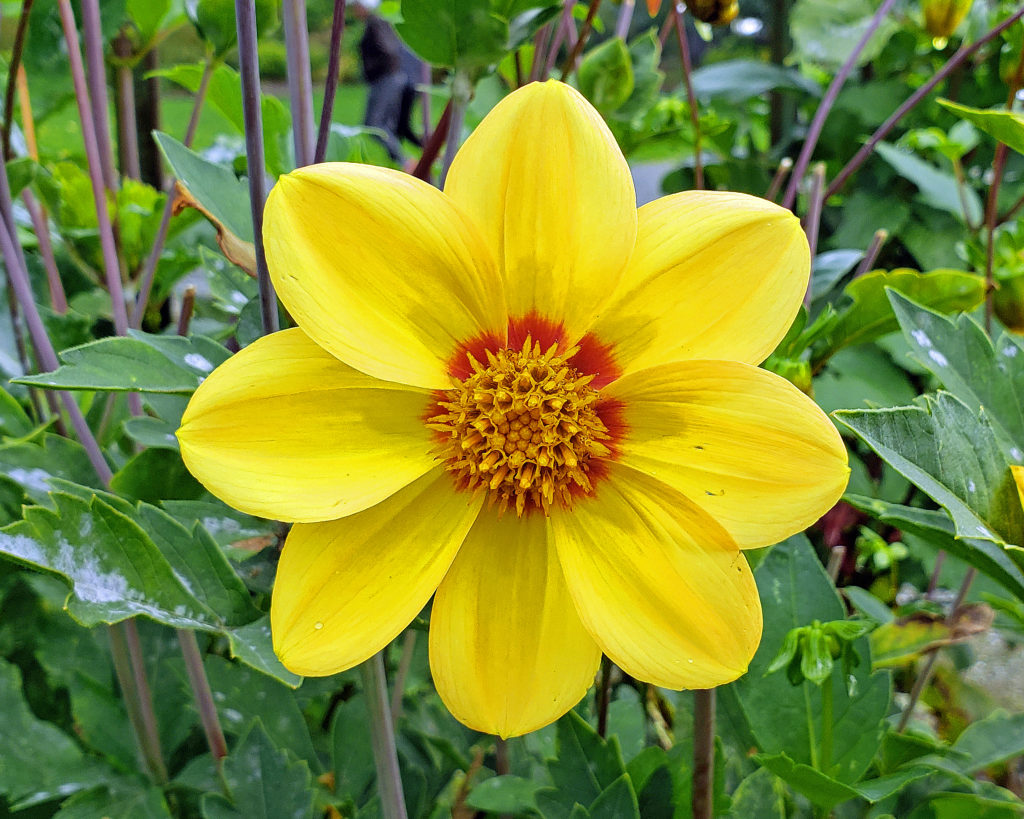 Originally posted May 19, 2019. Most recently updated February 18, 2025.
Originally posted May 19, 2019. Most recently updated February 18, 2025.